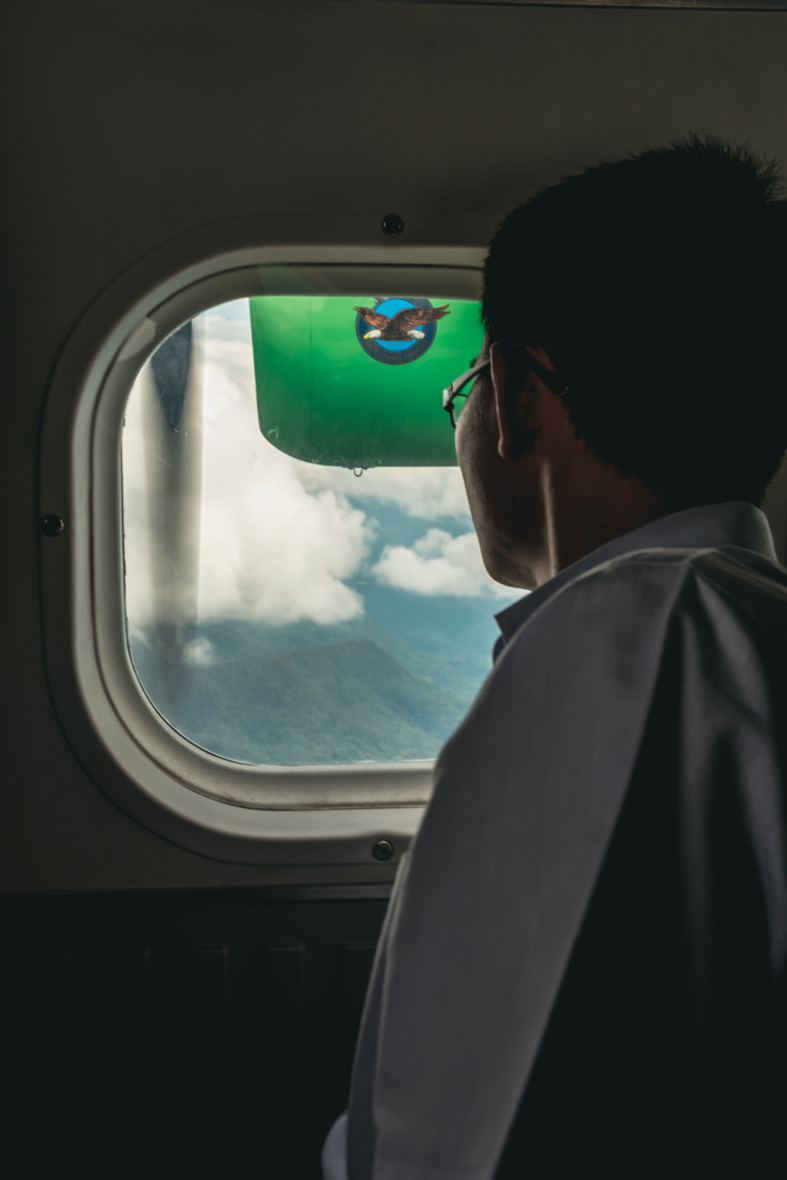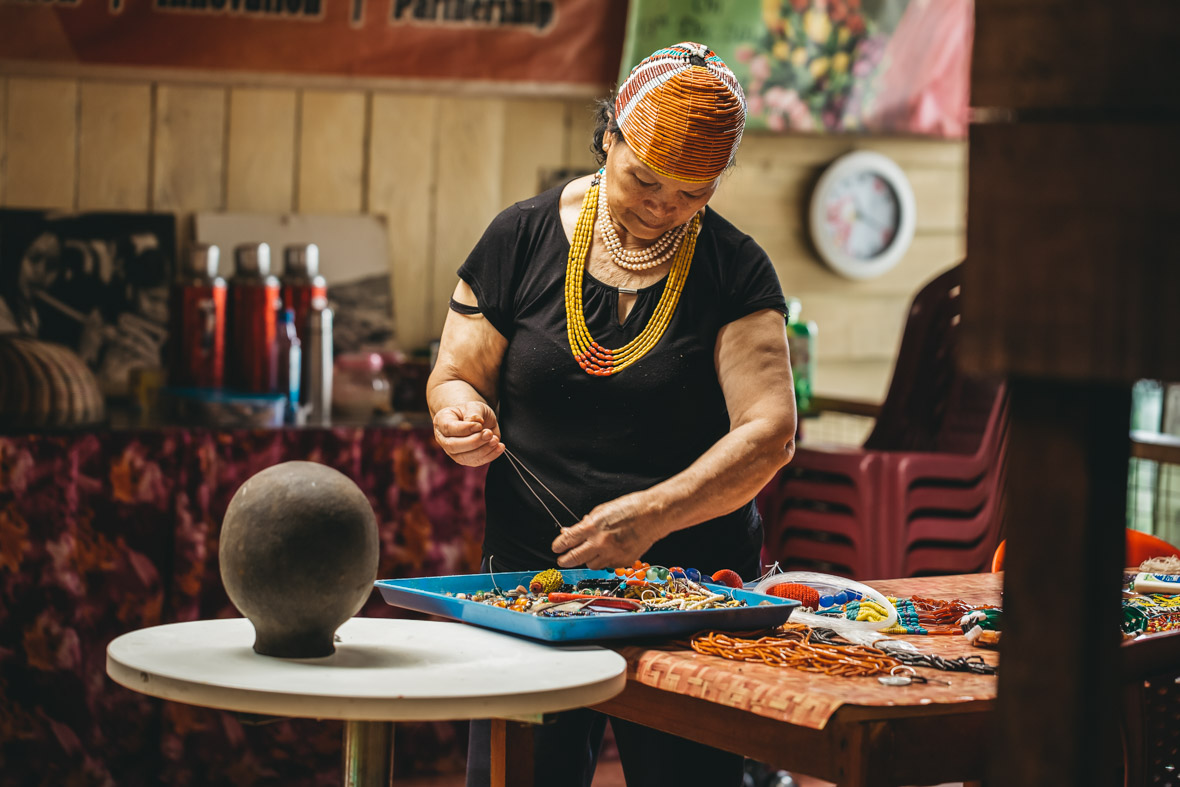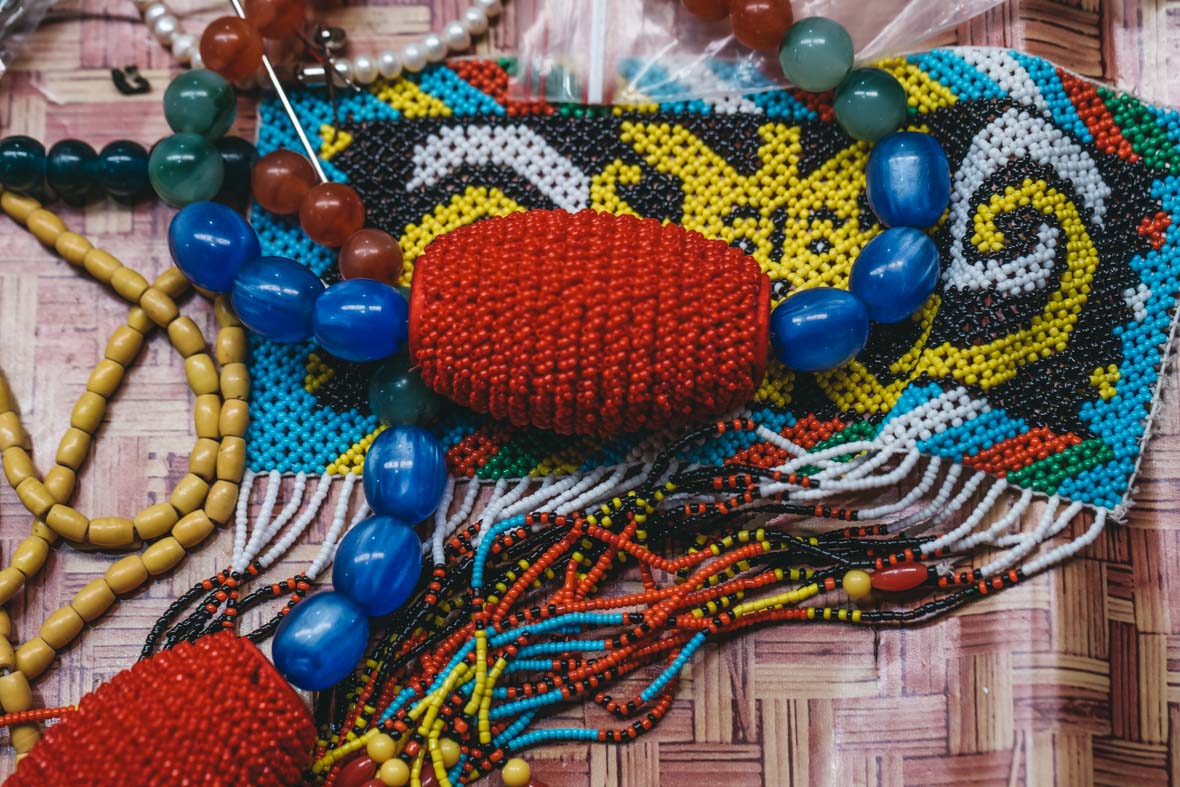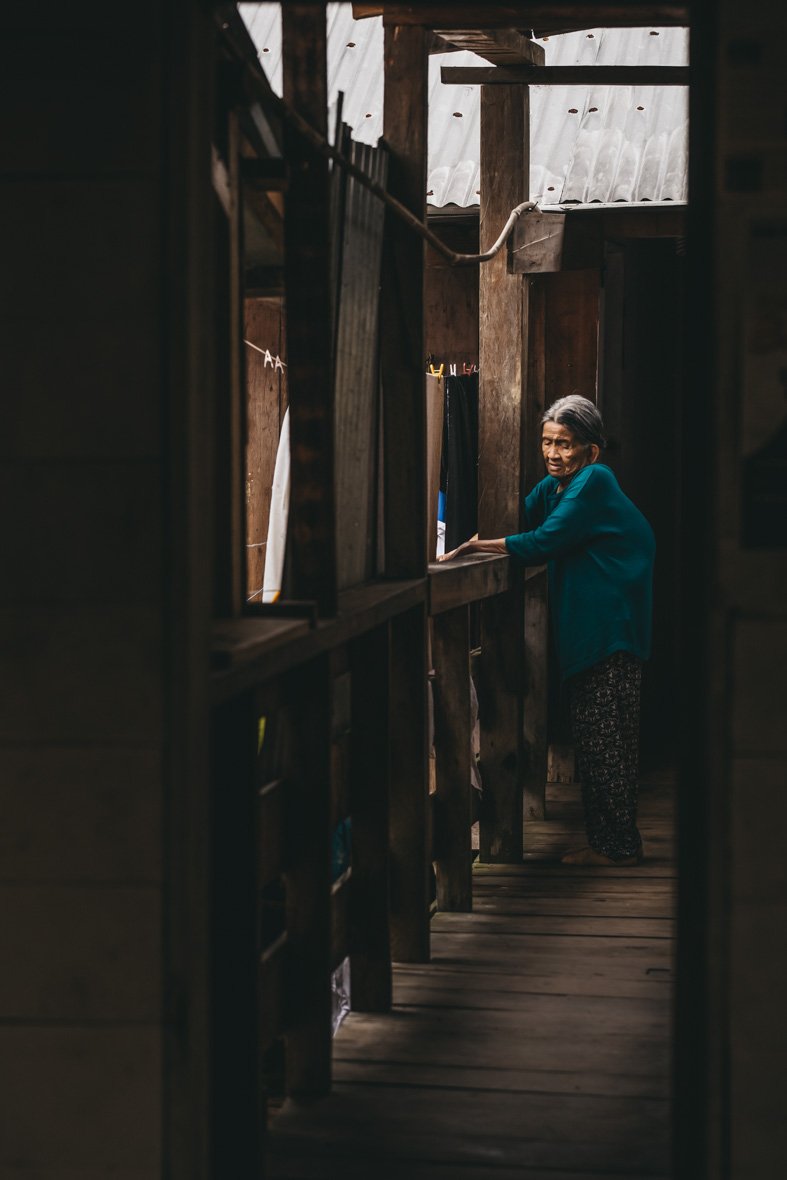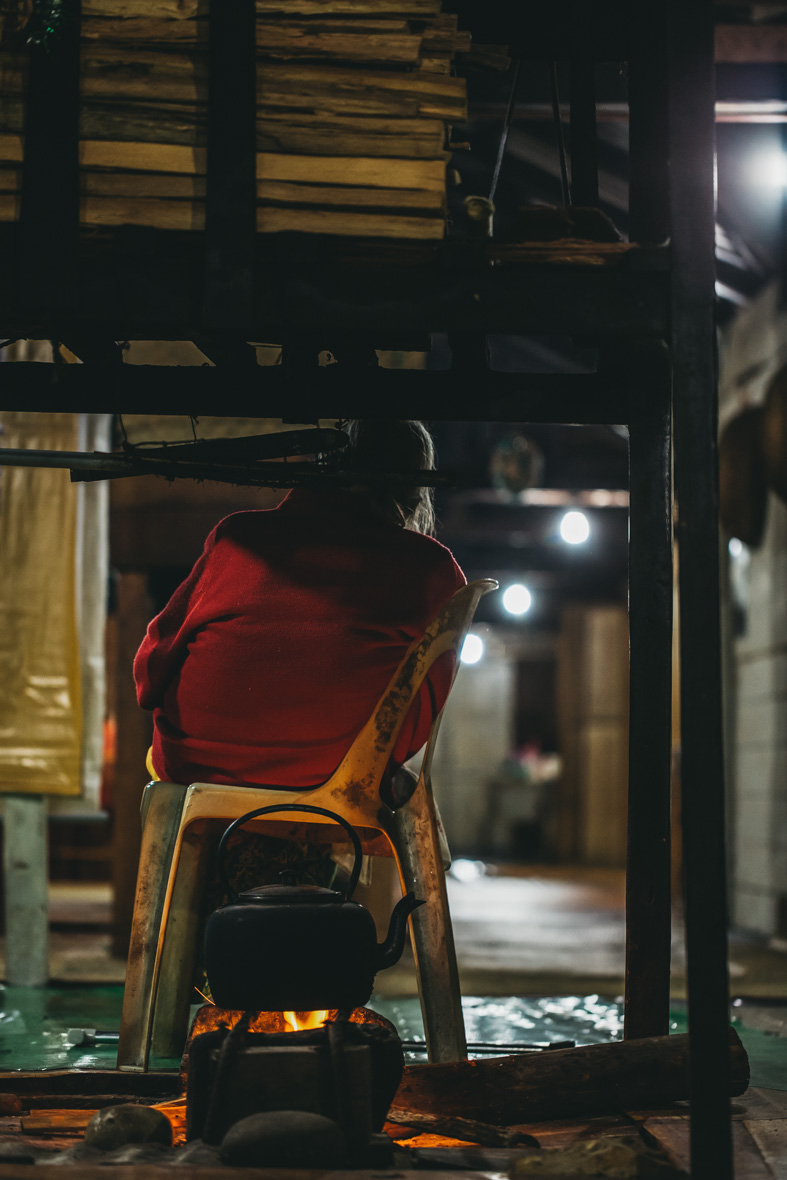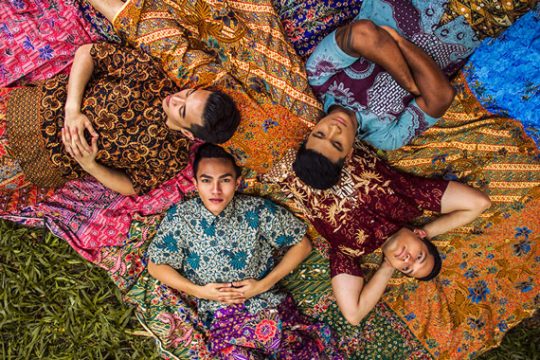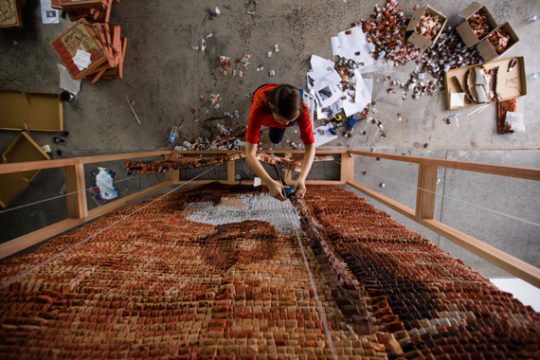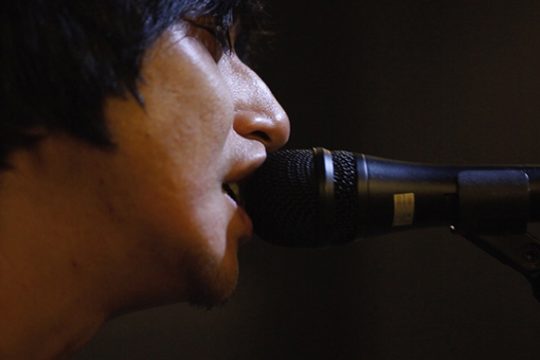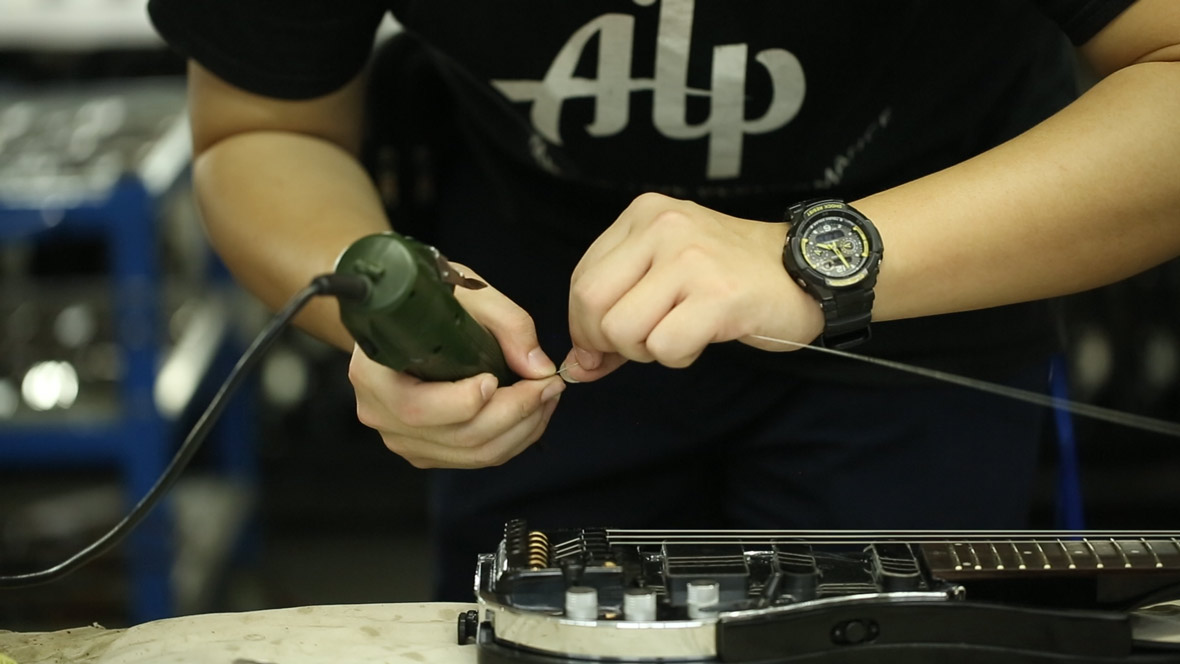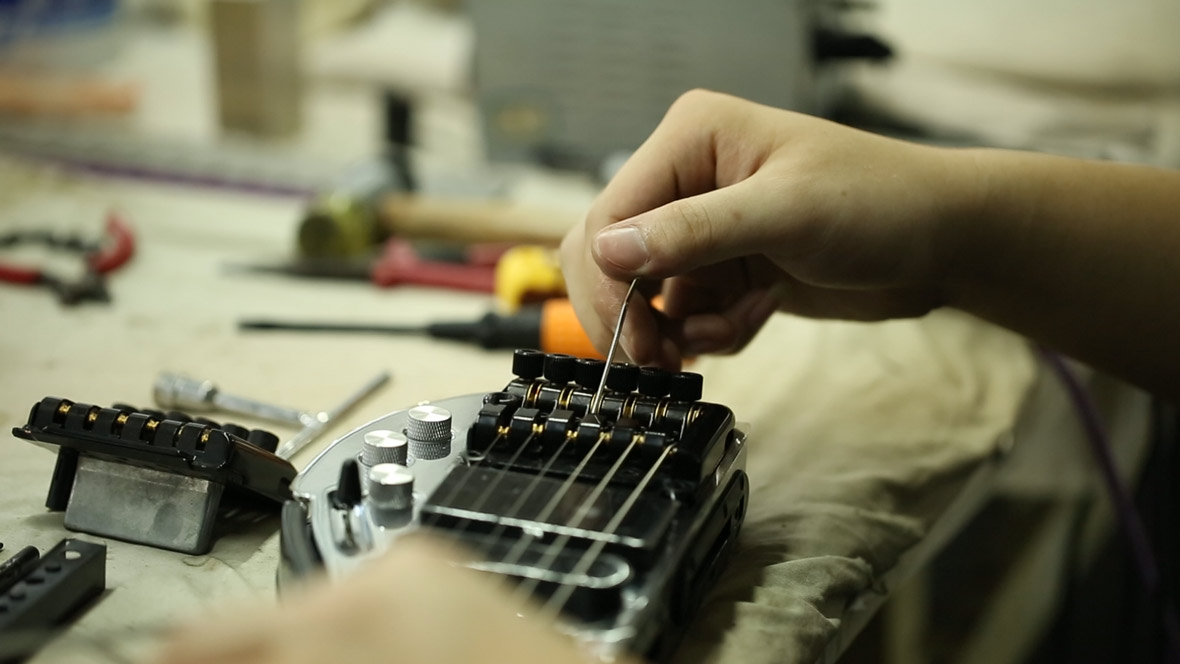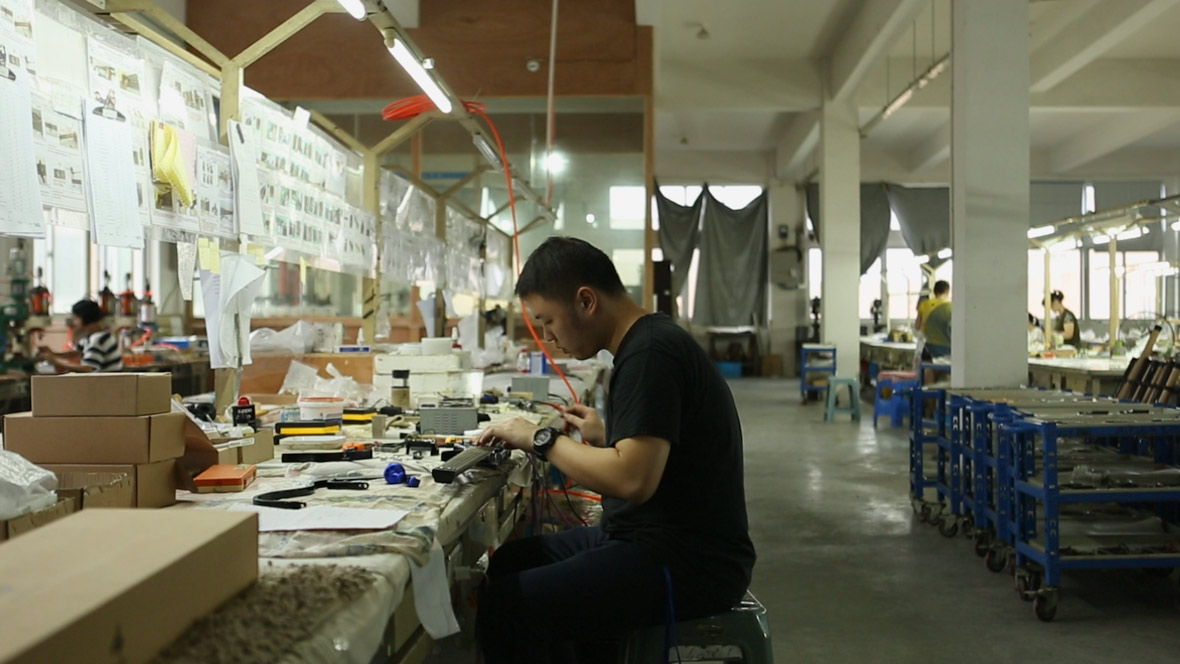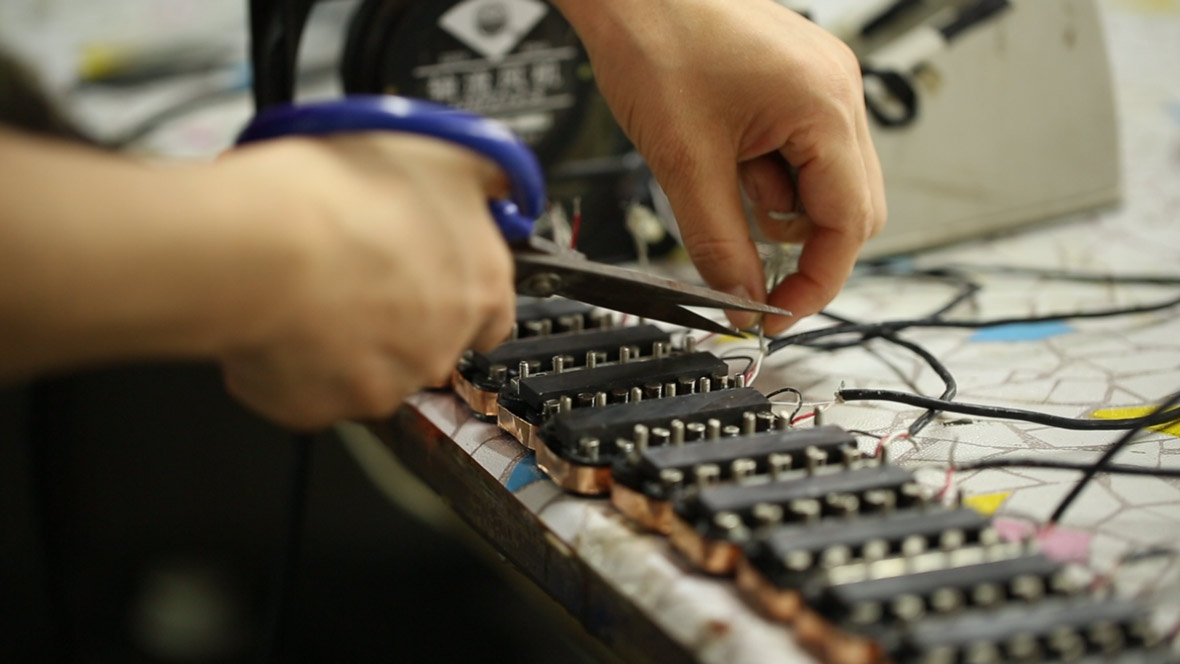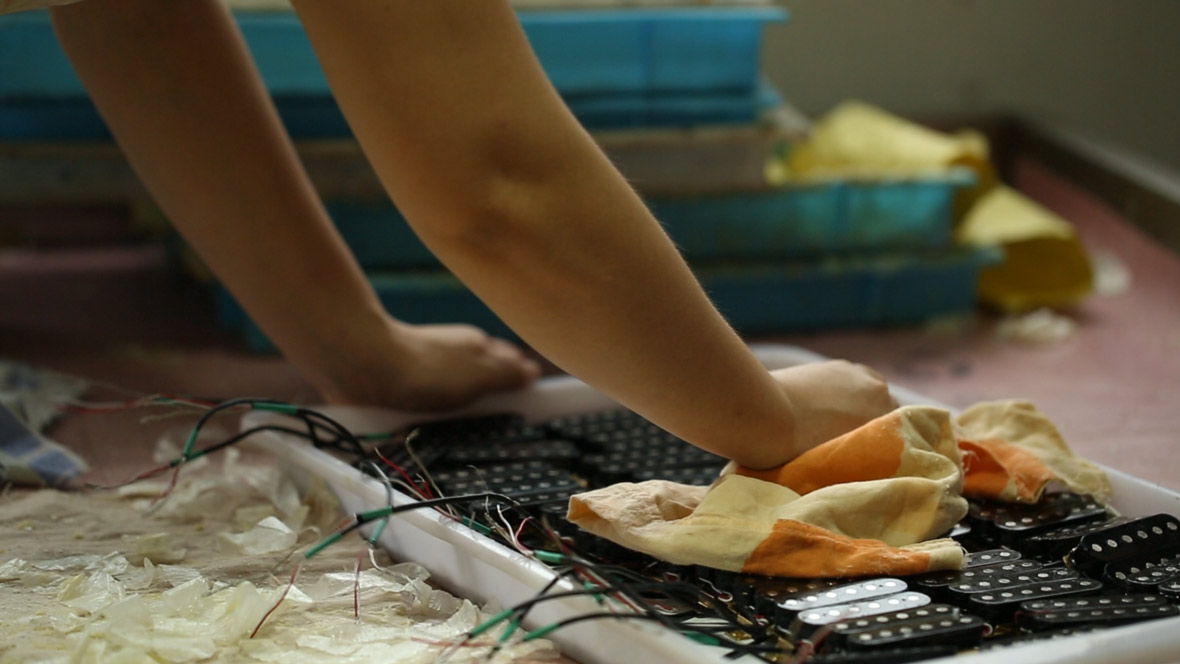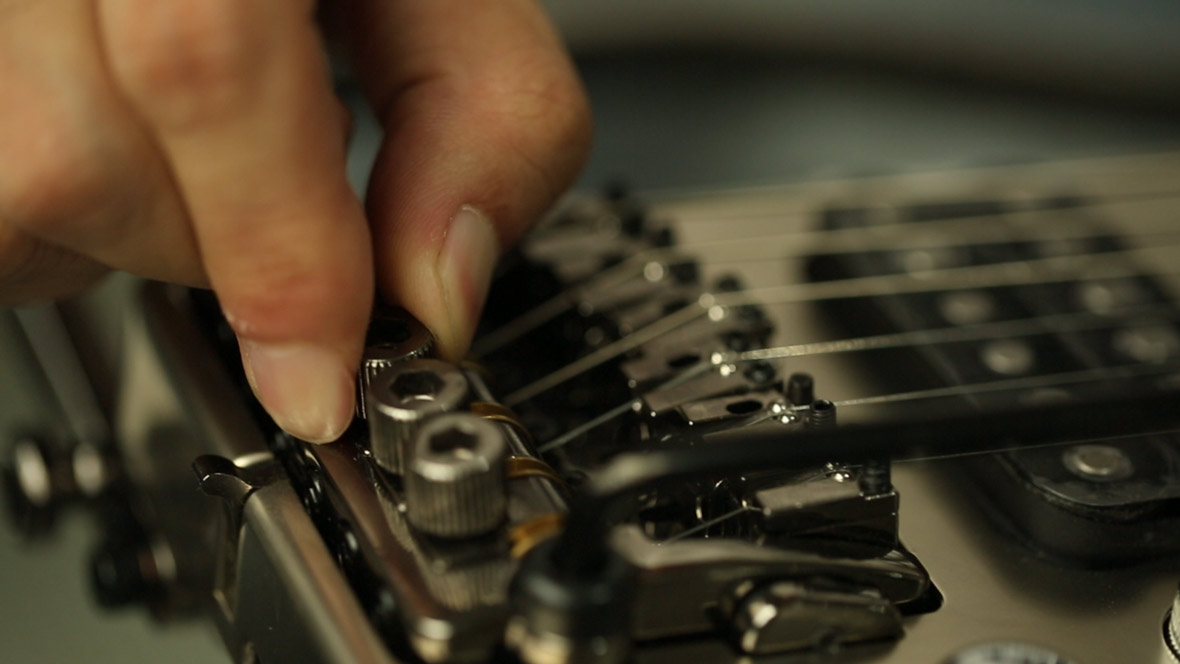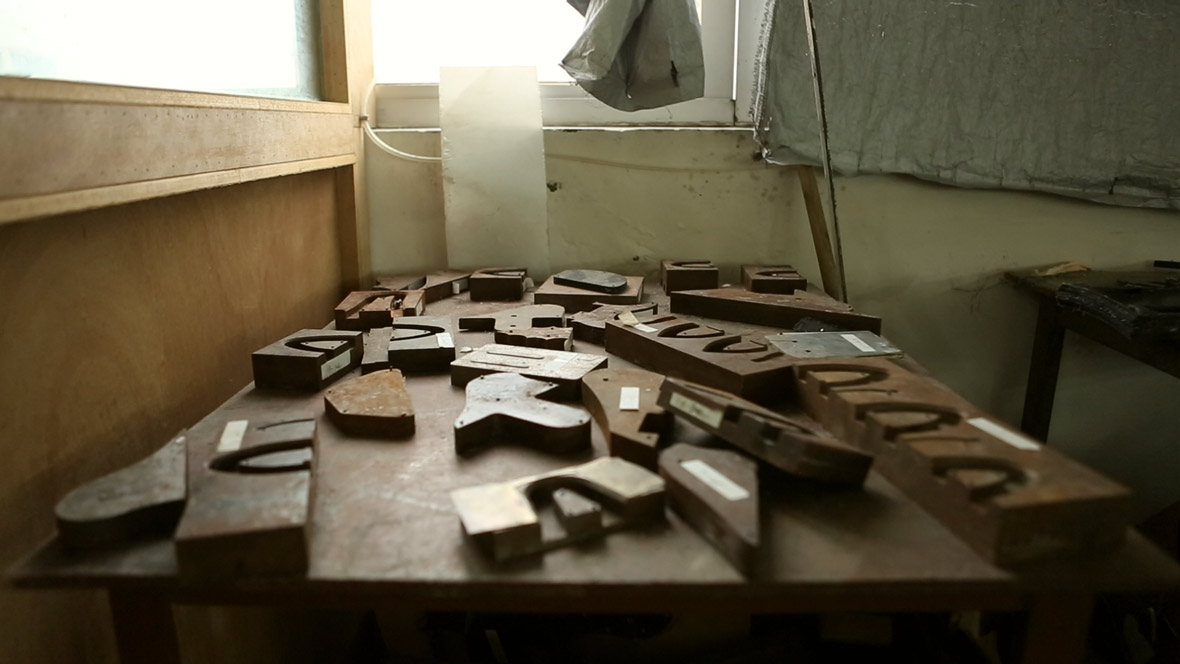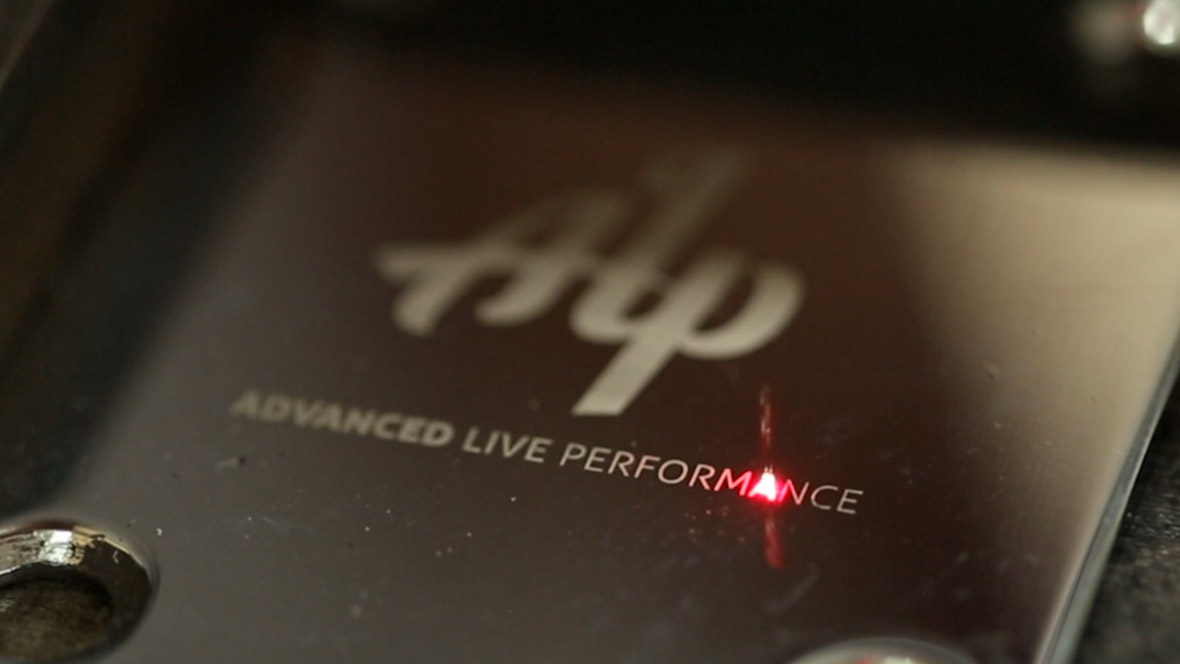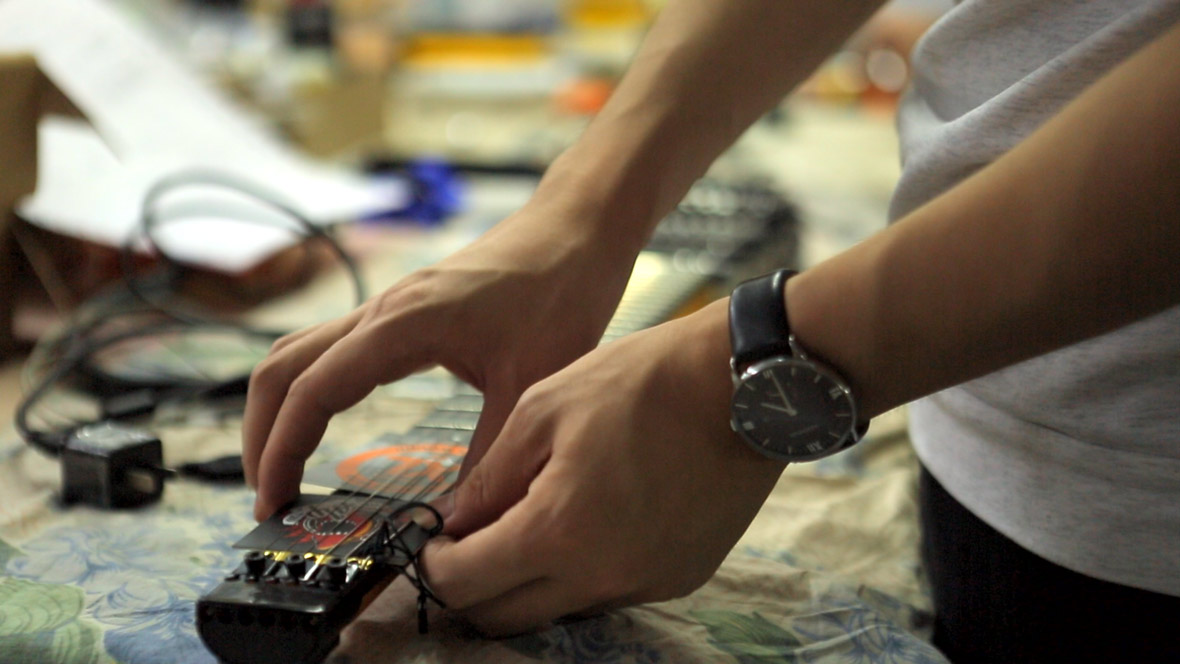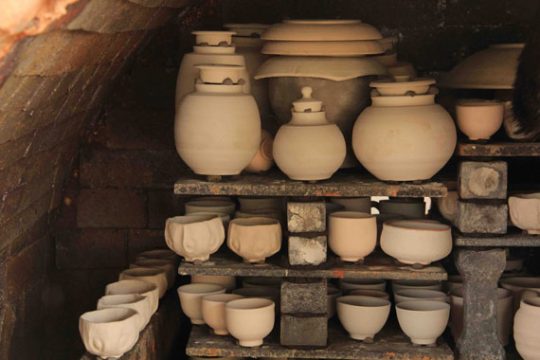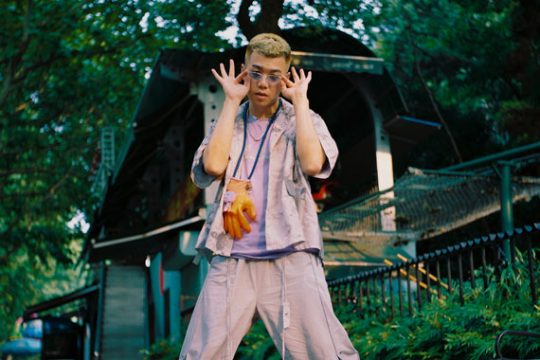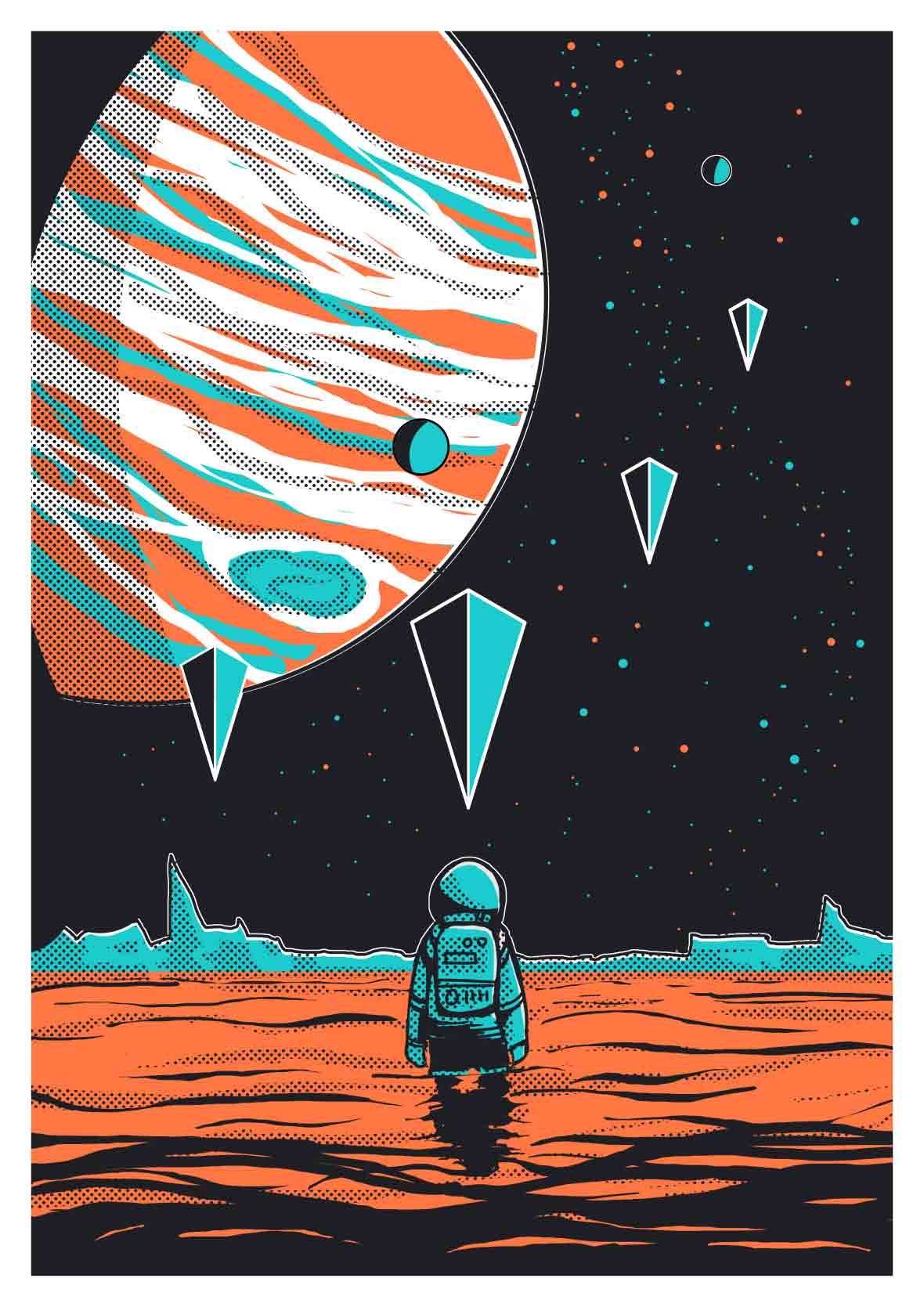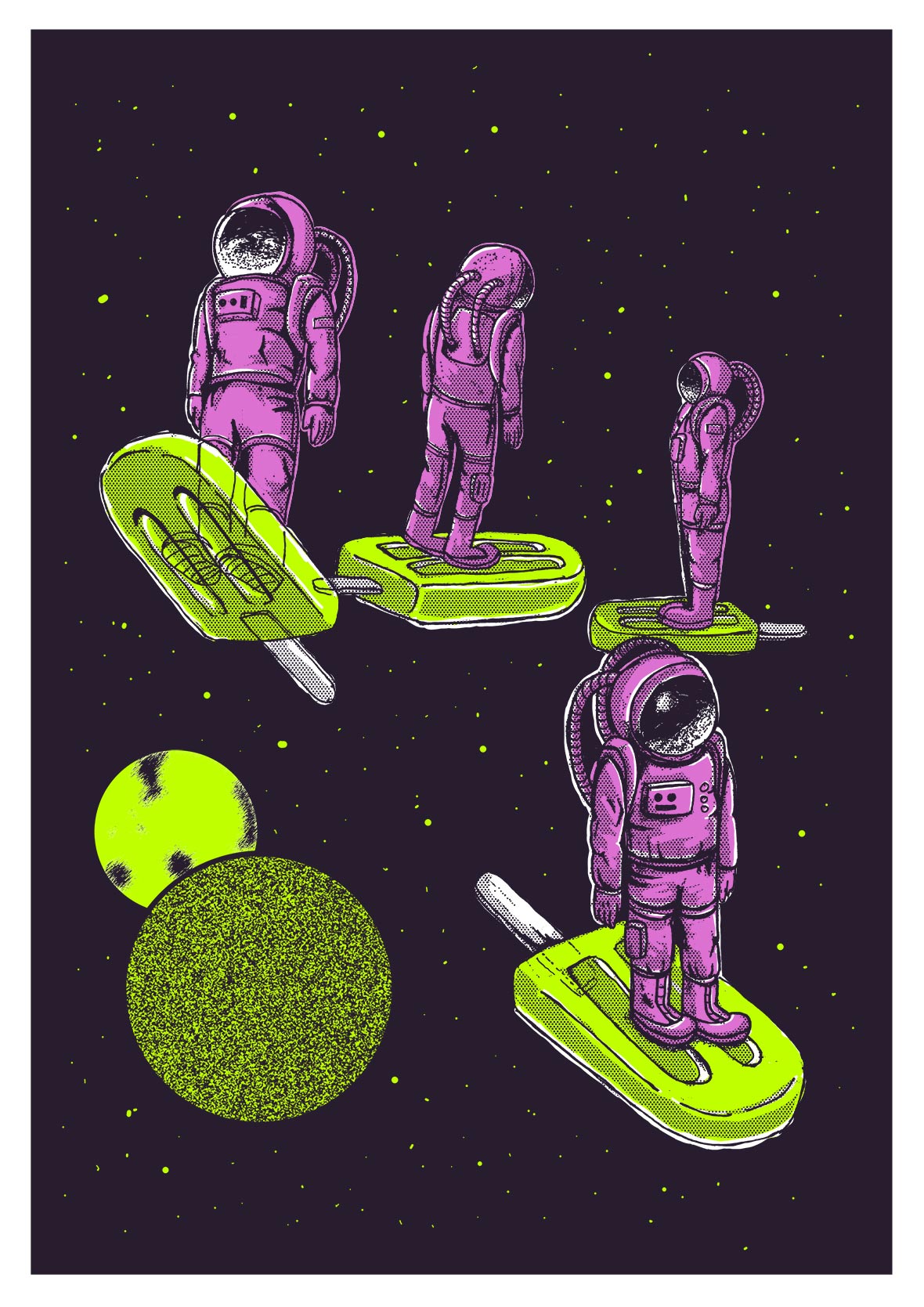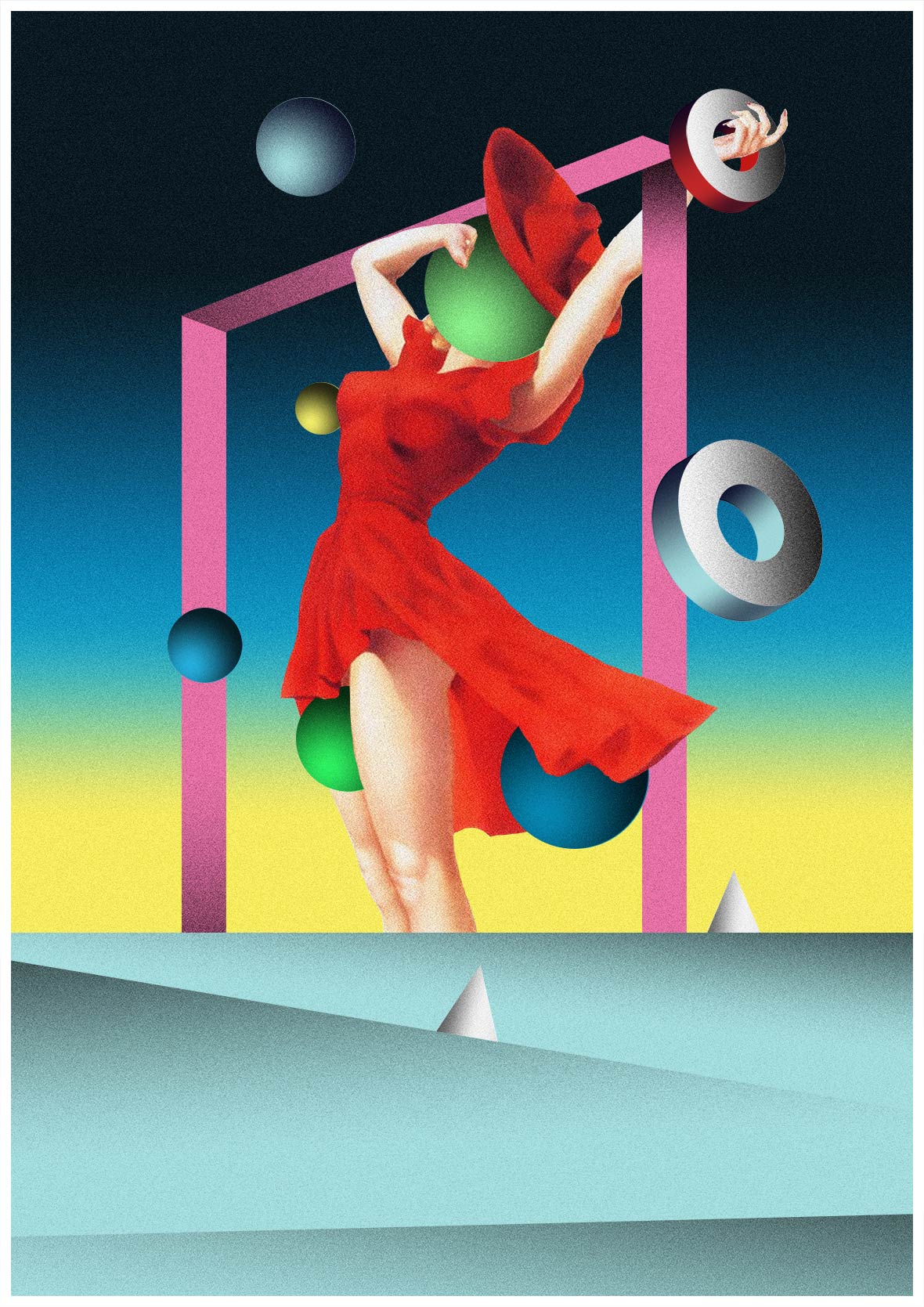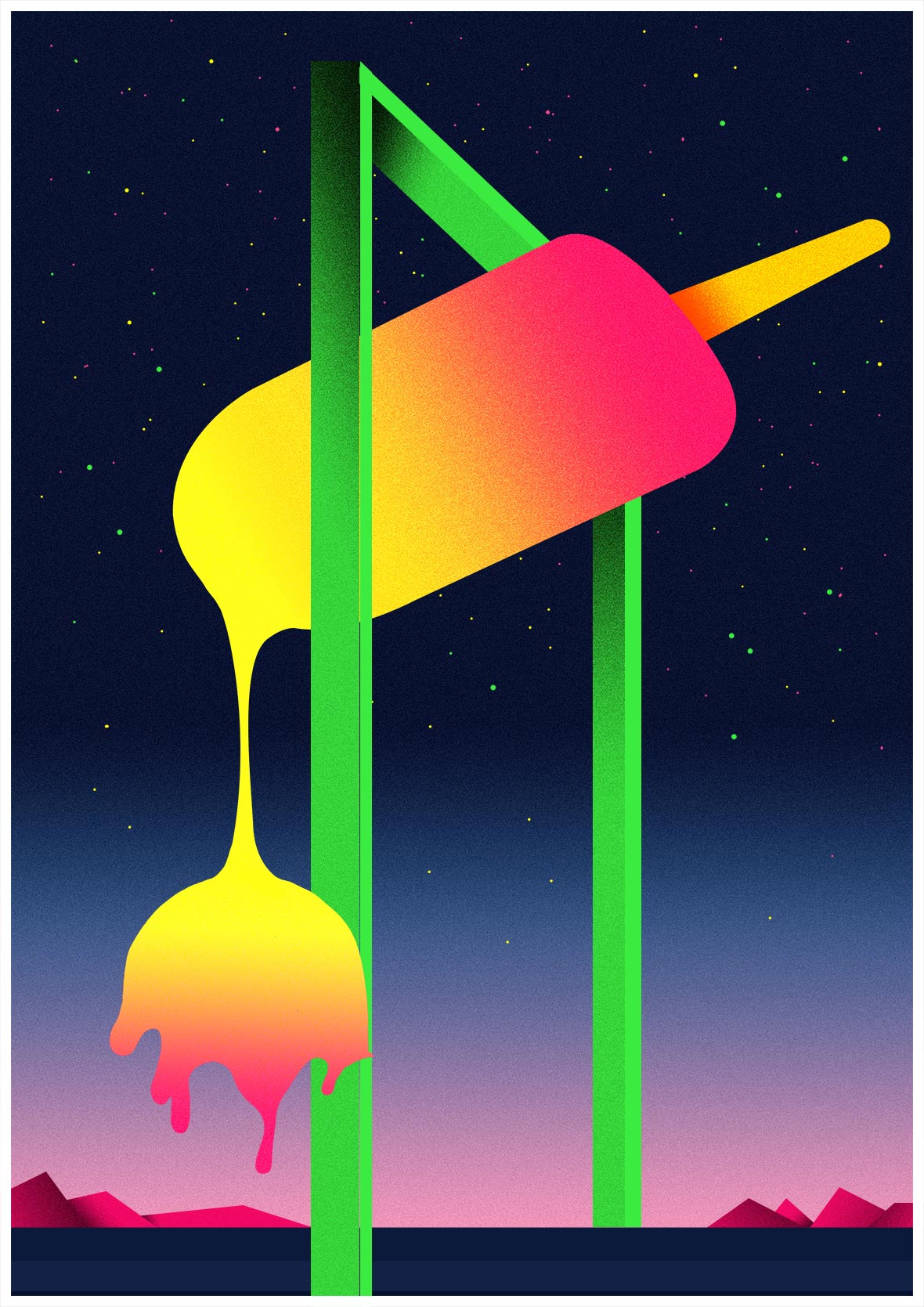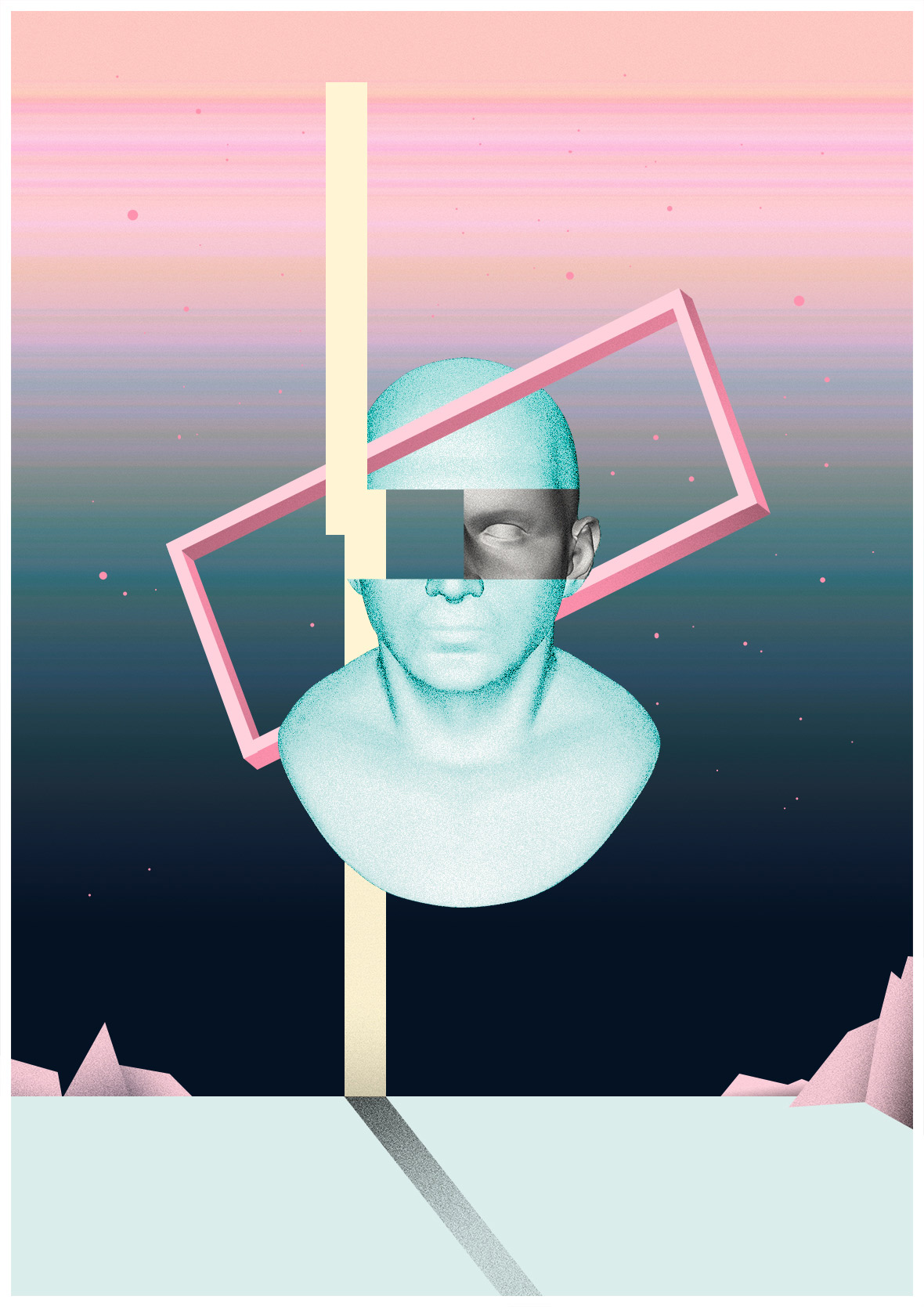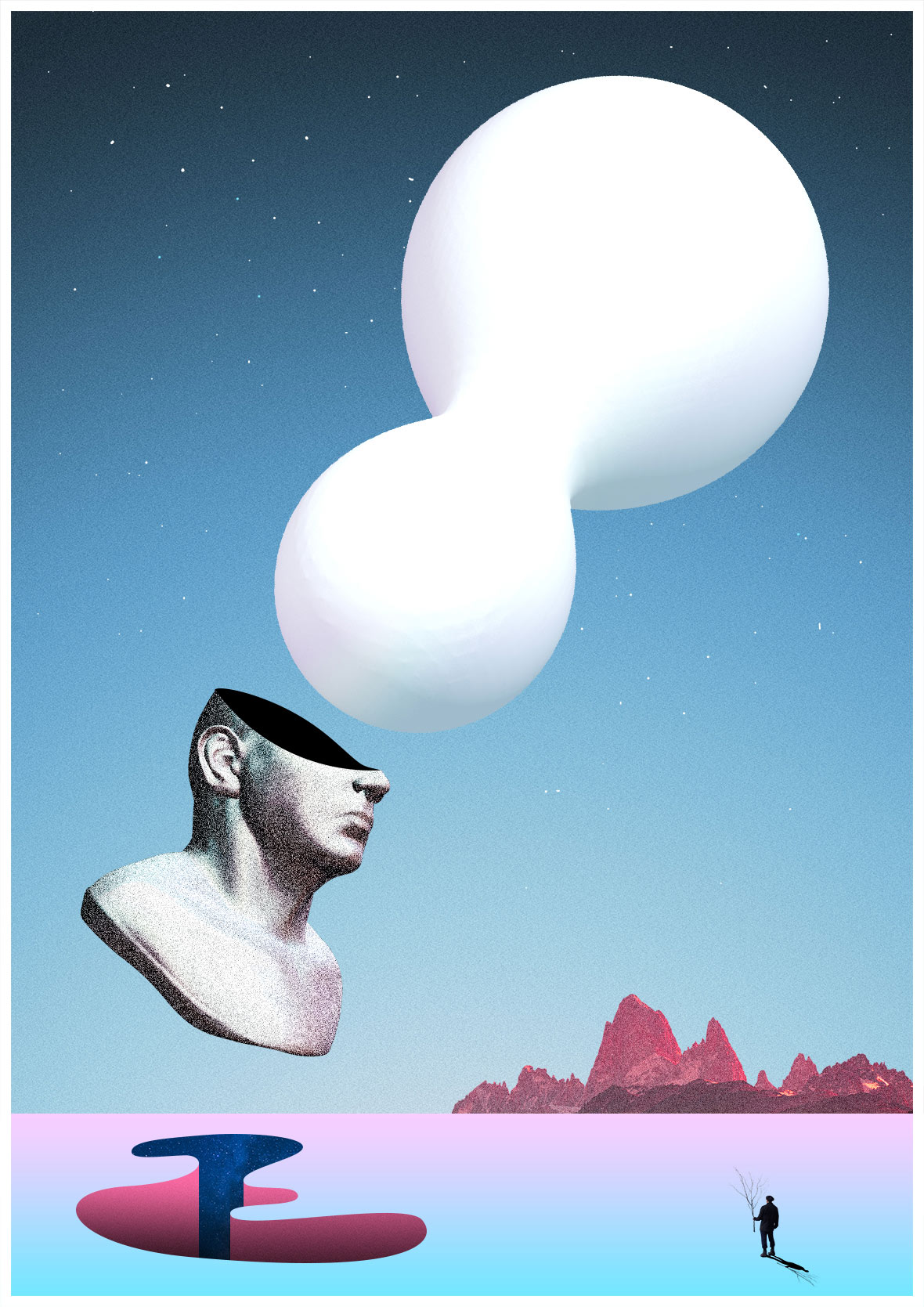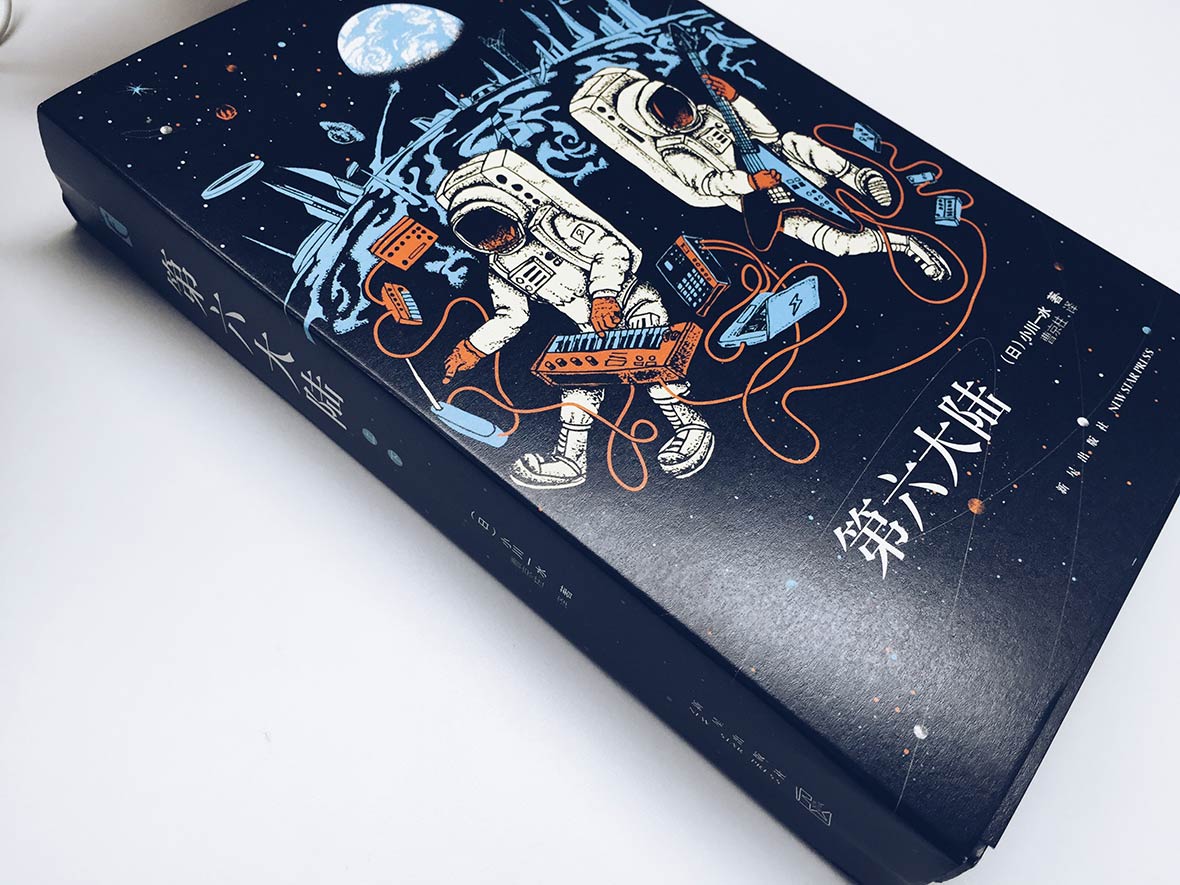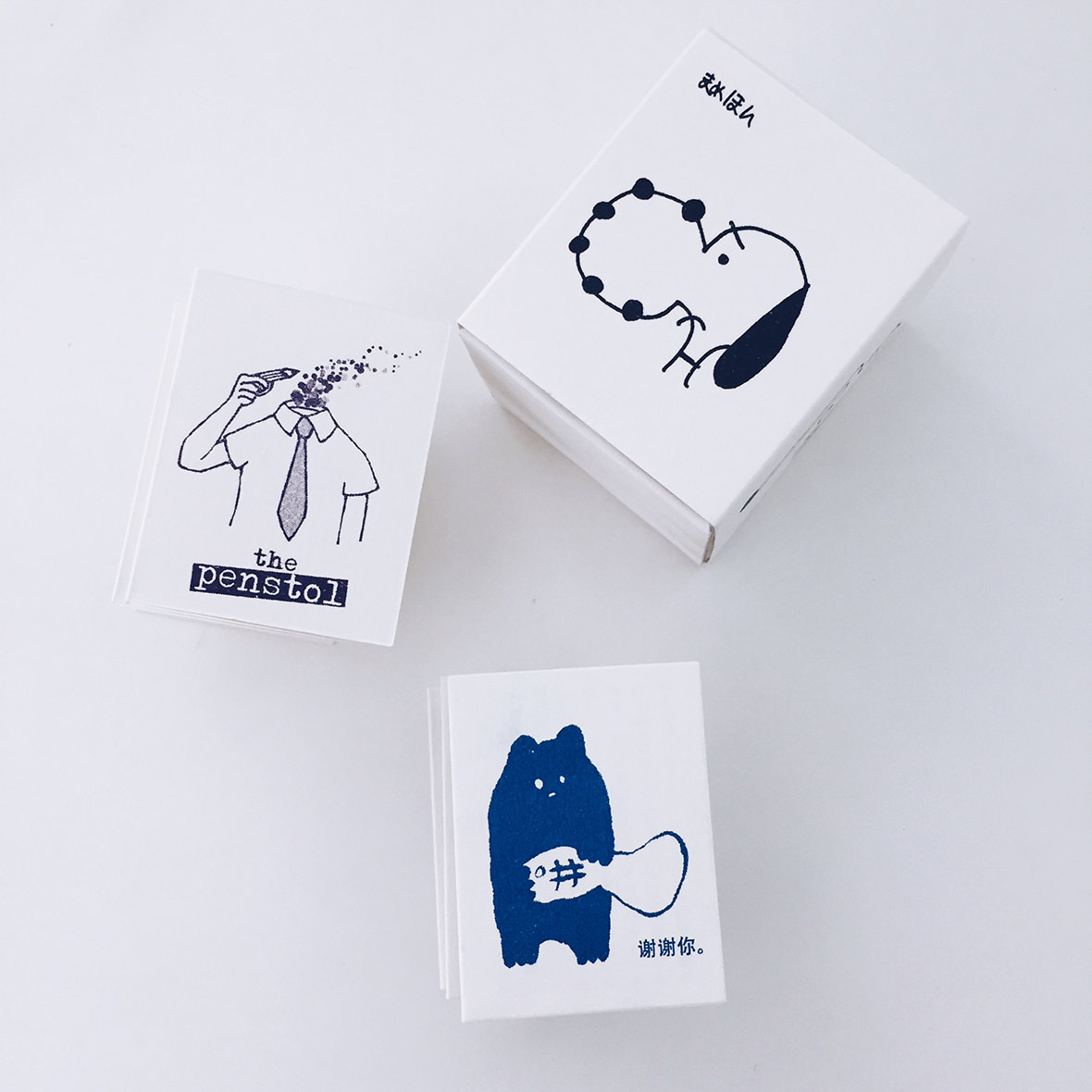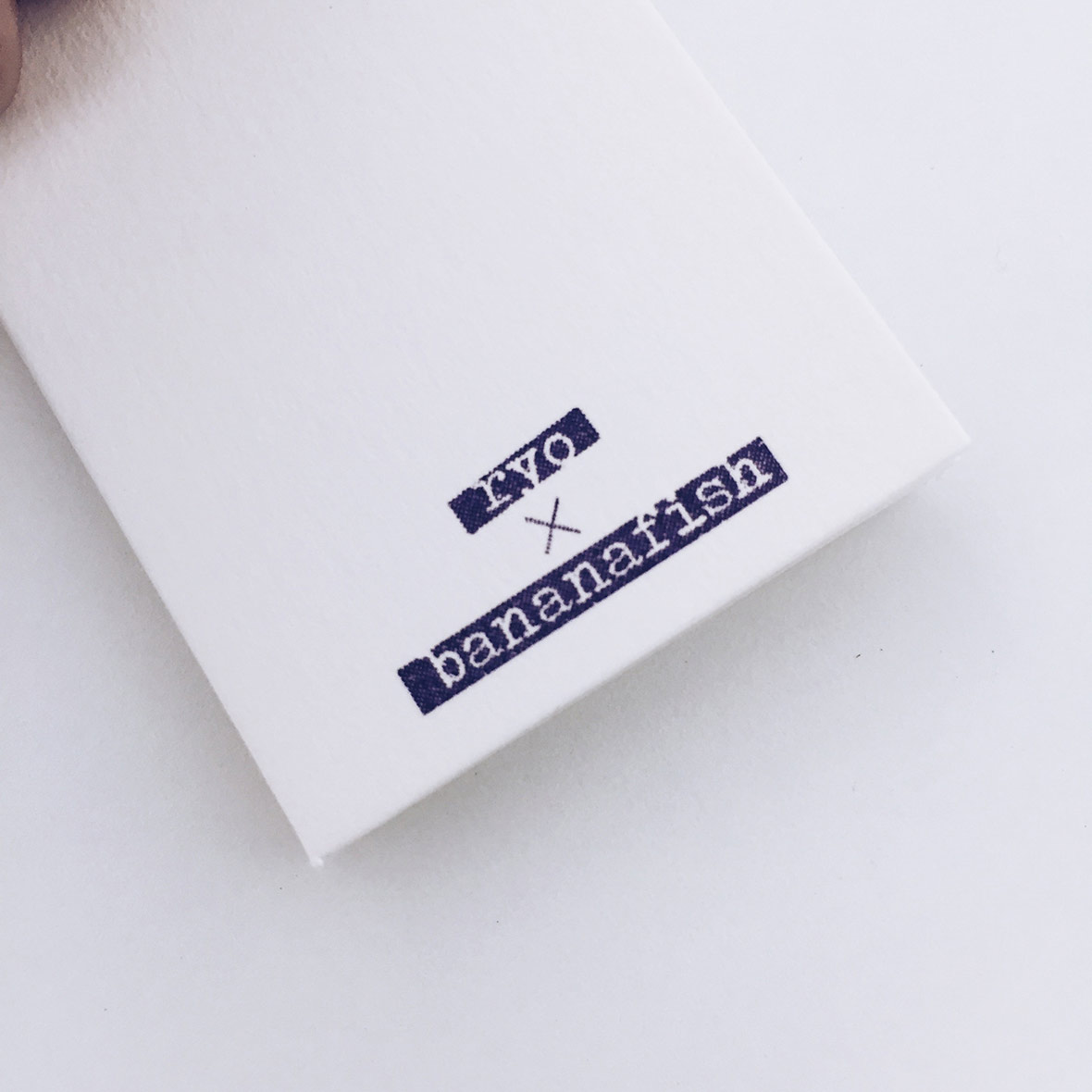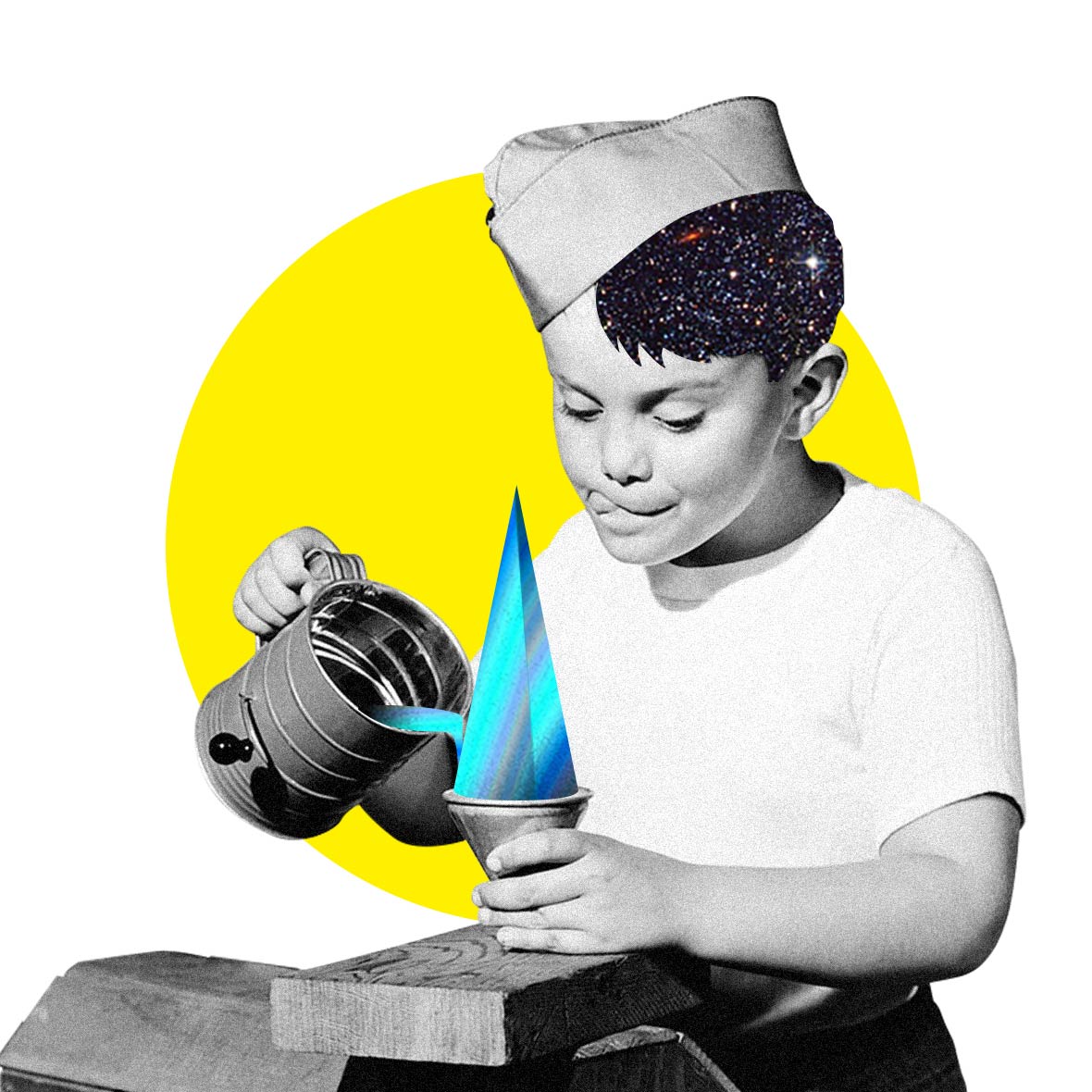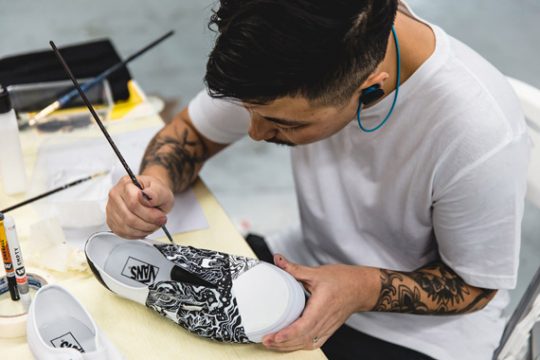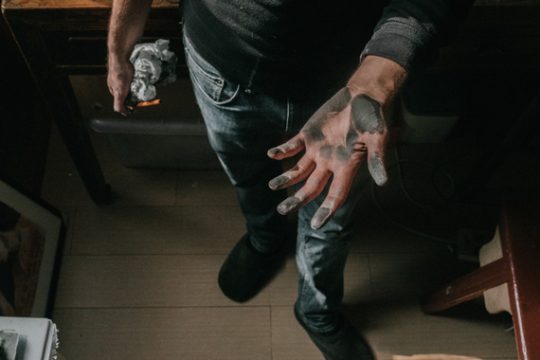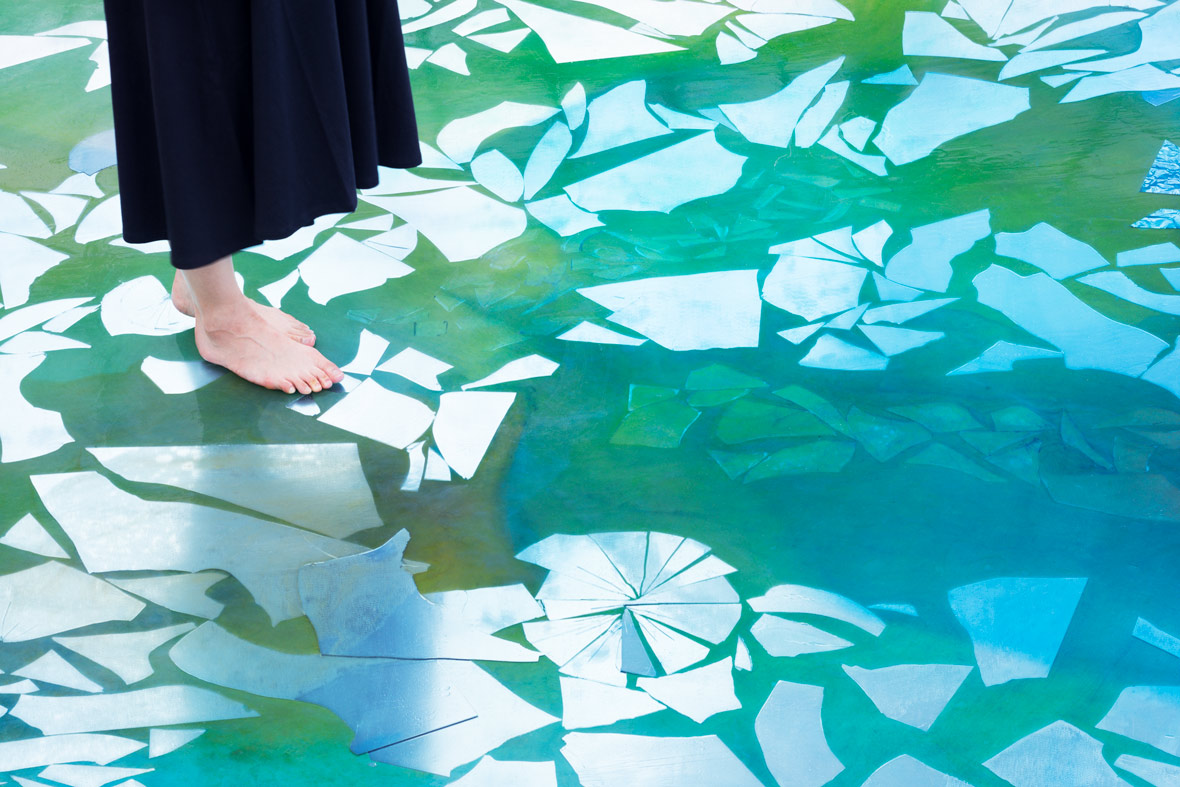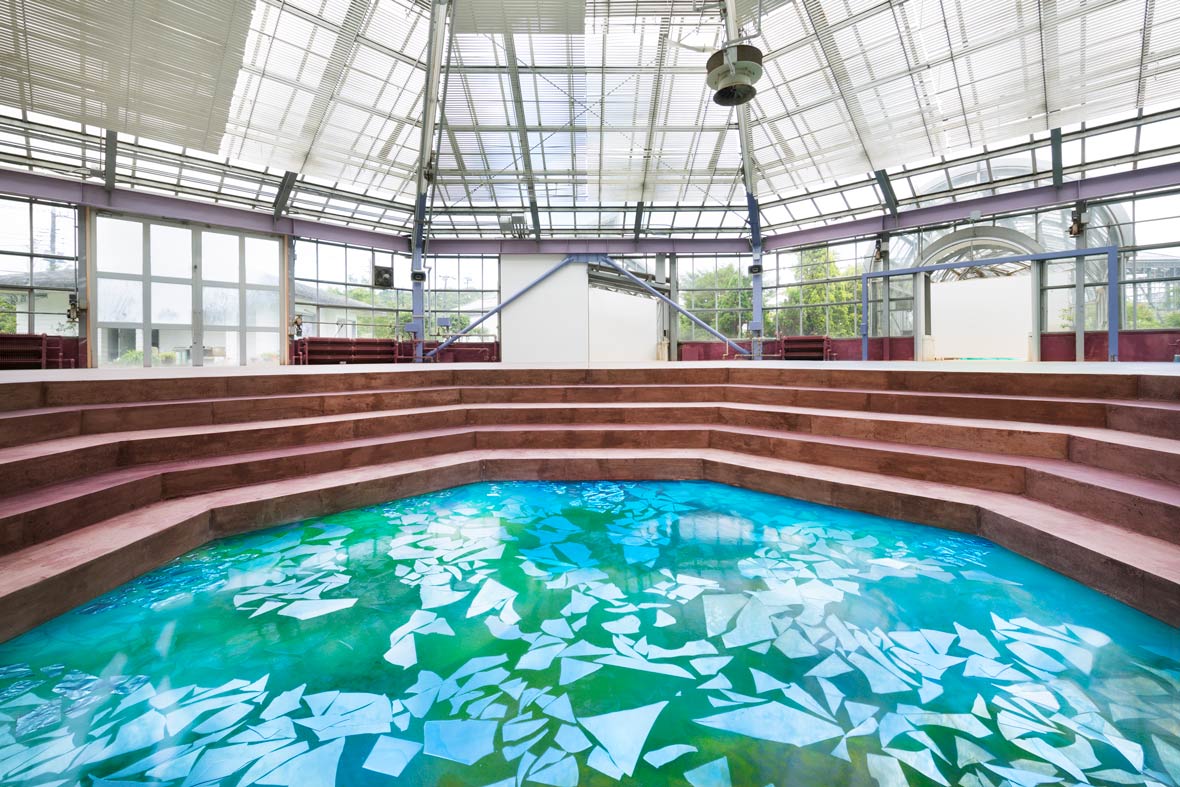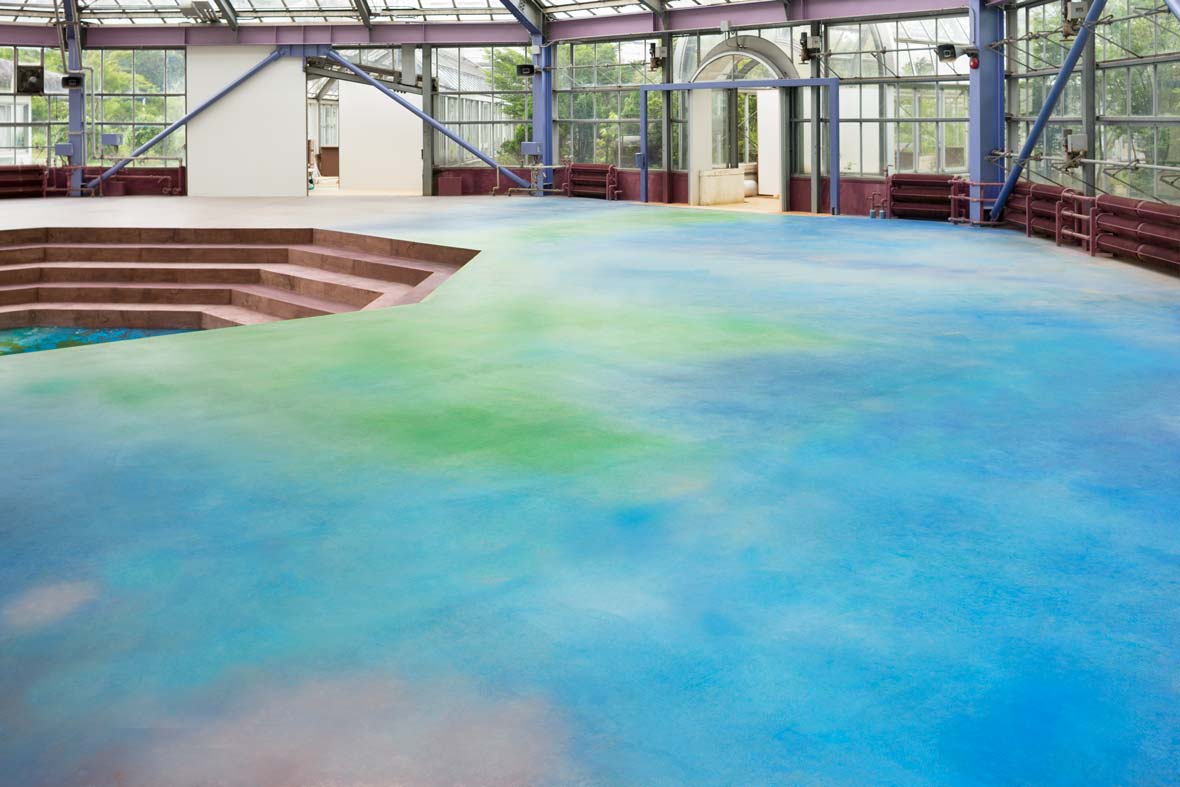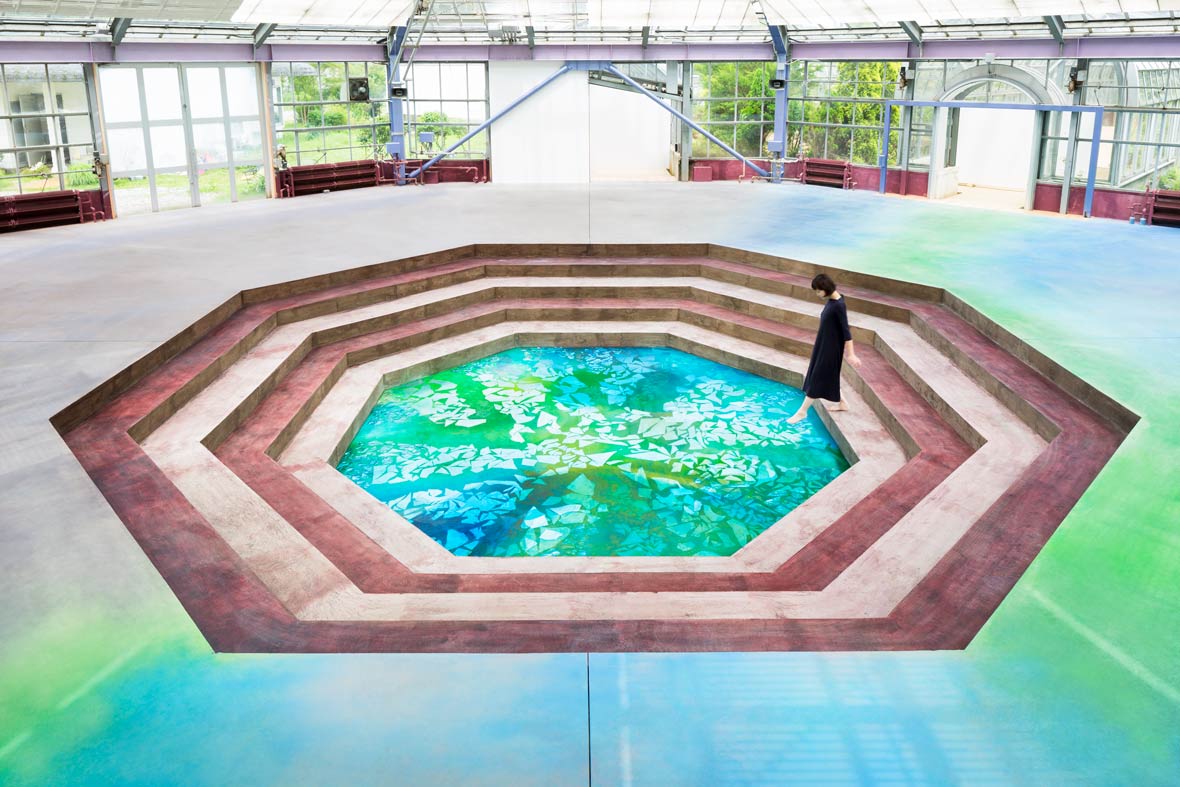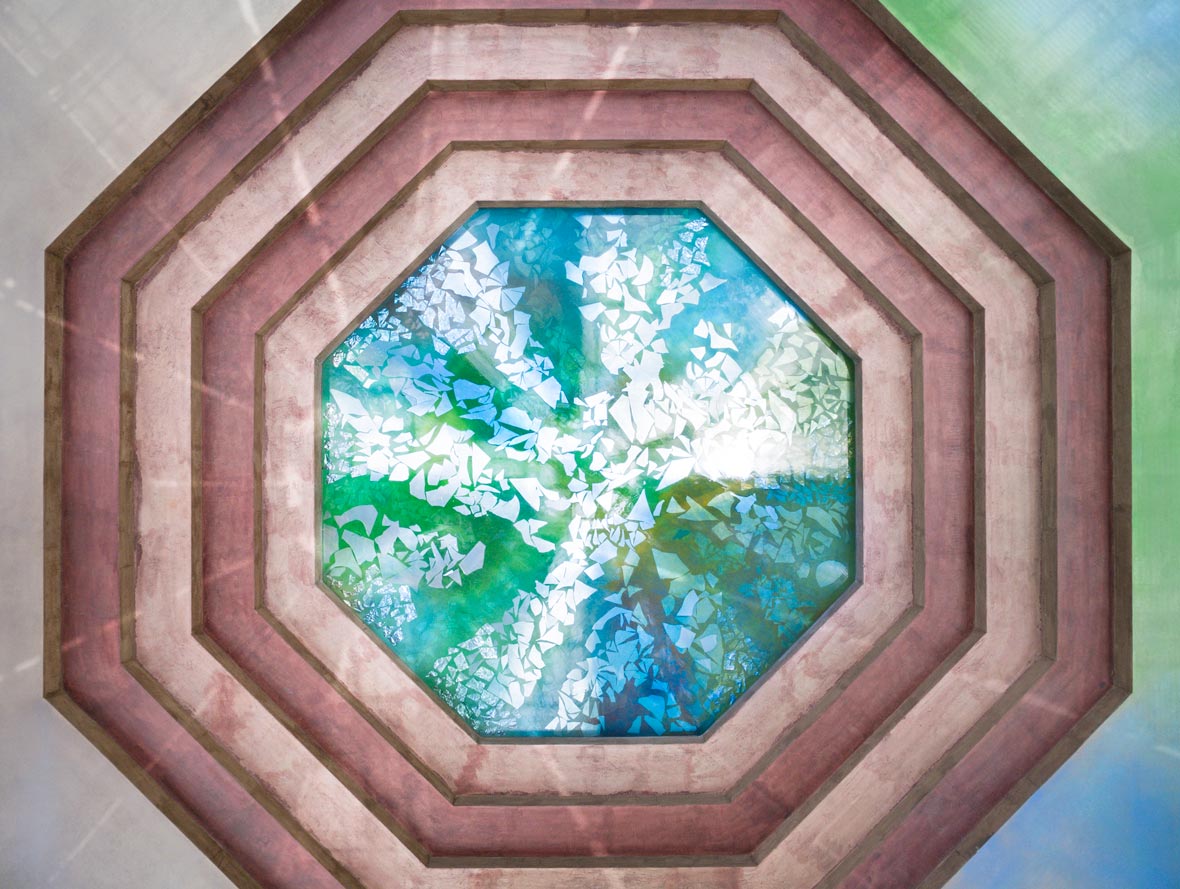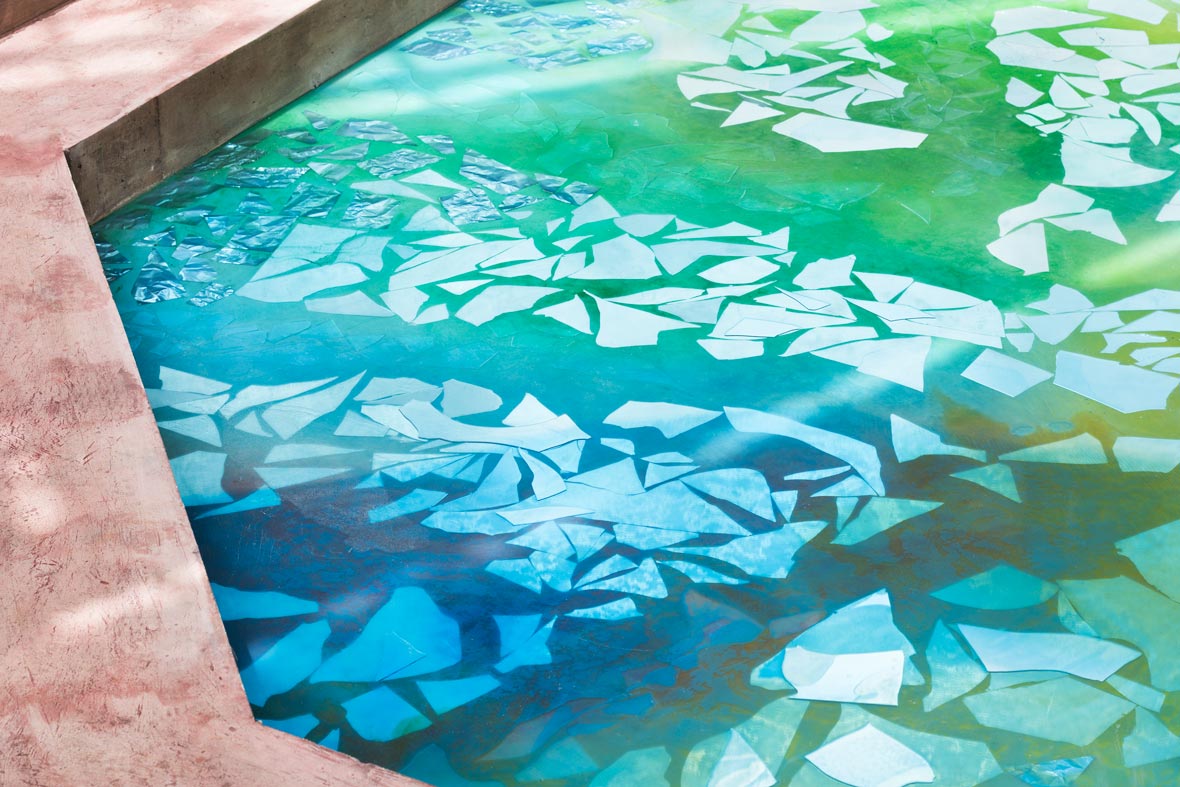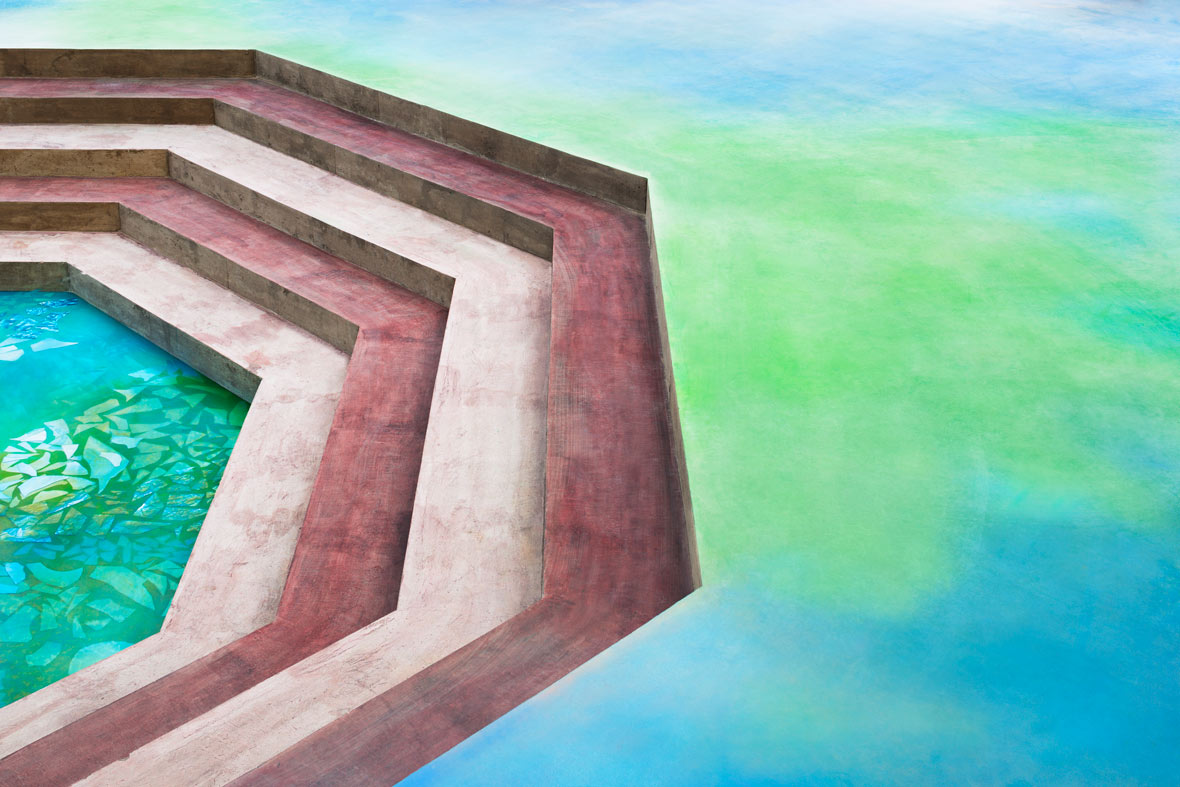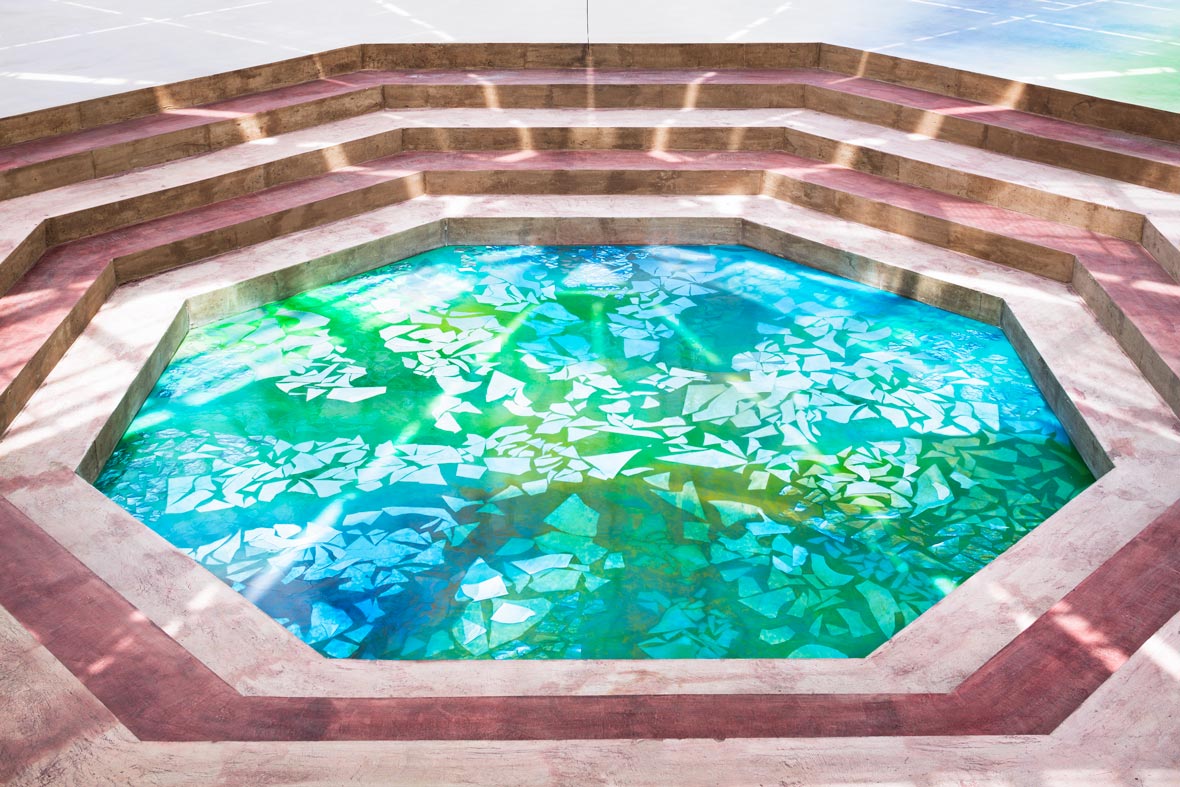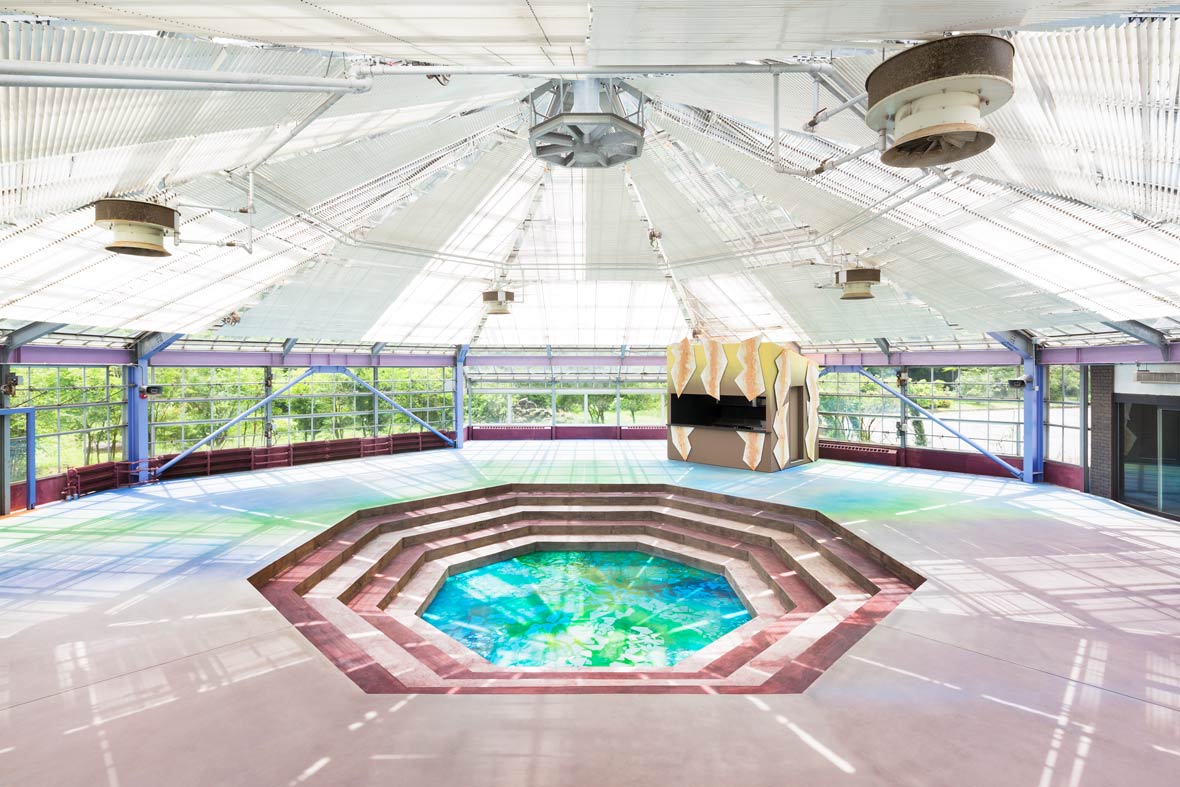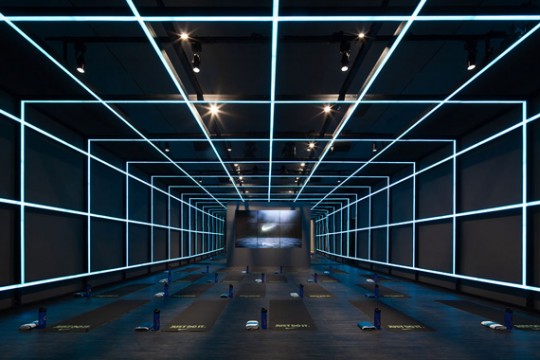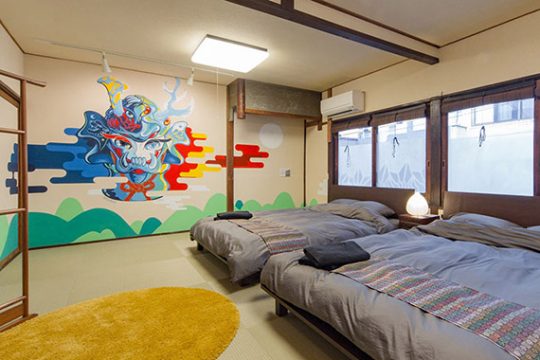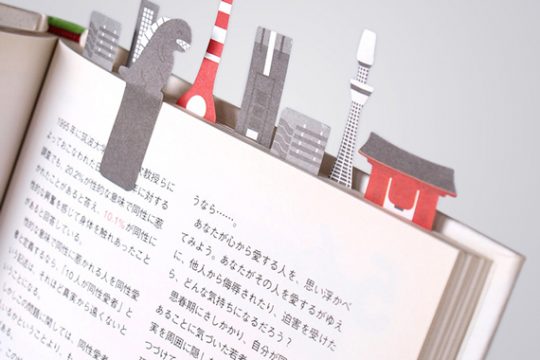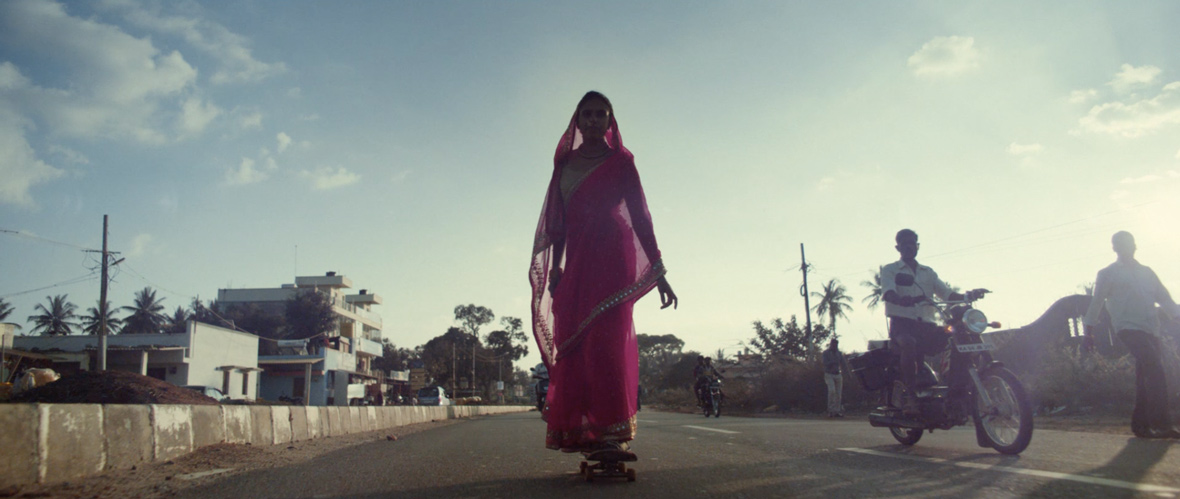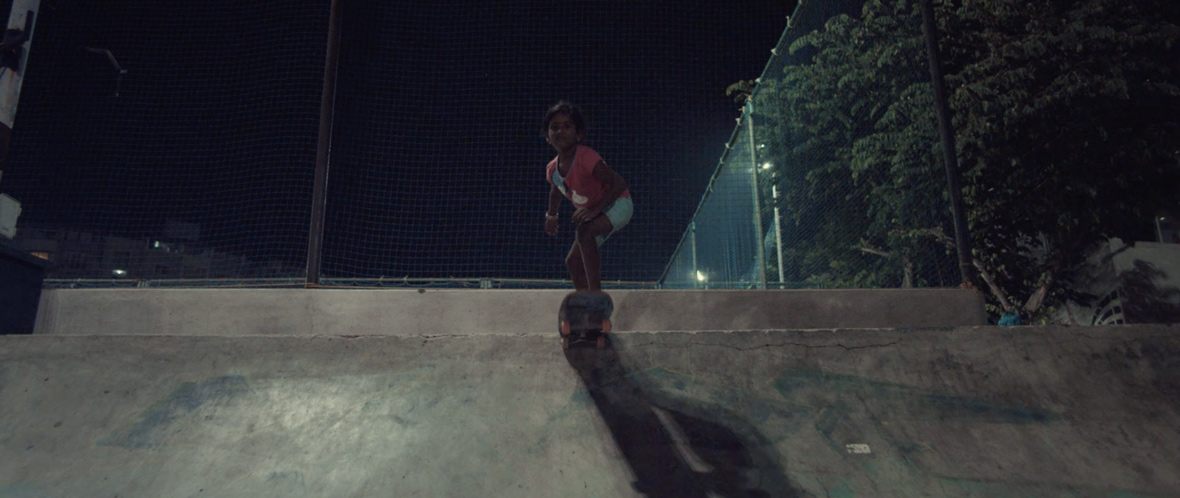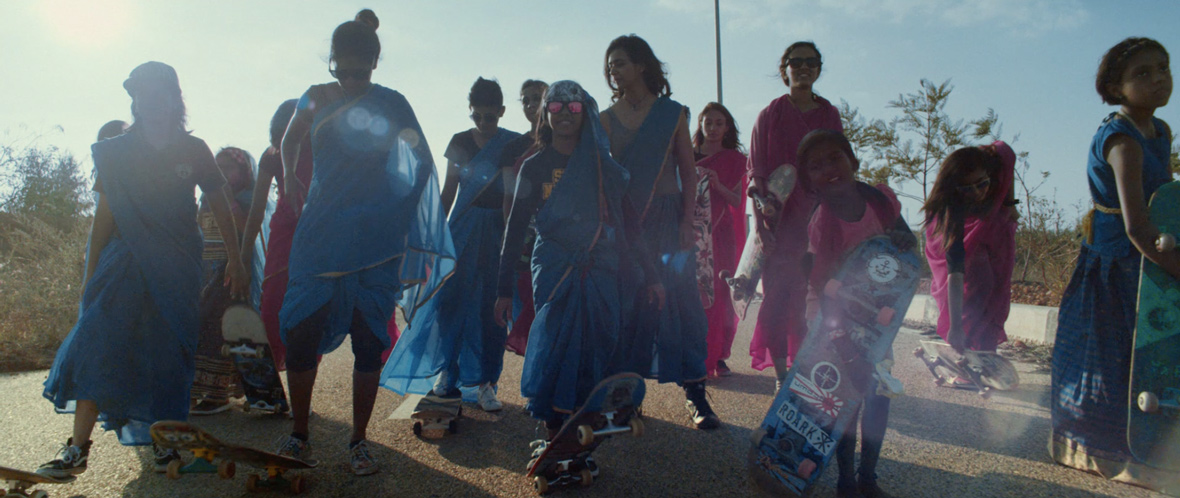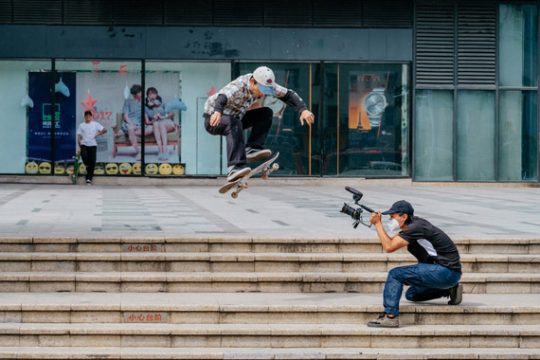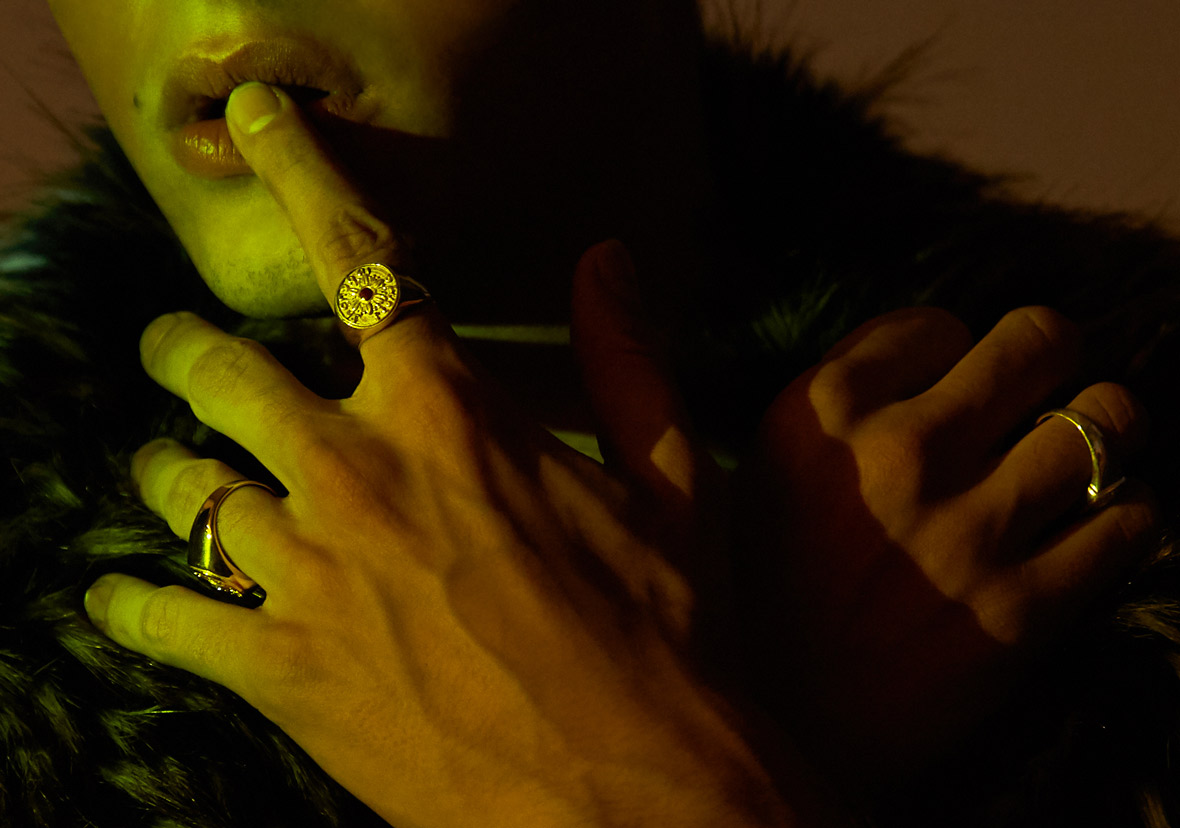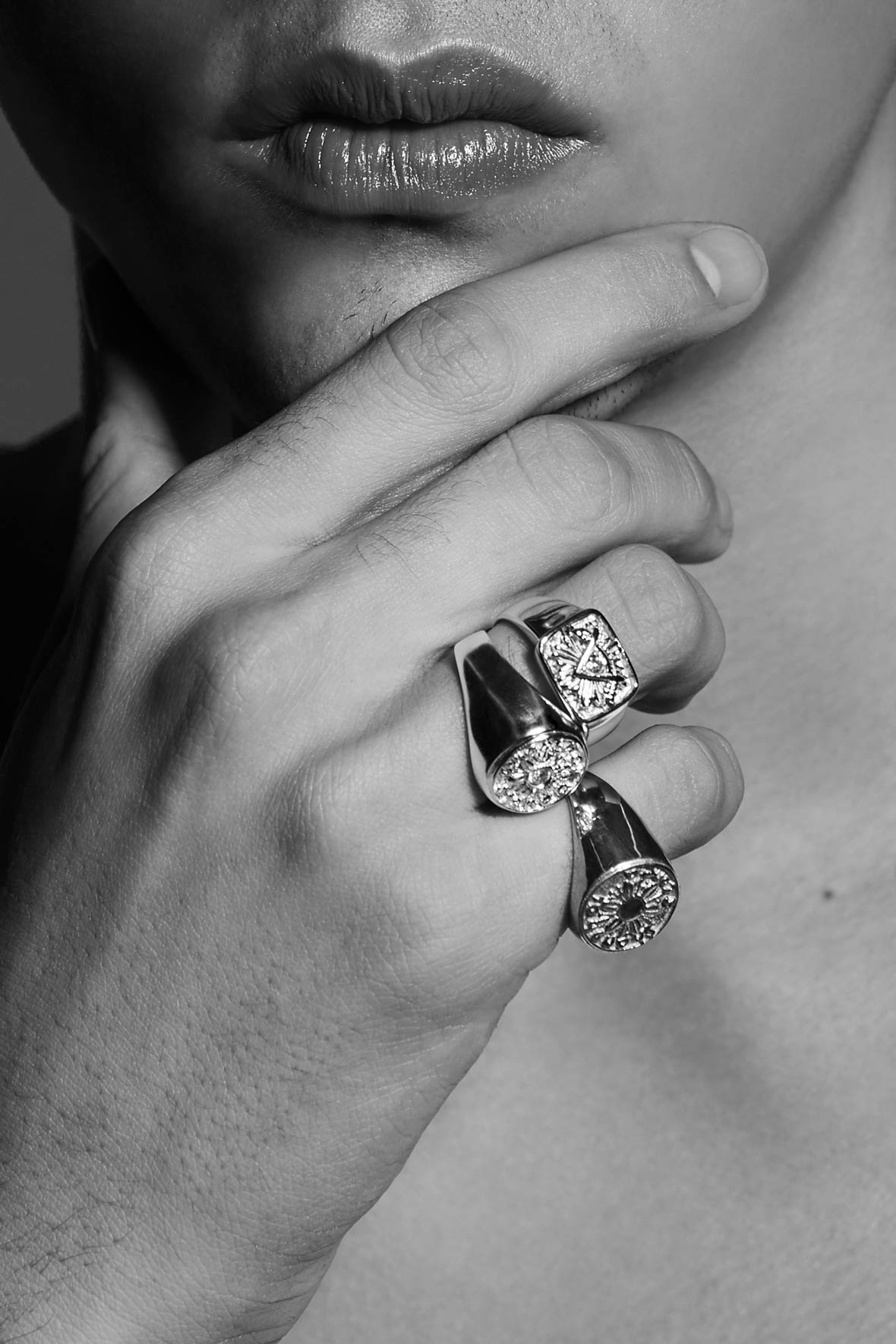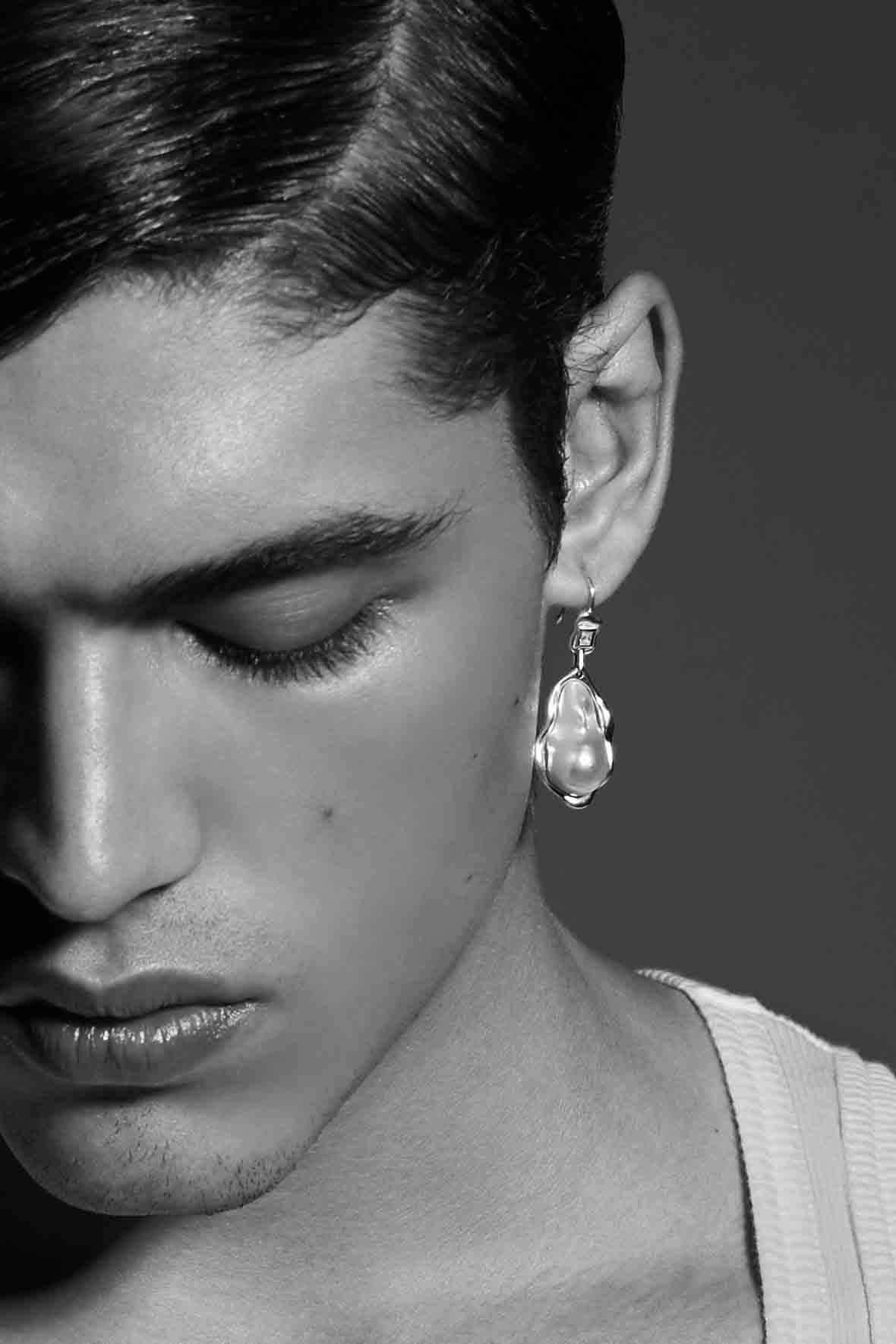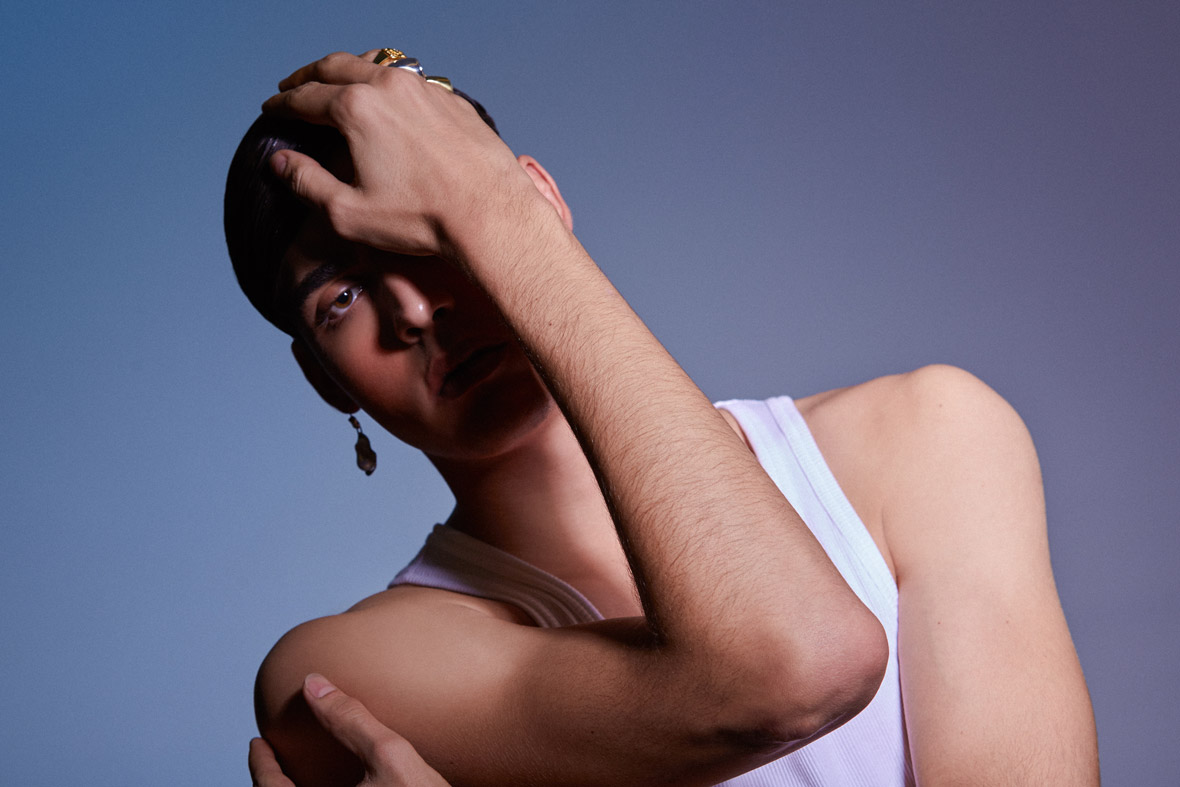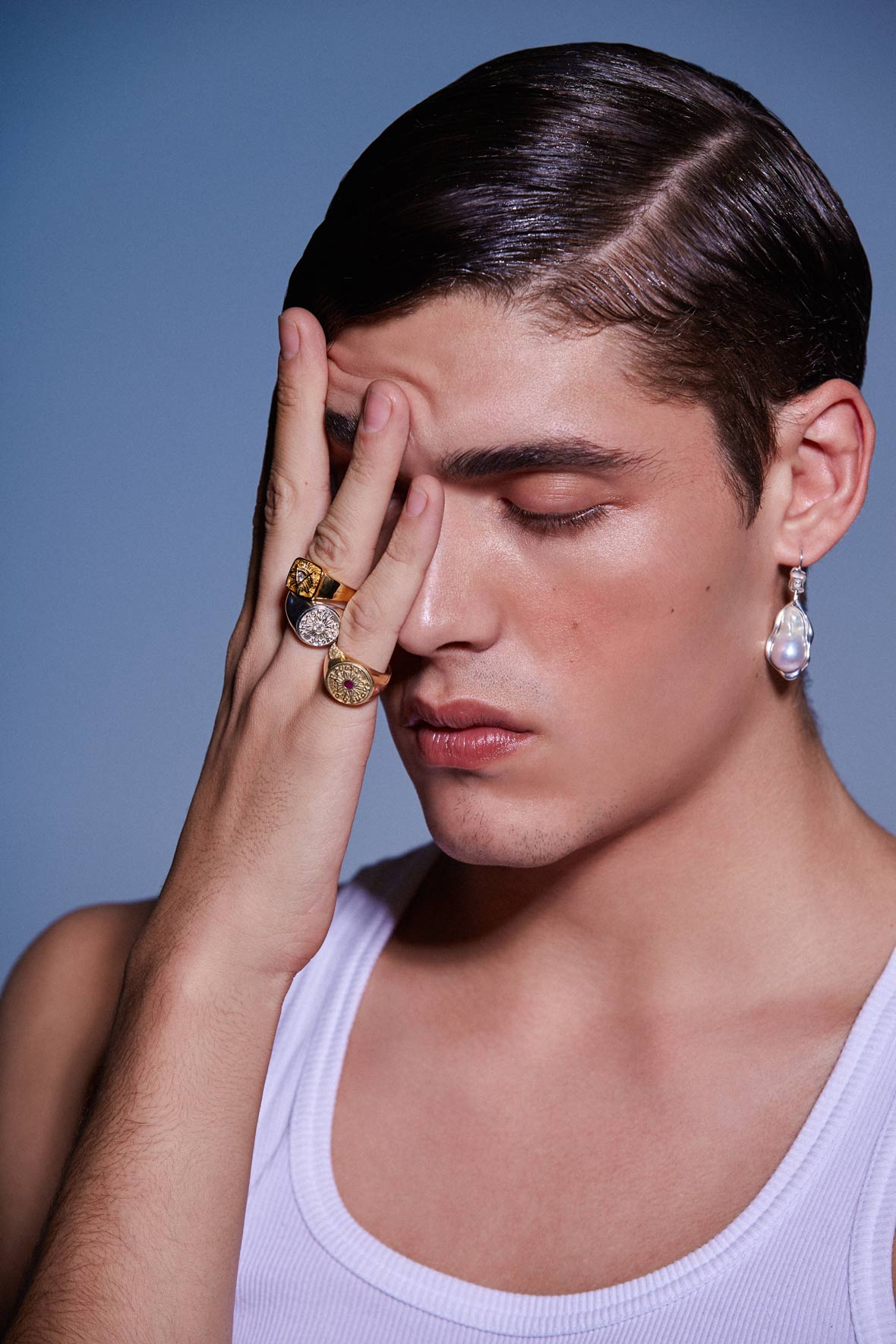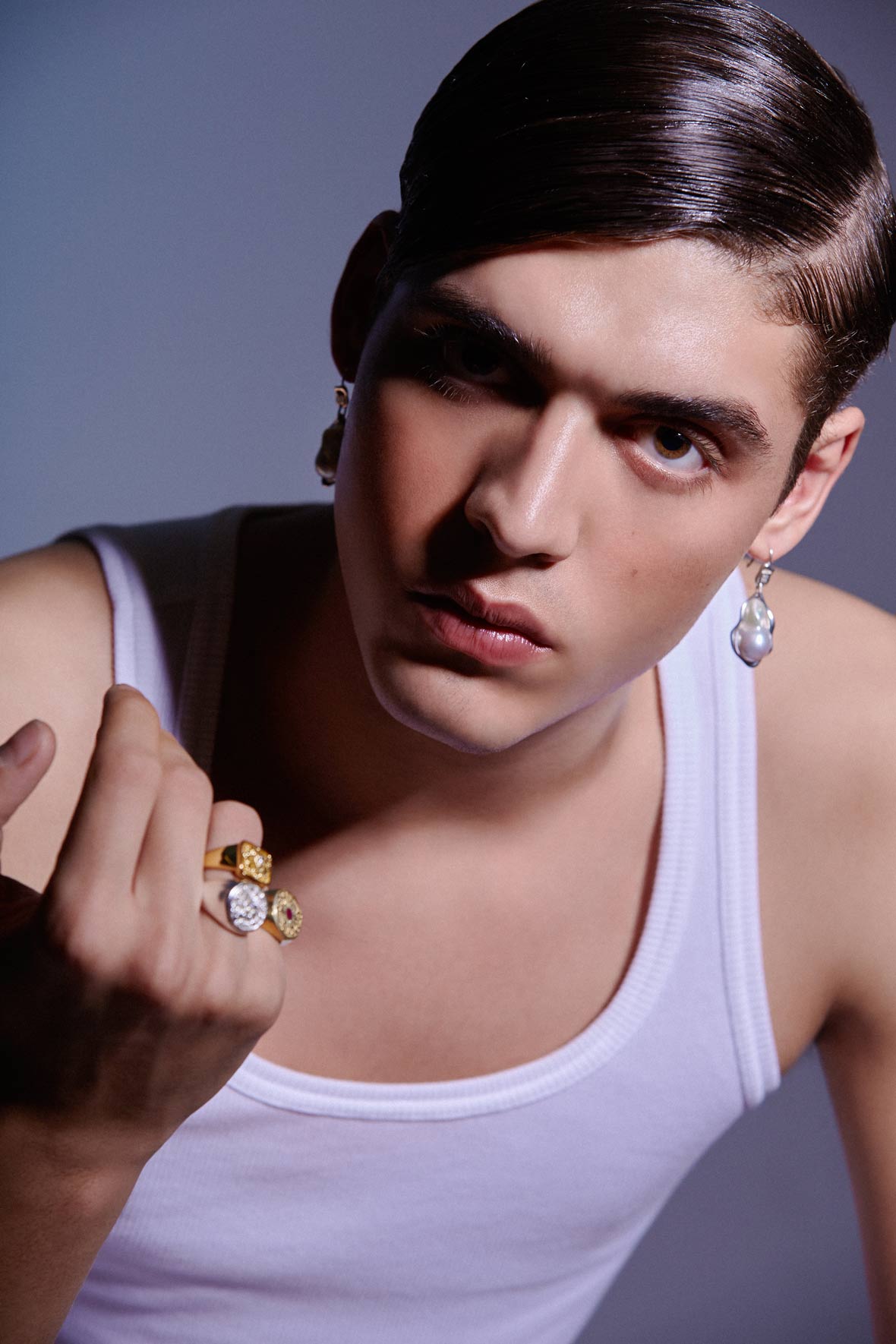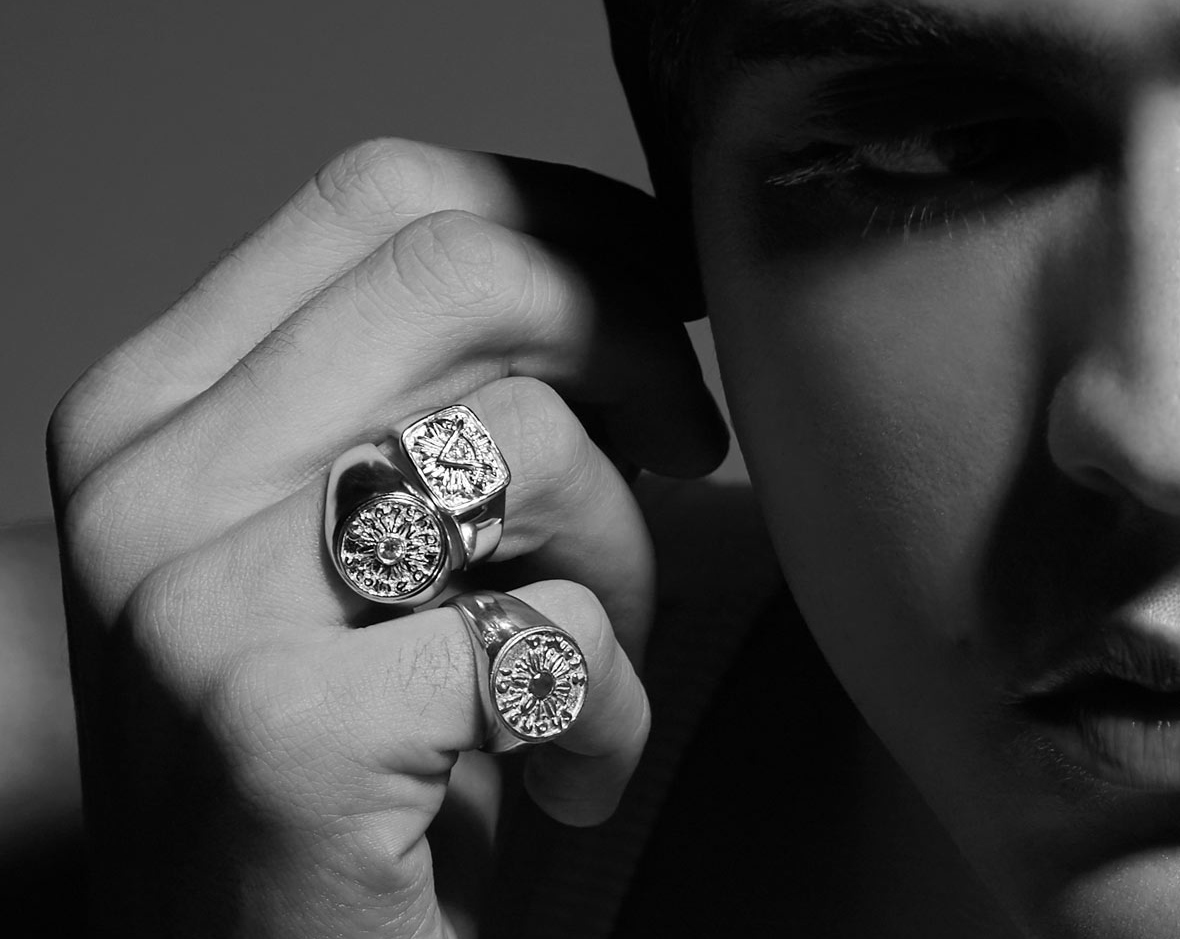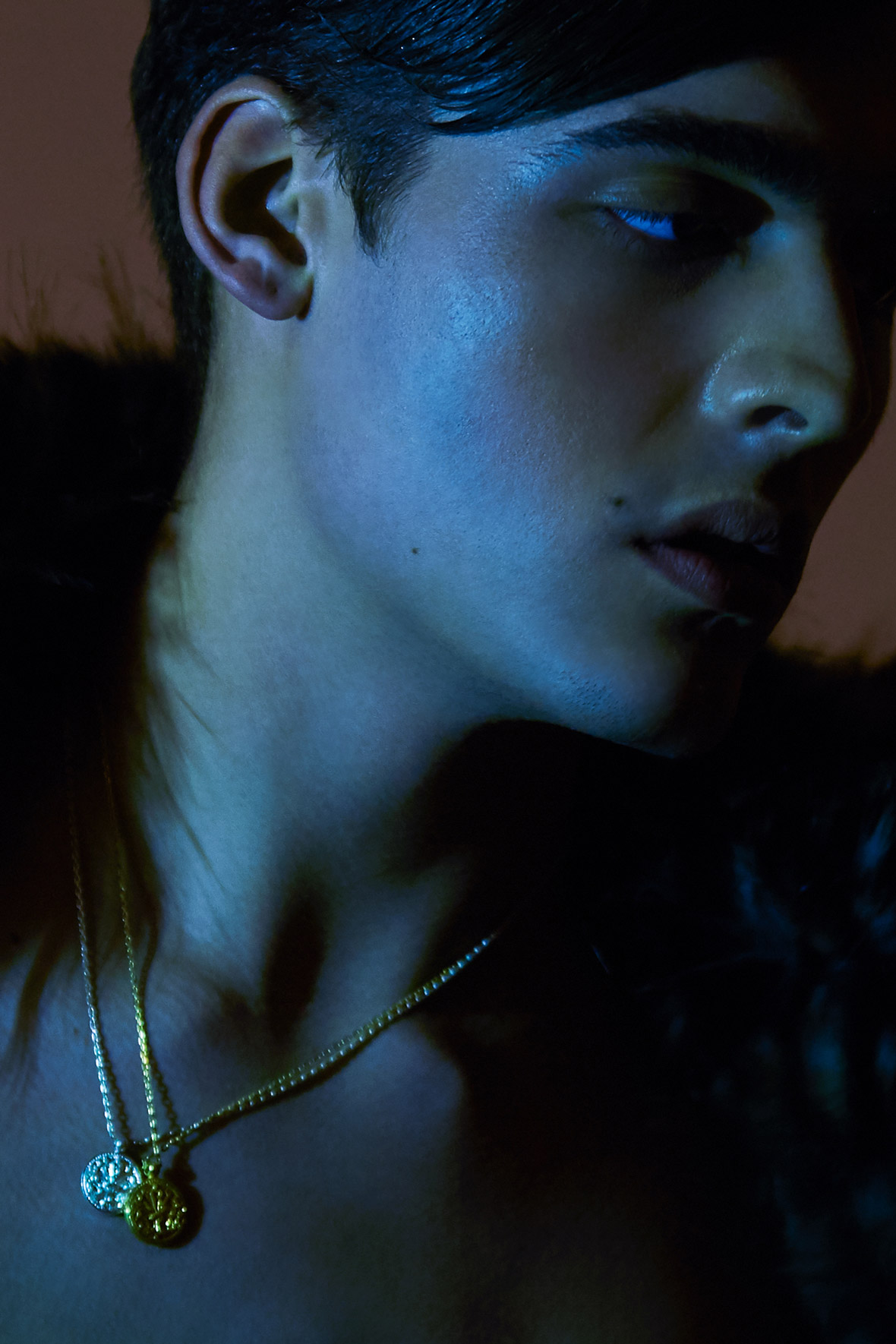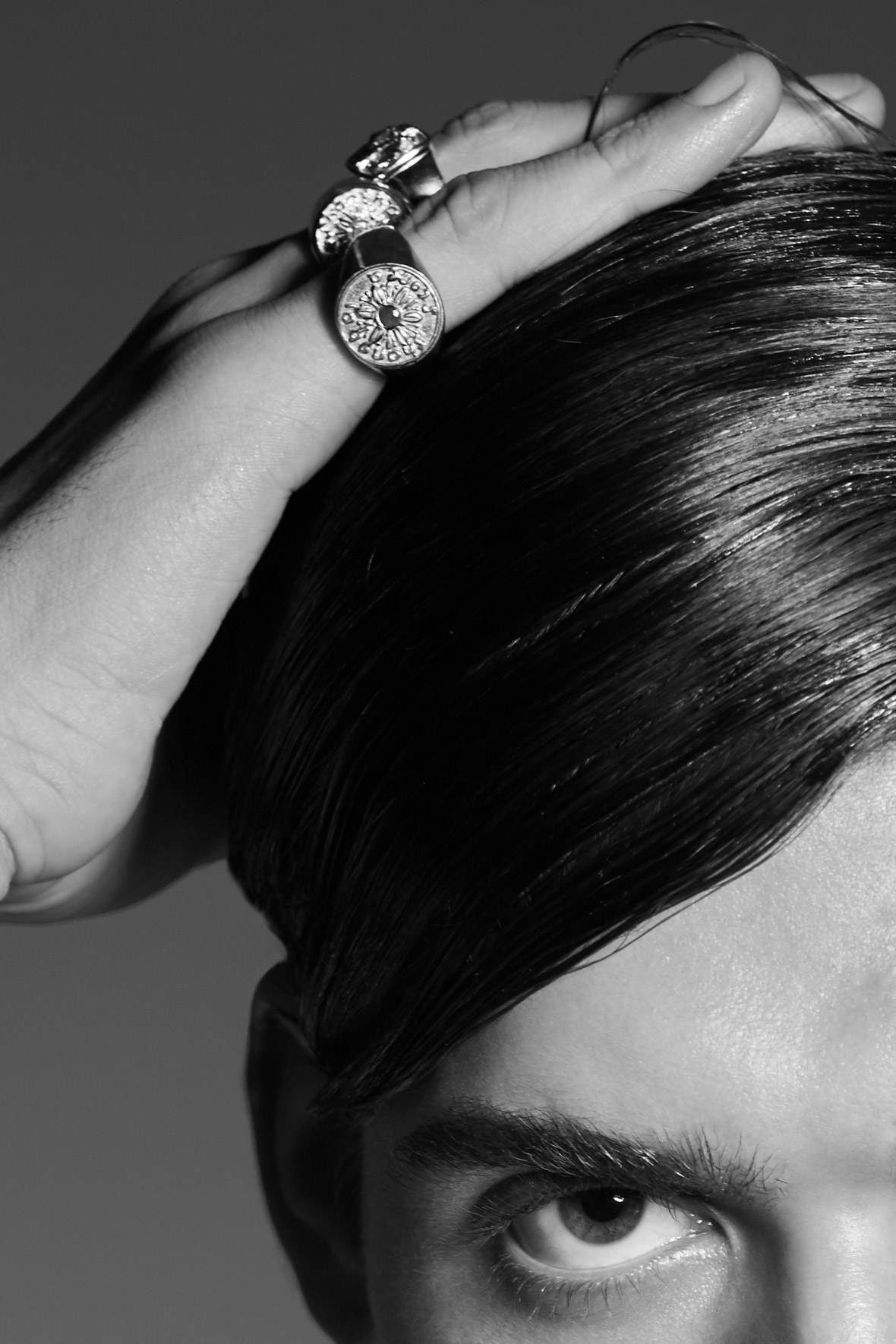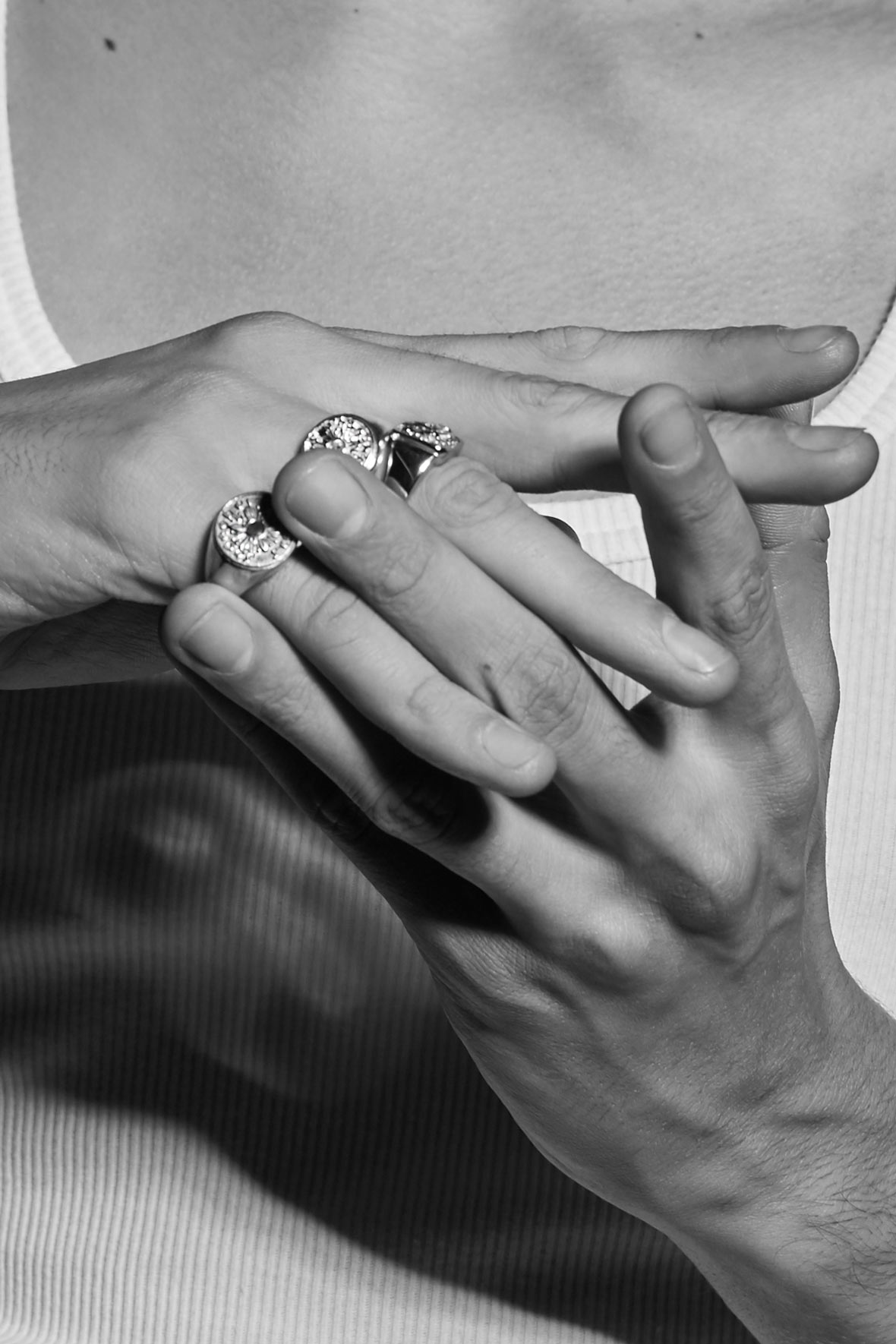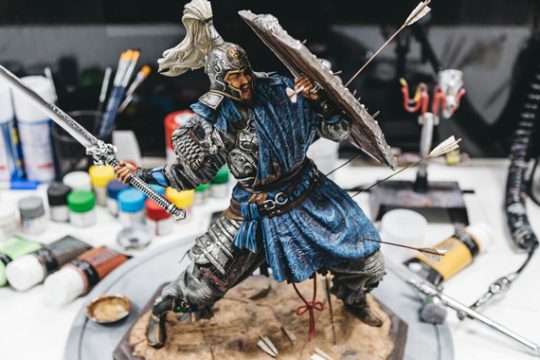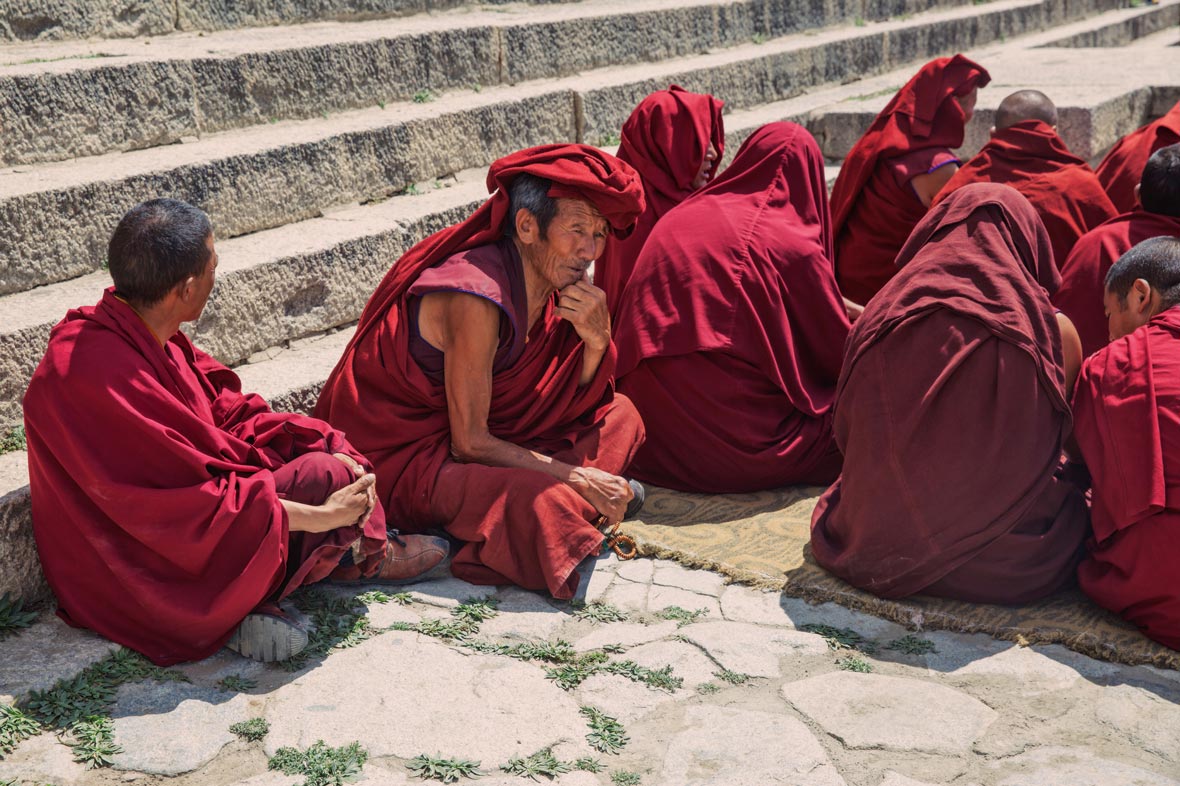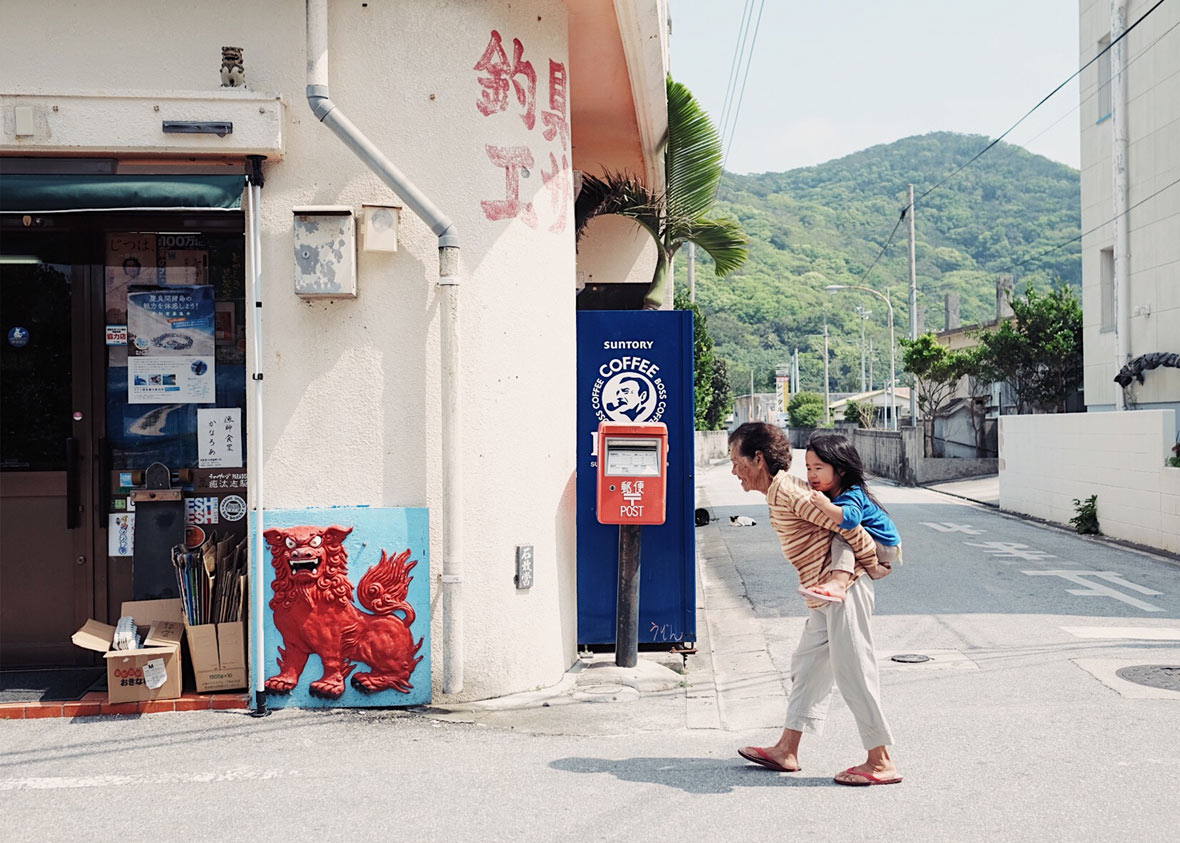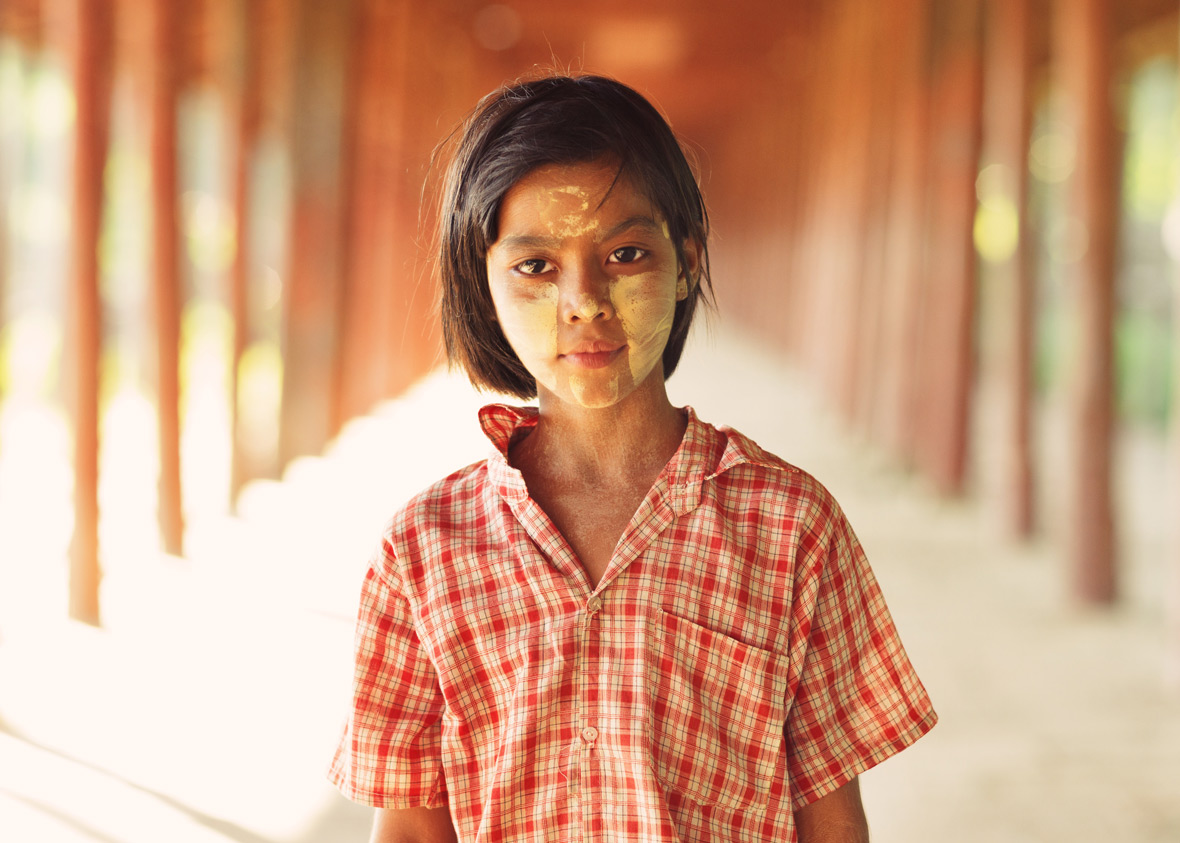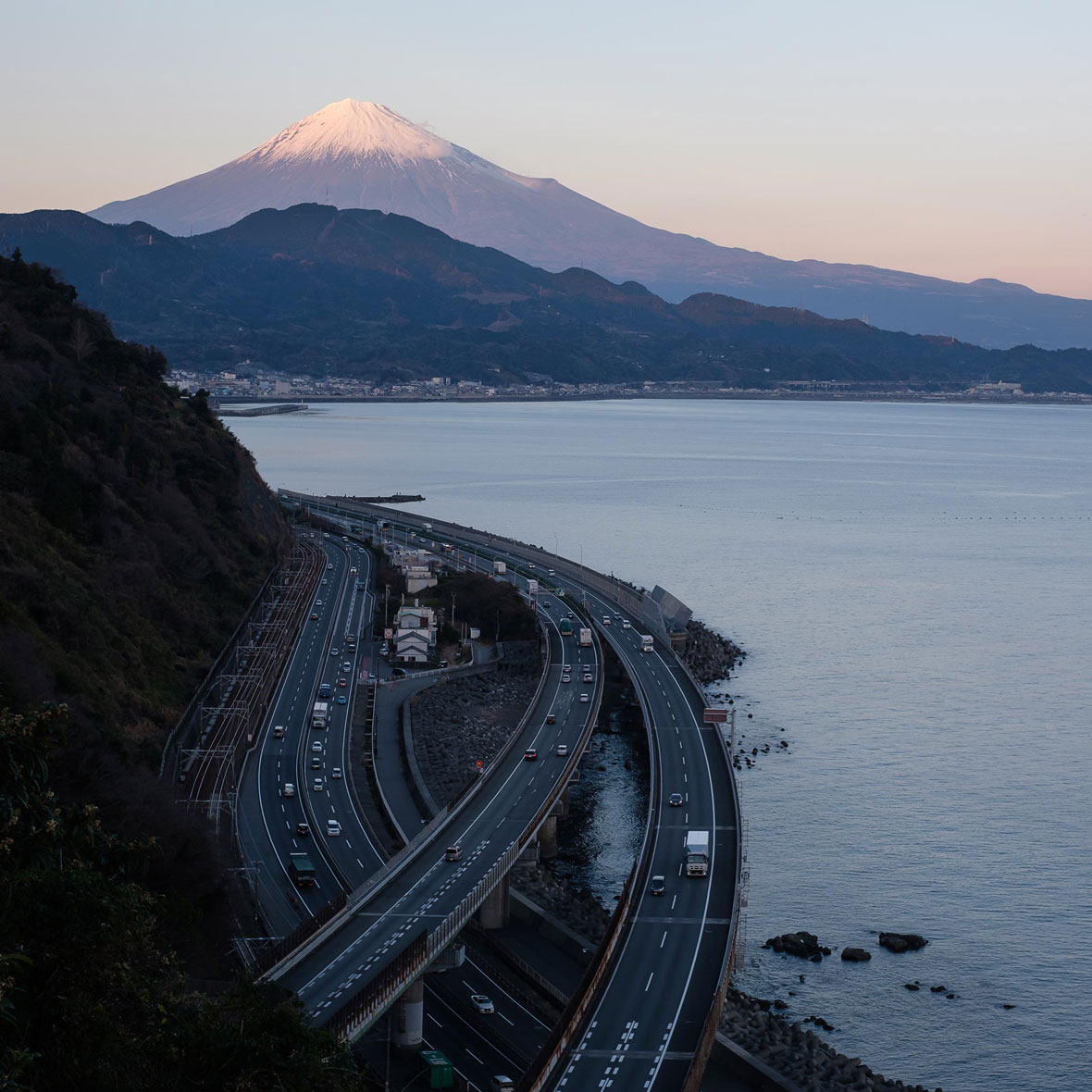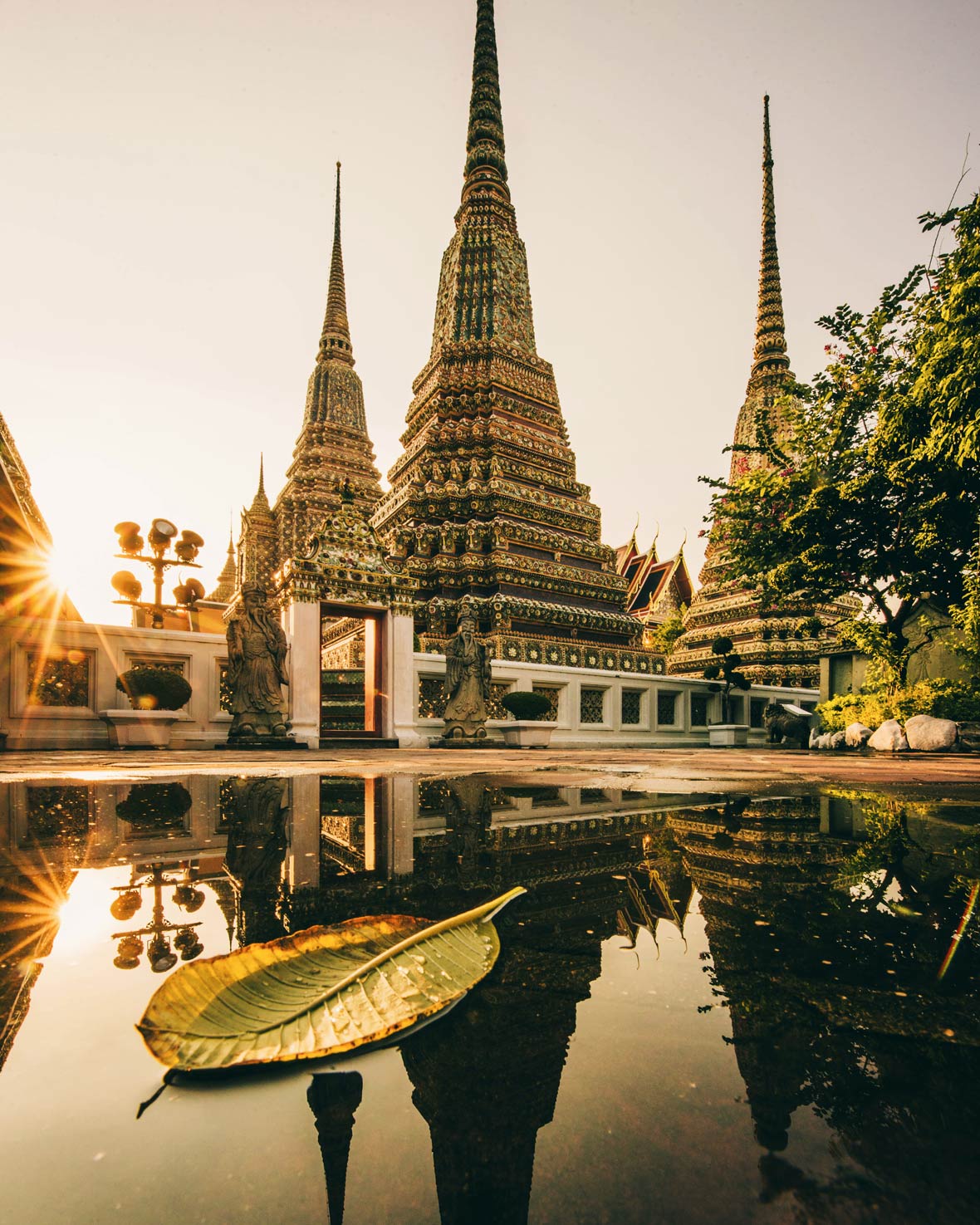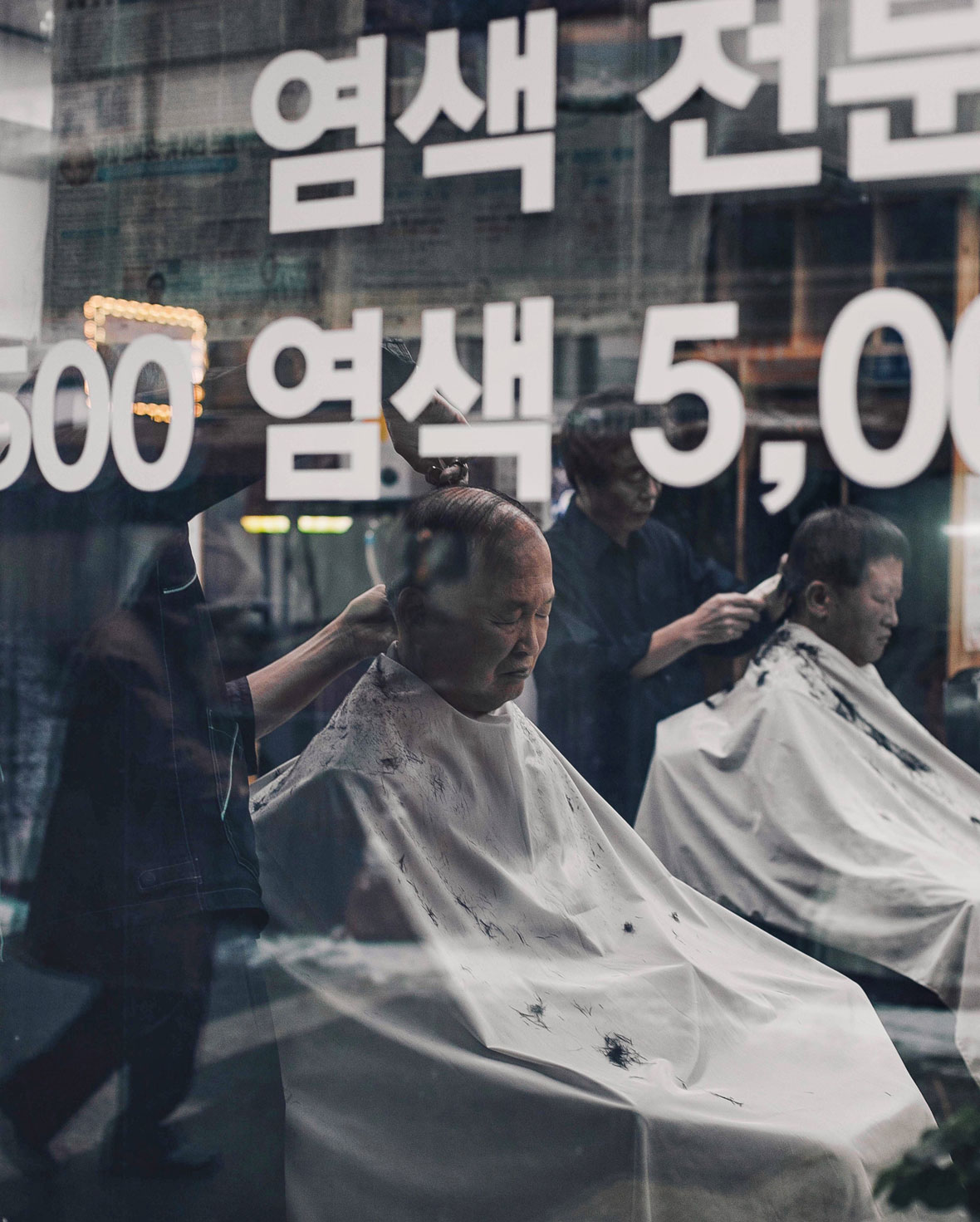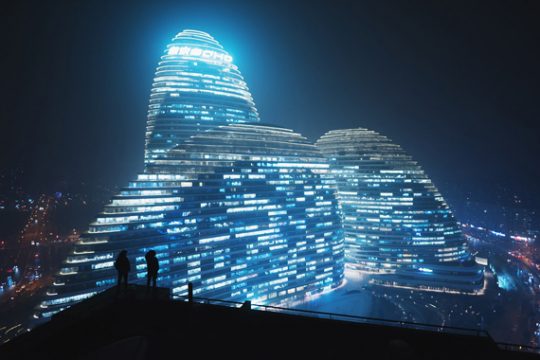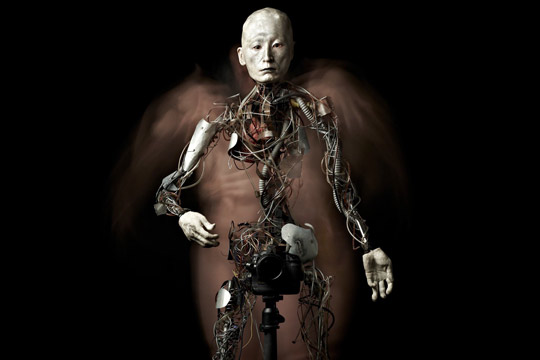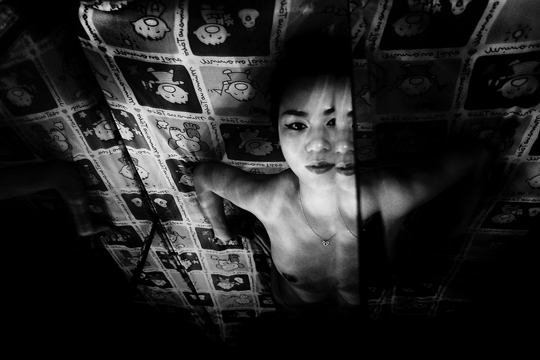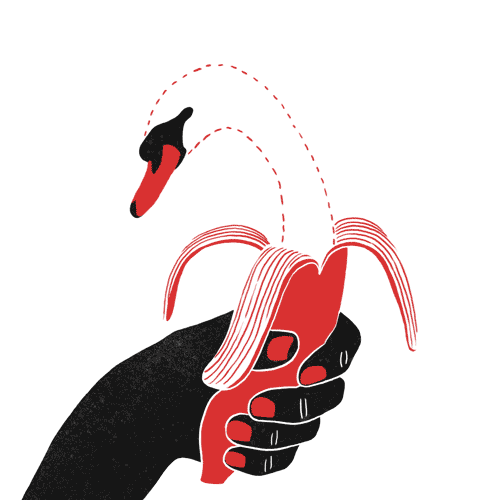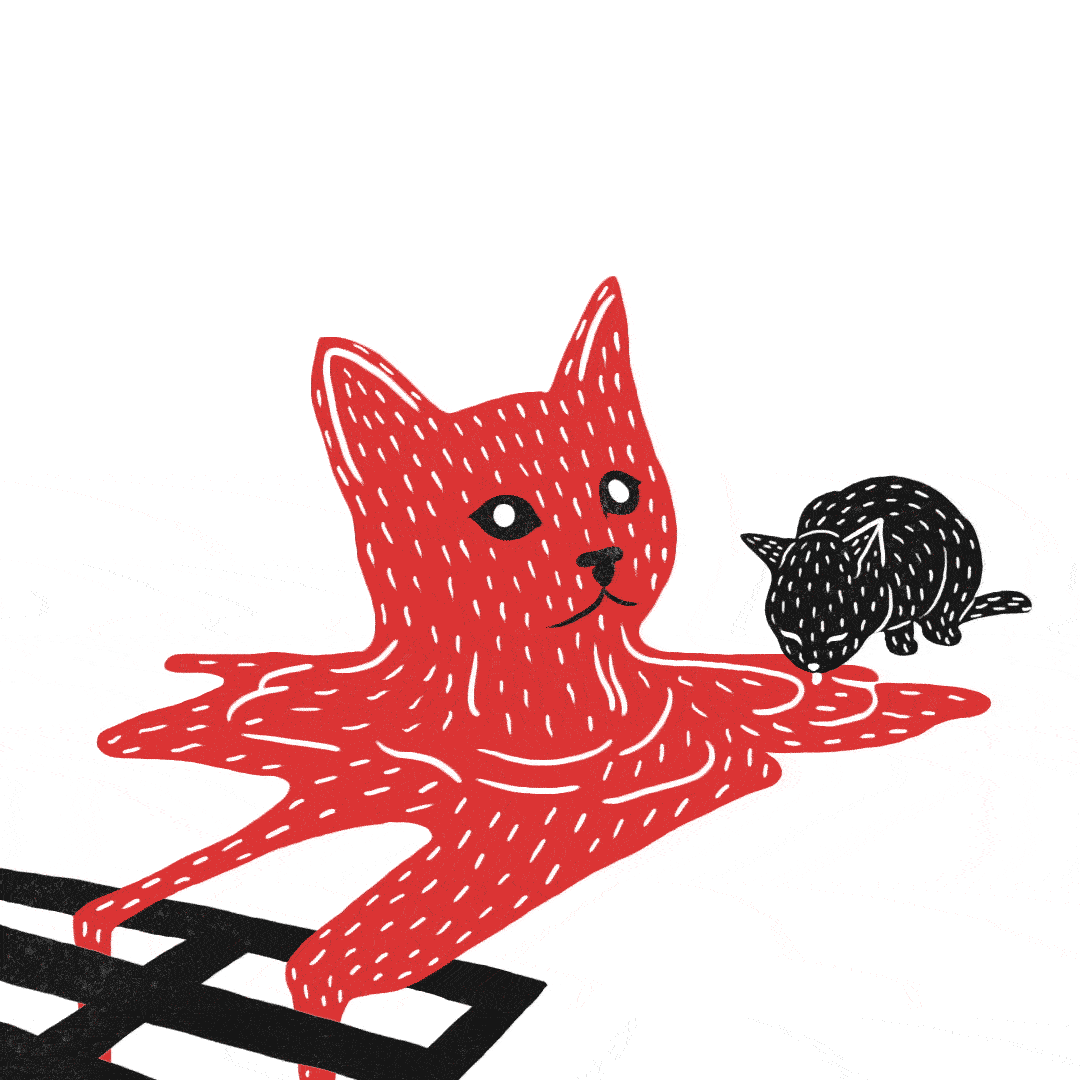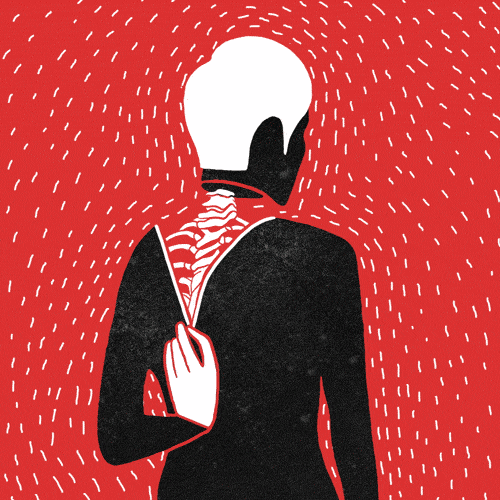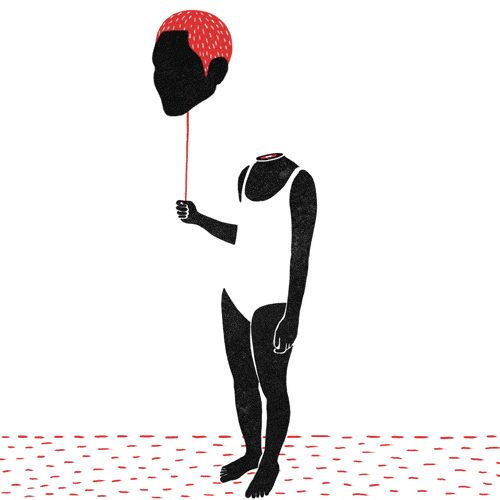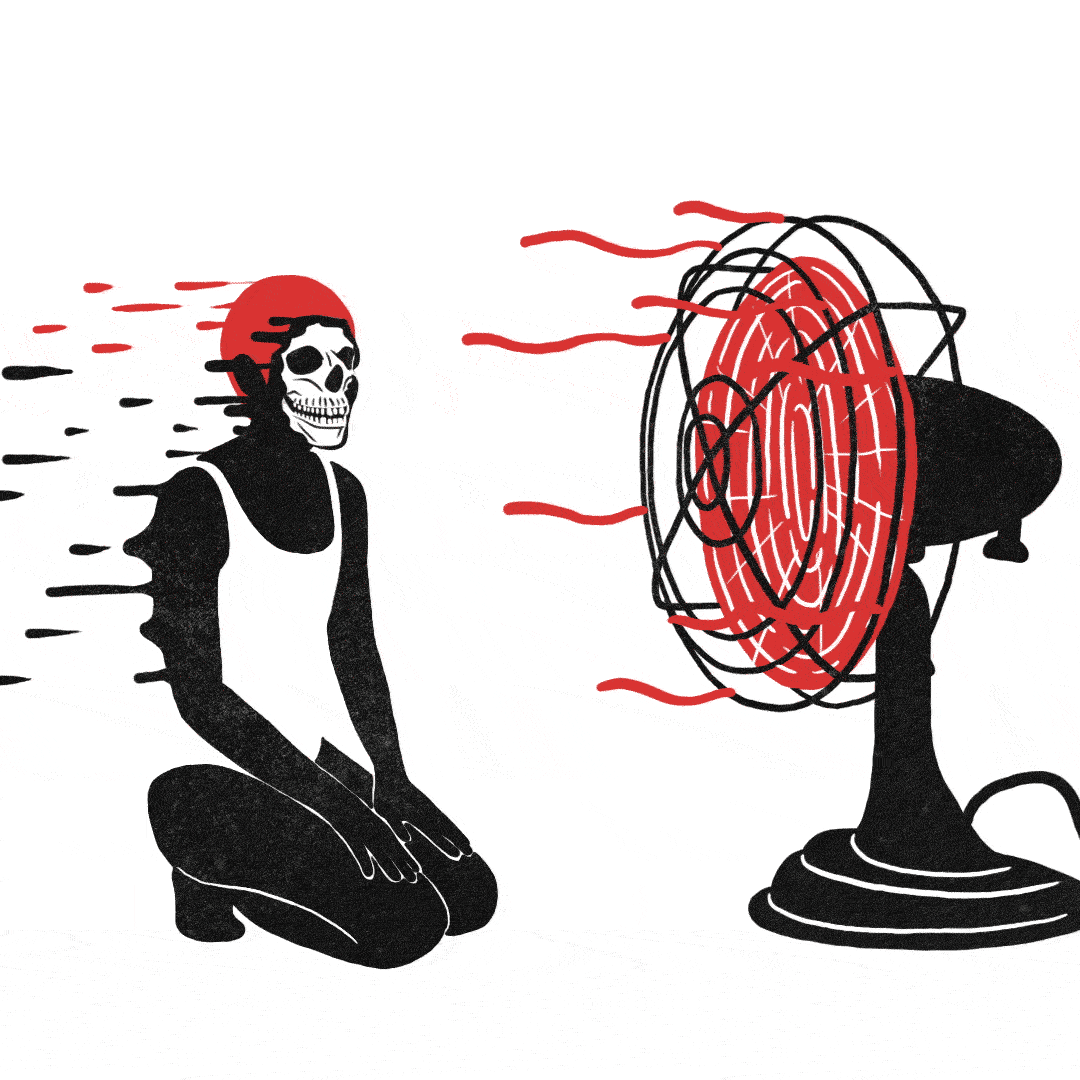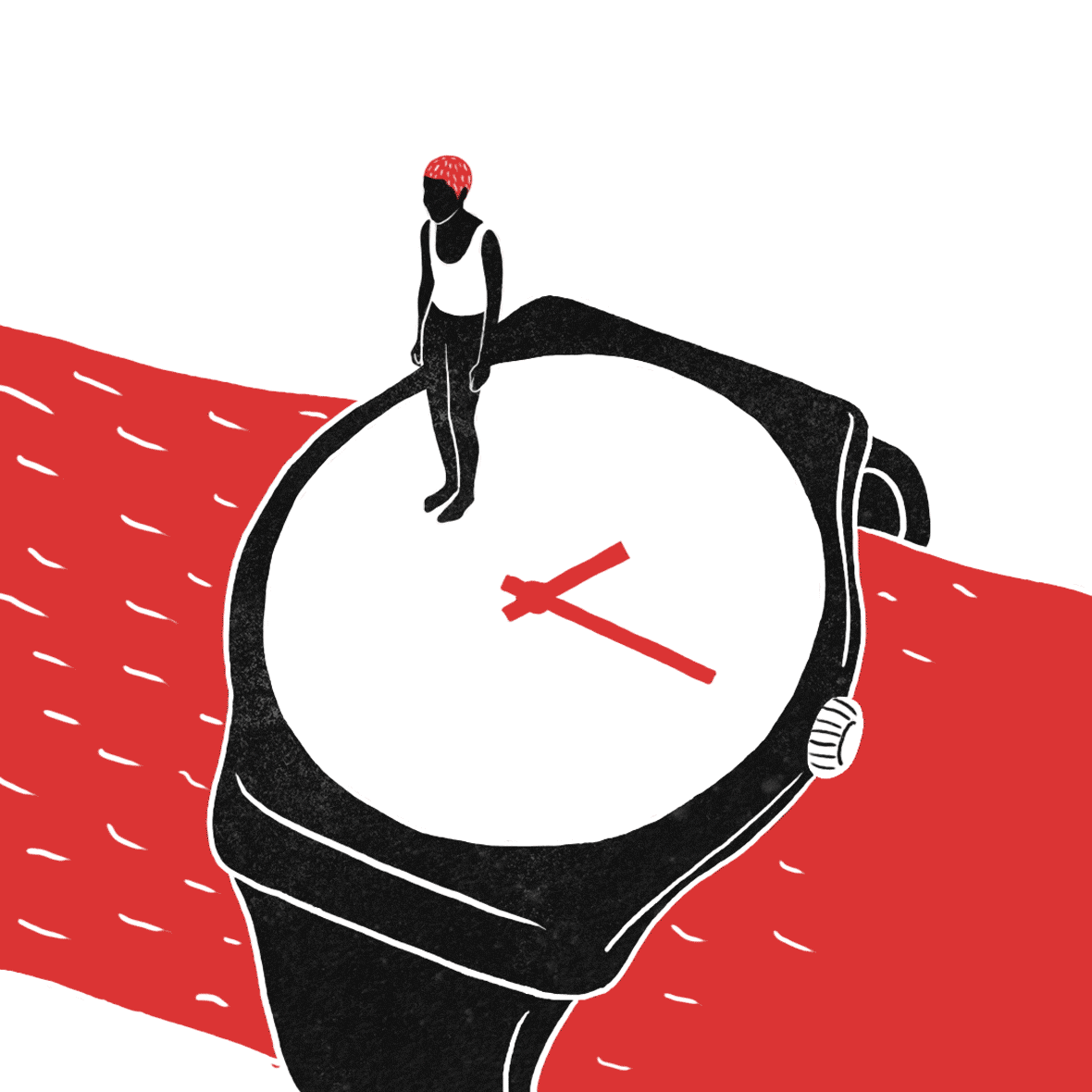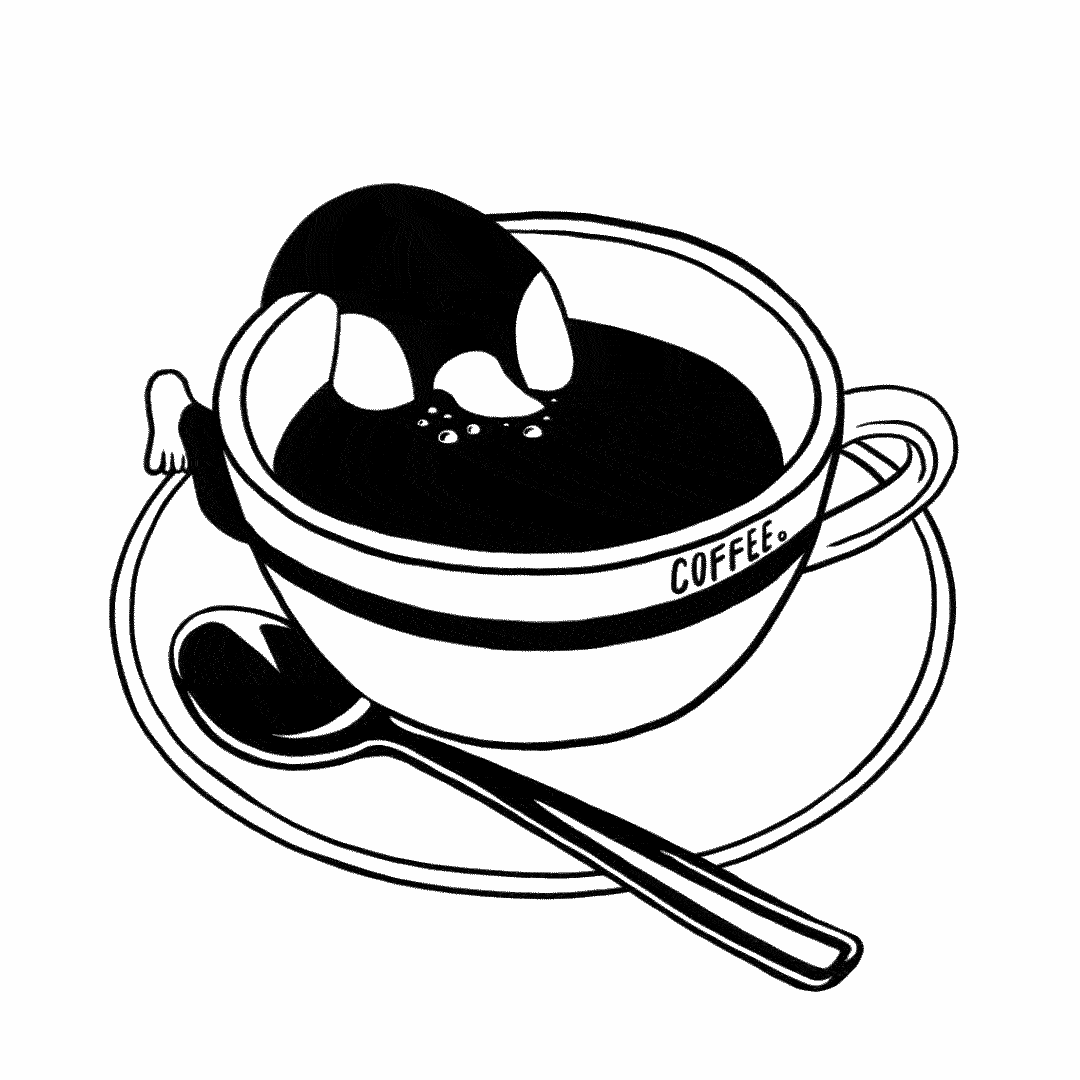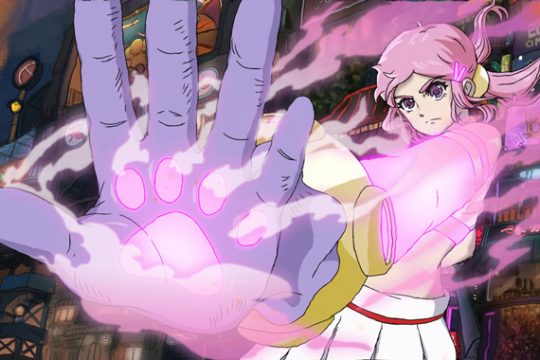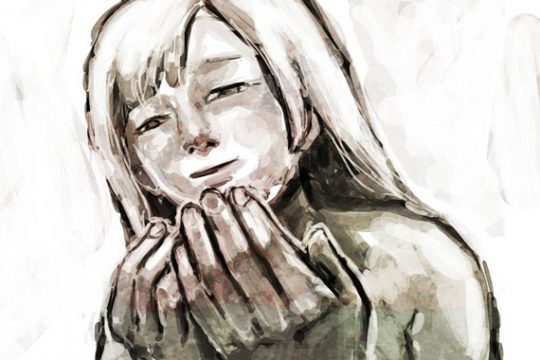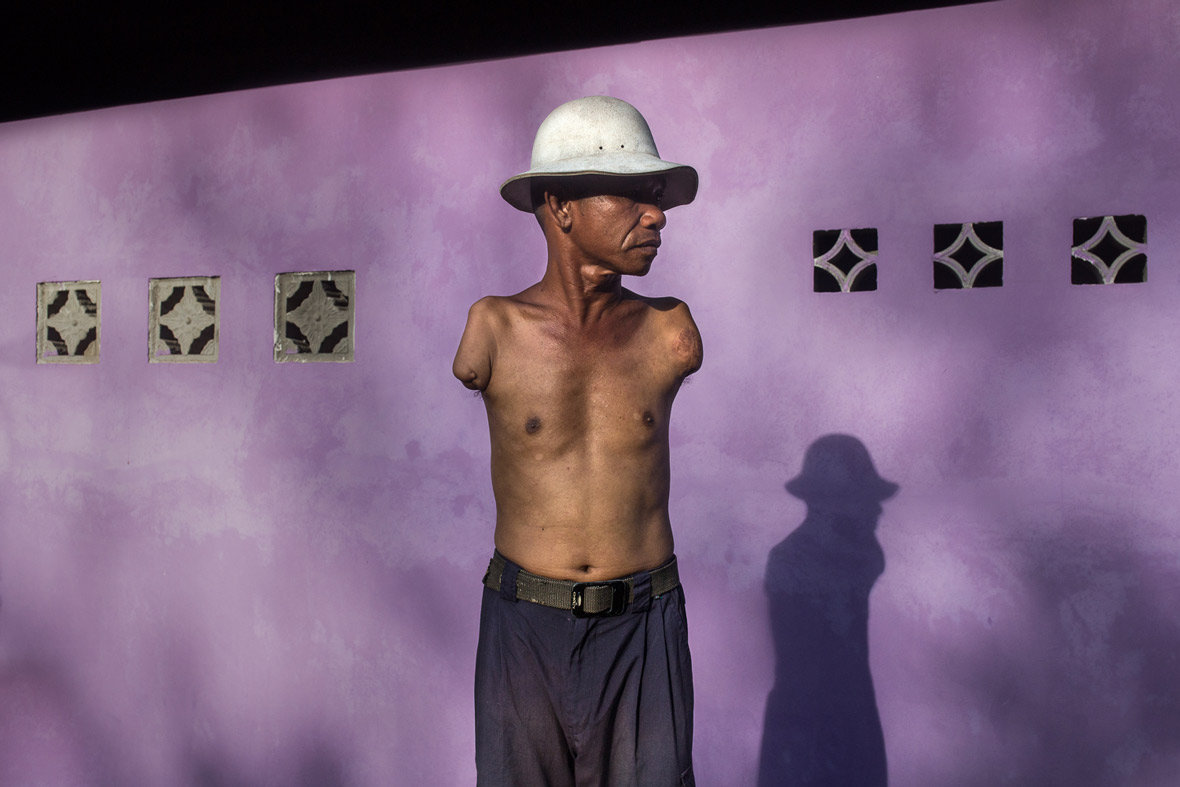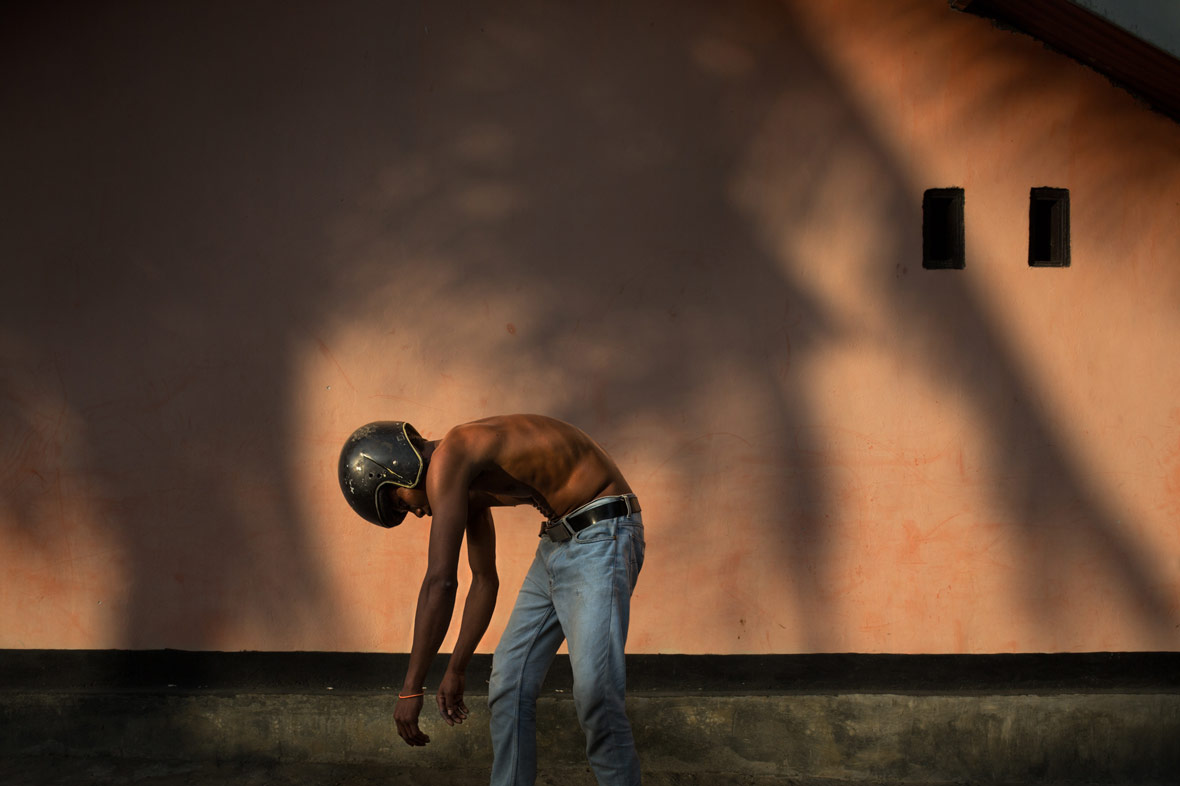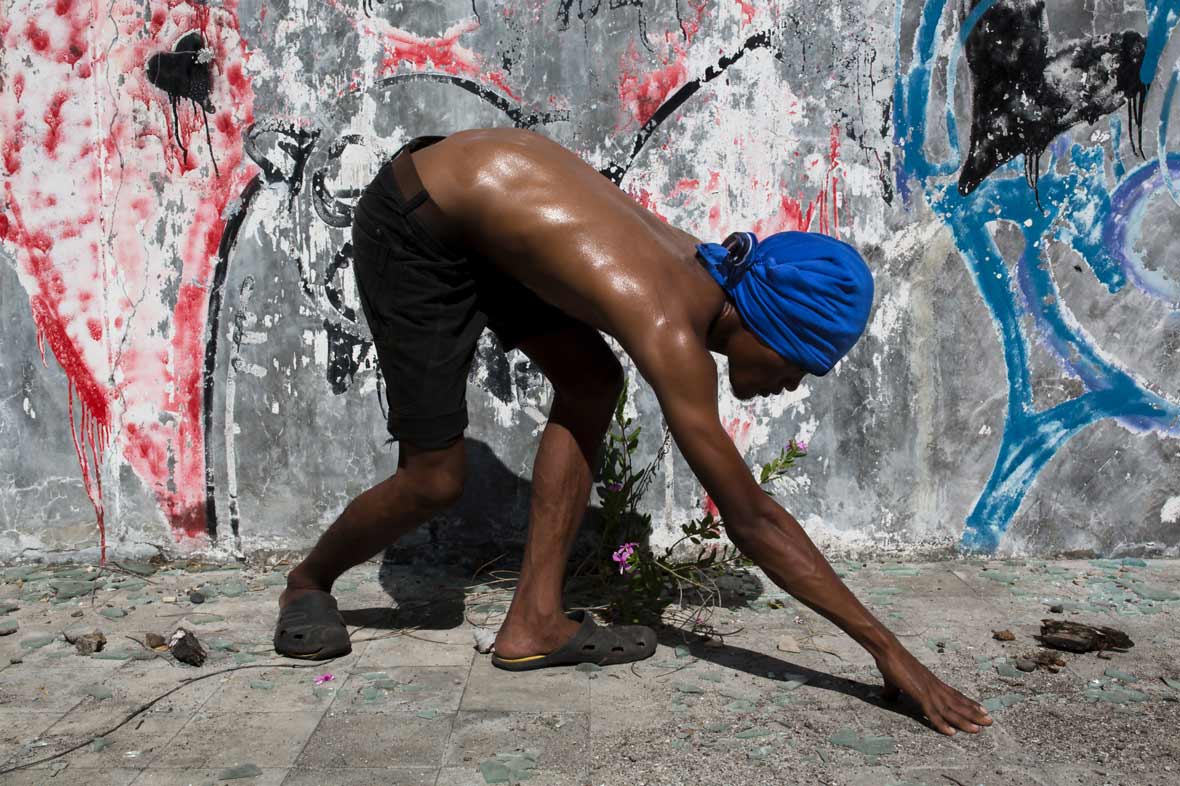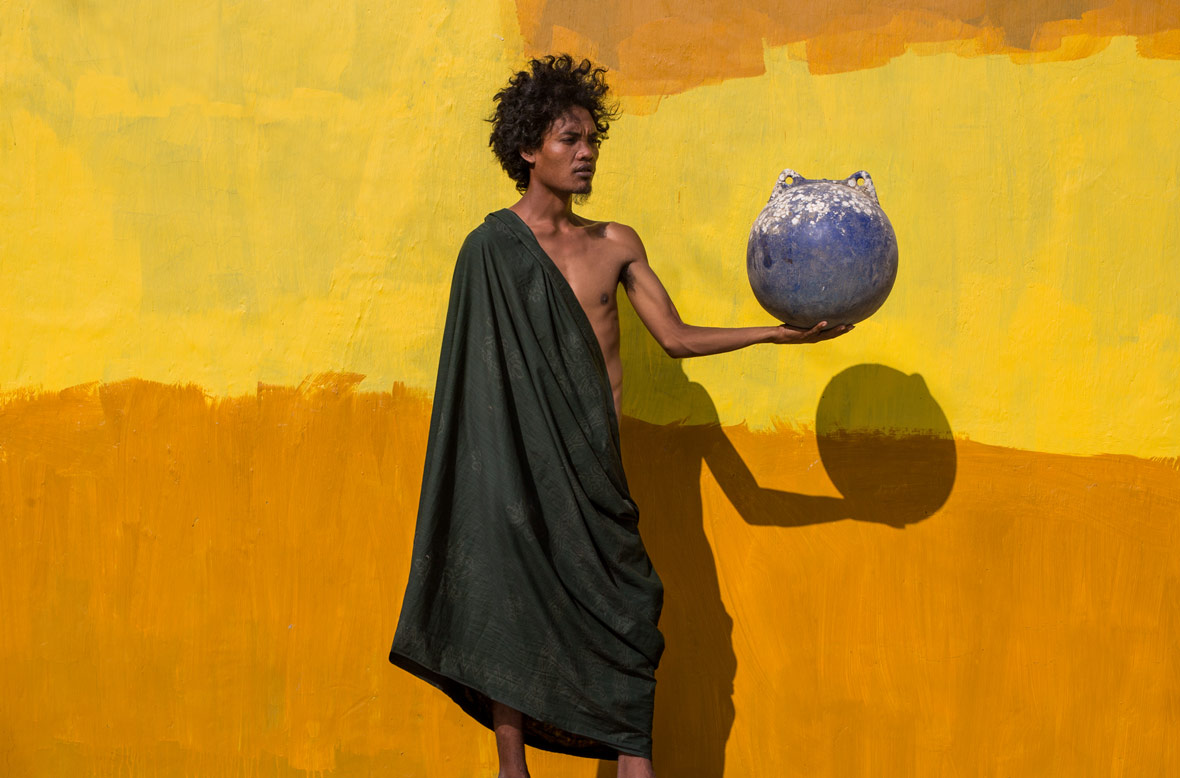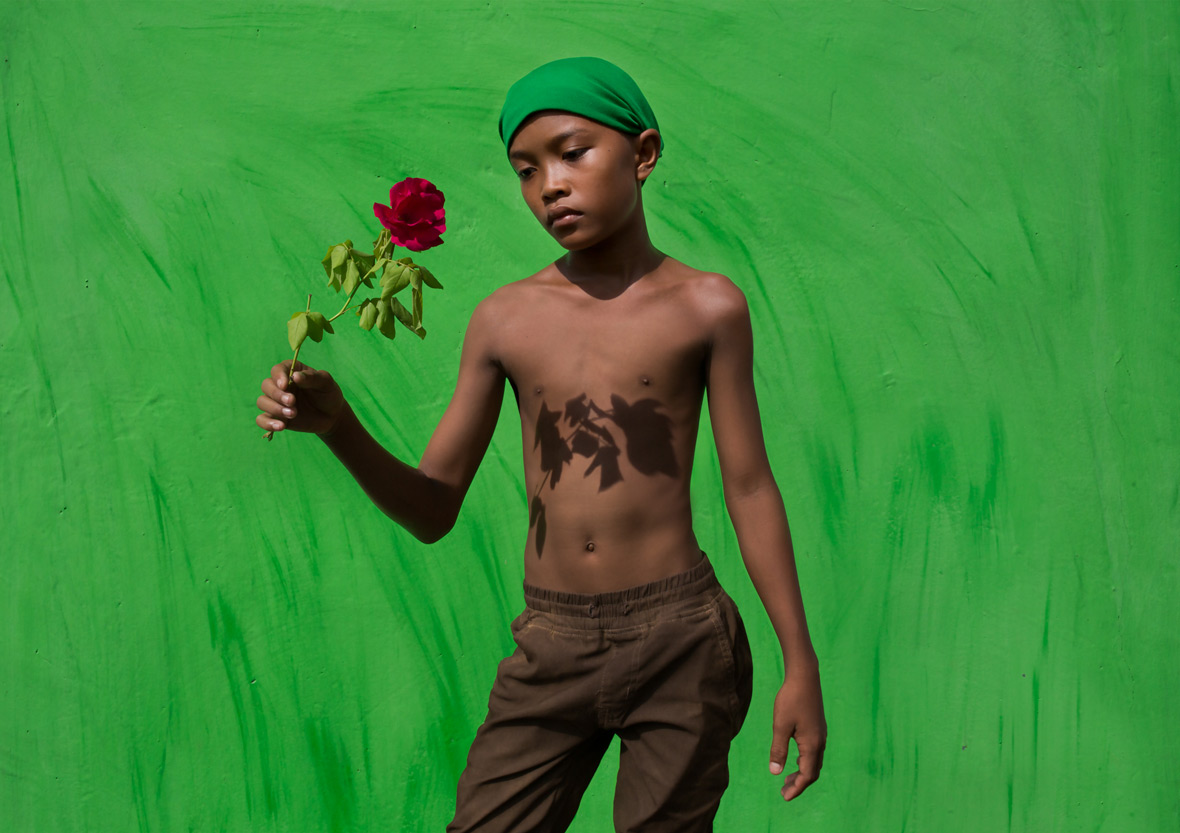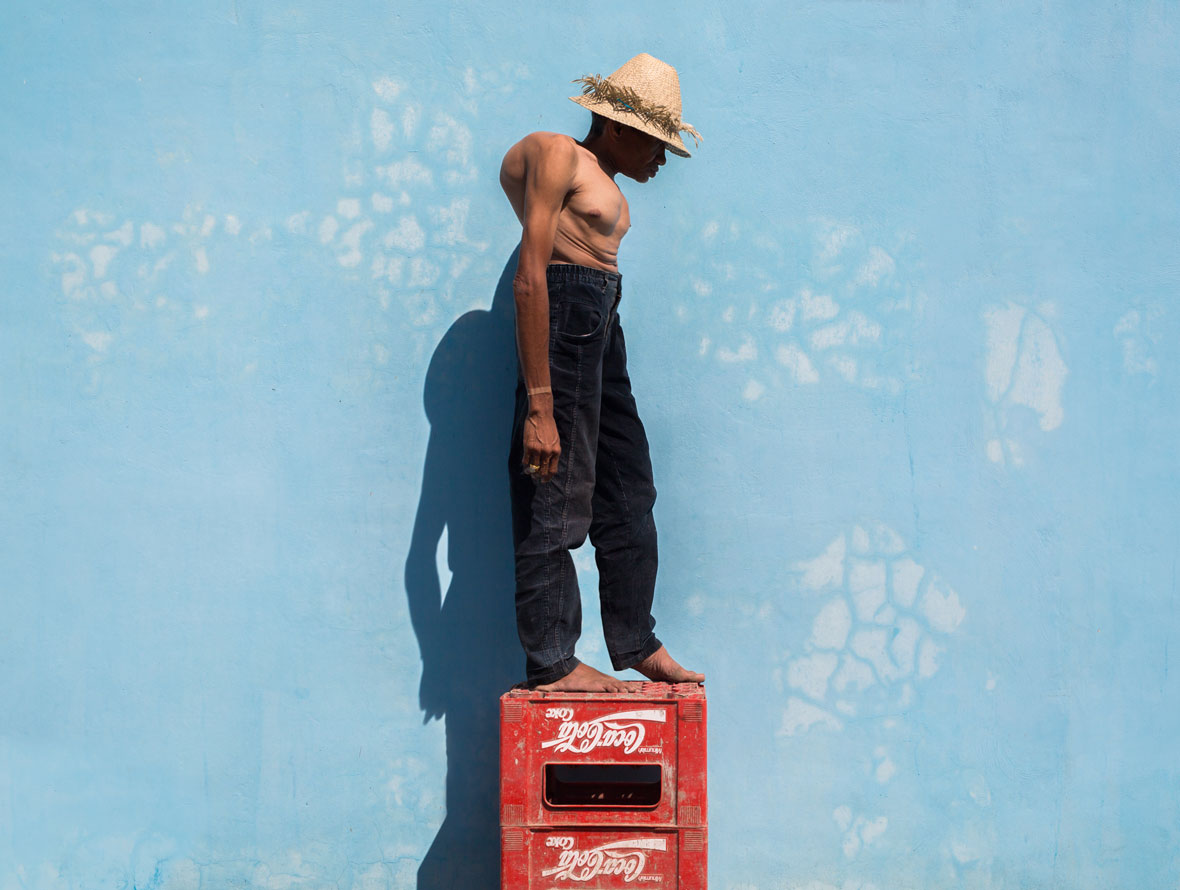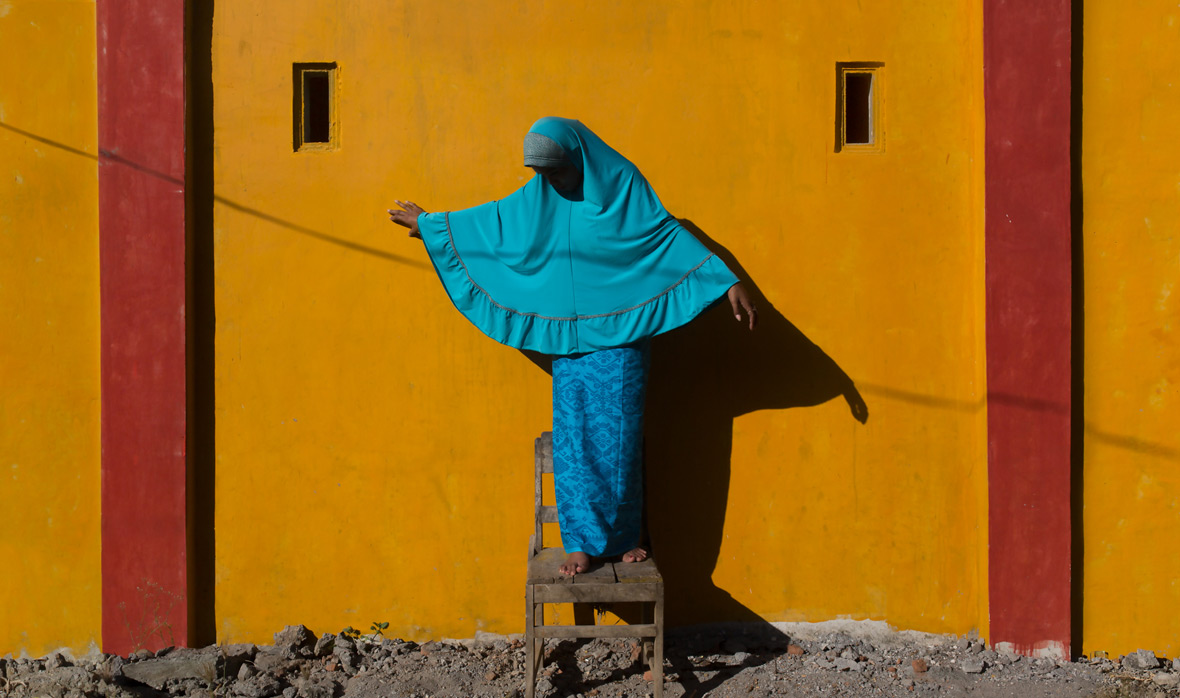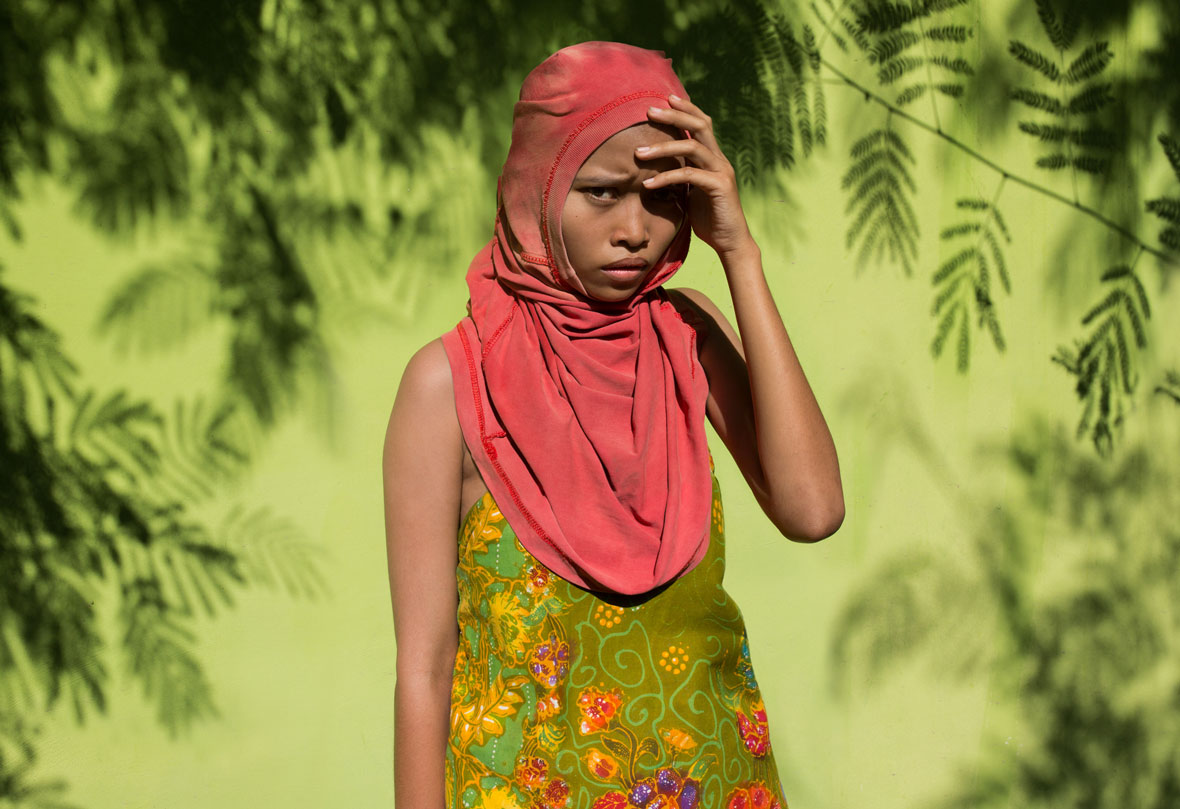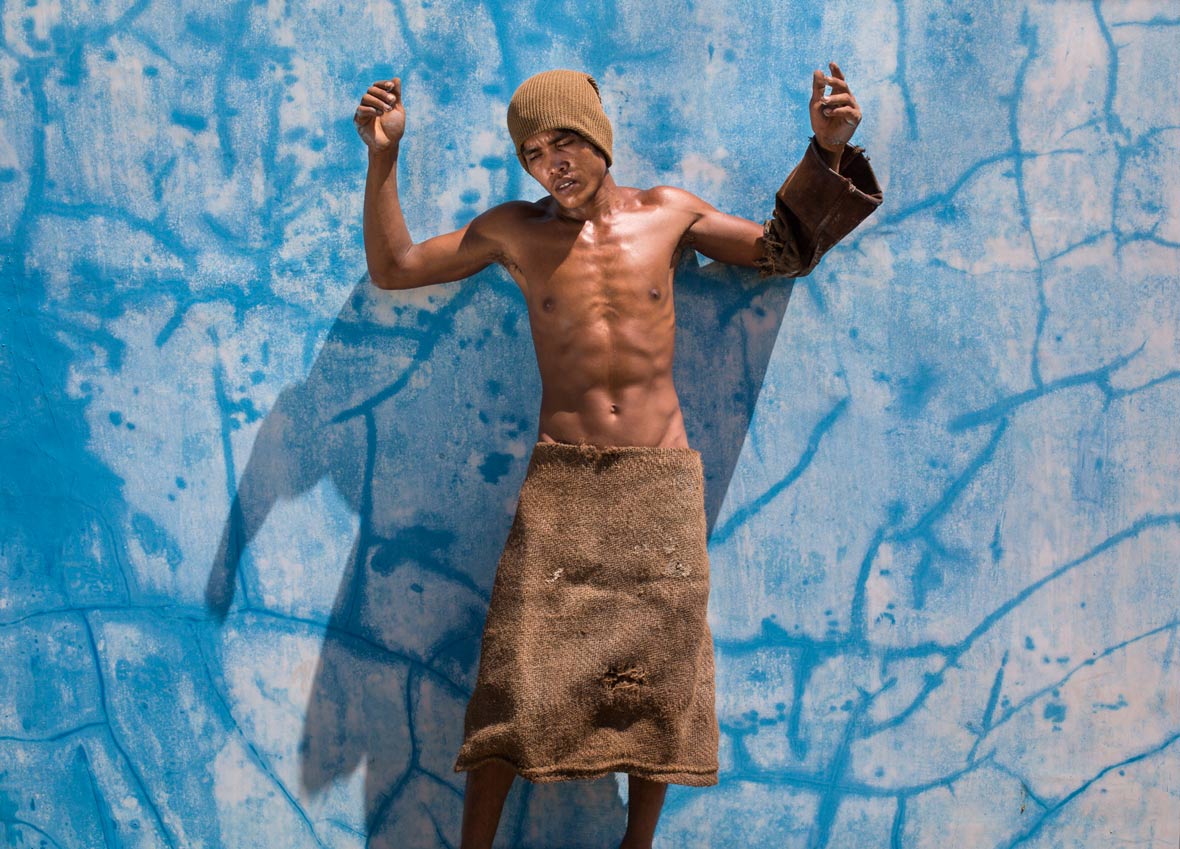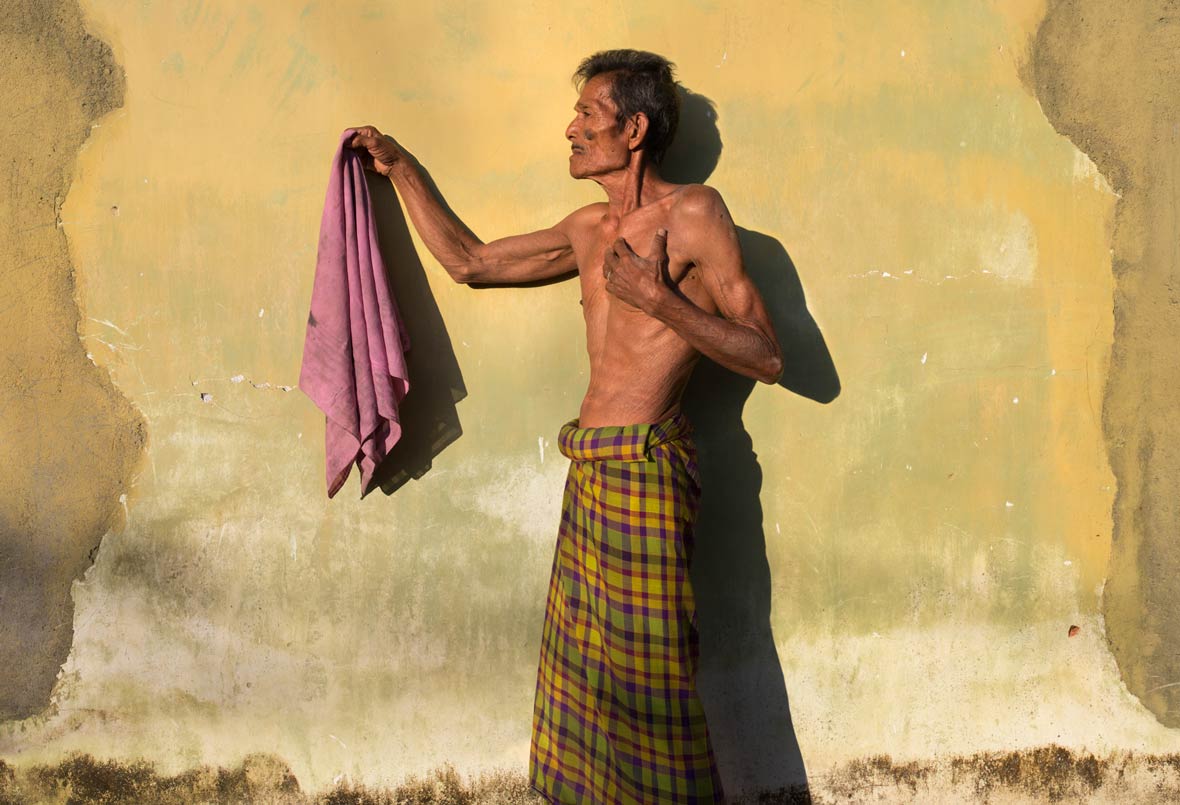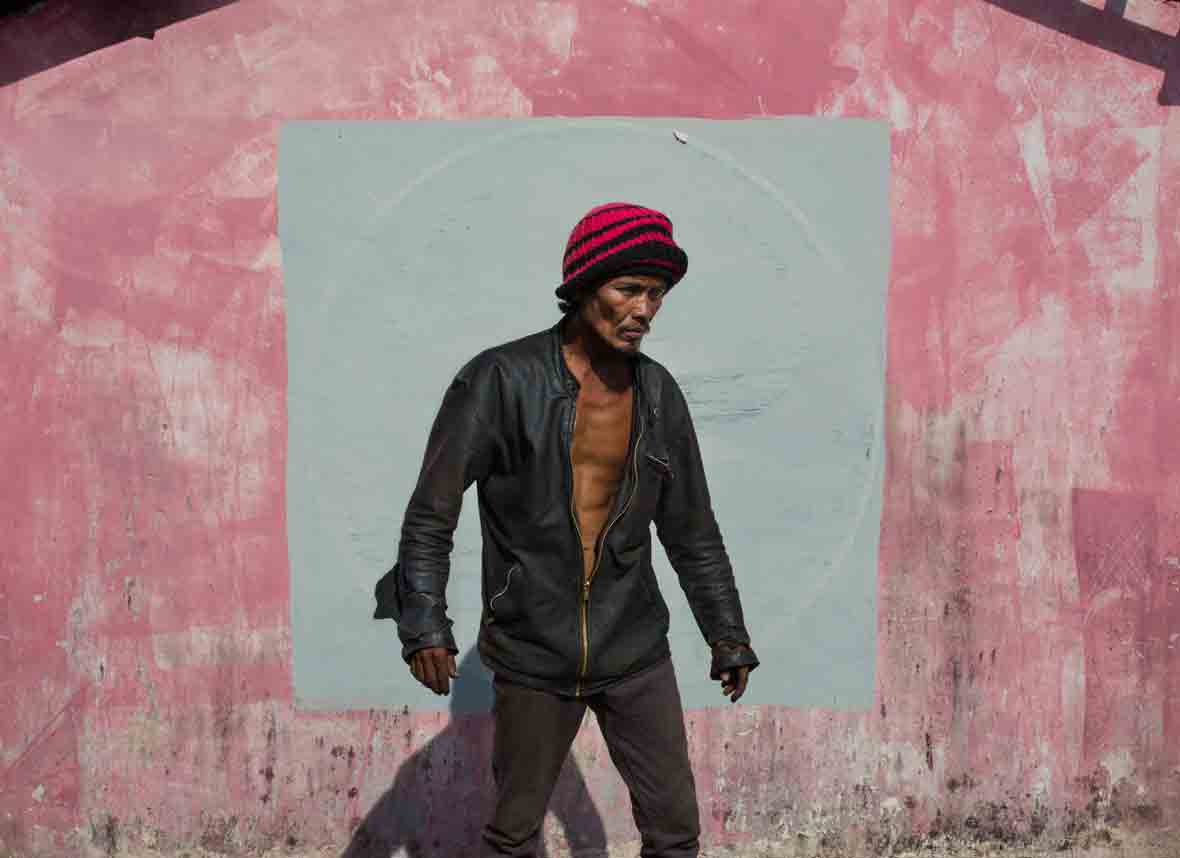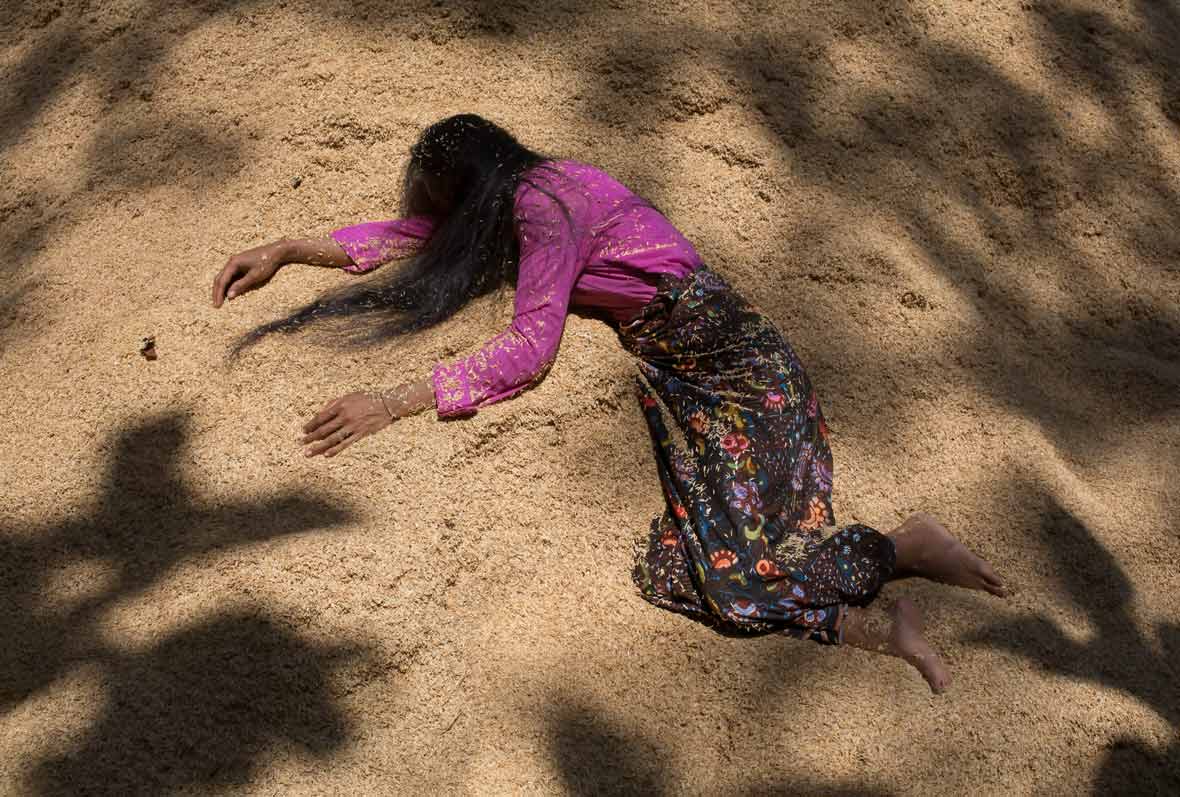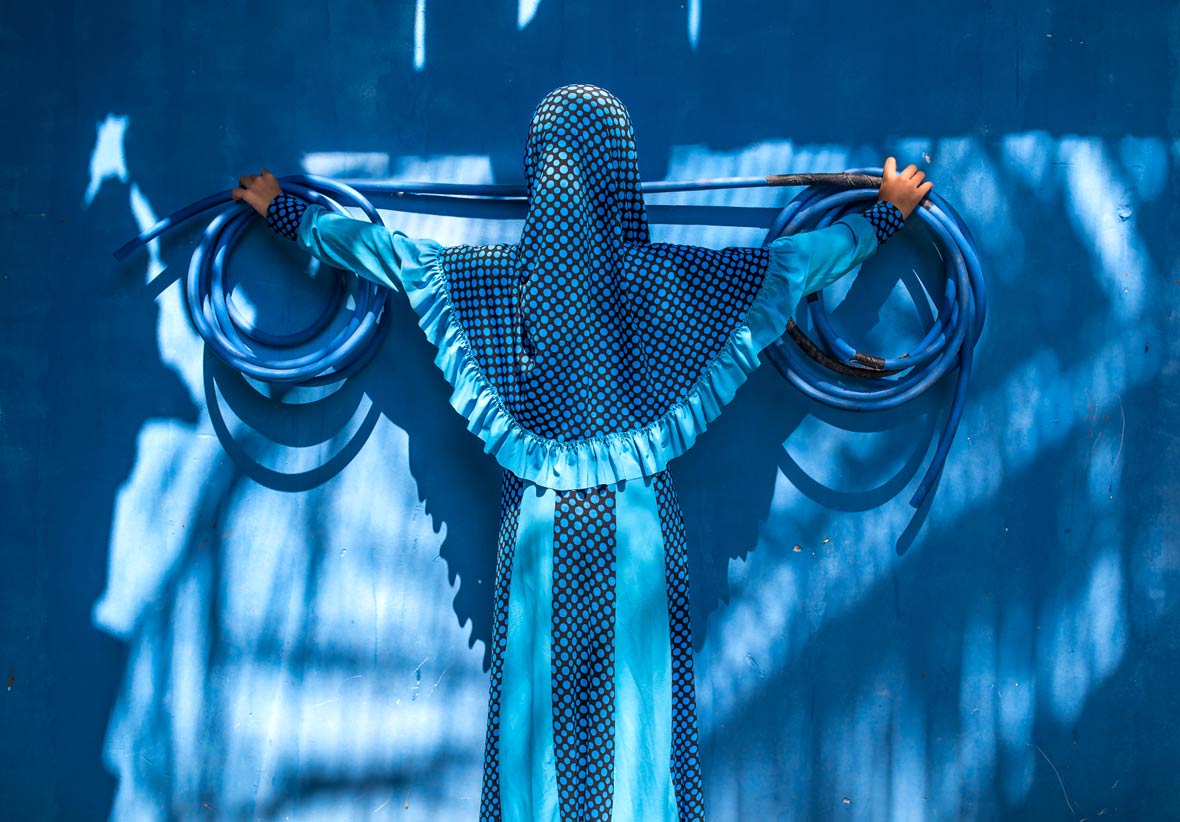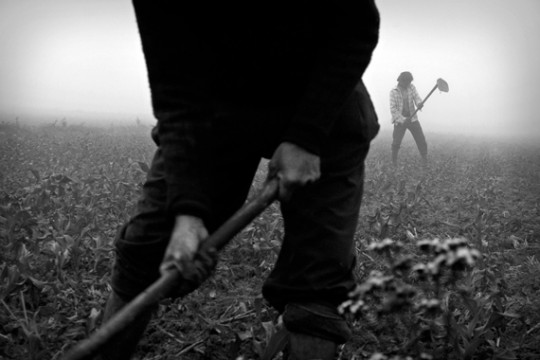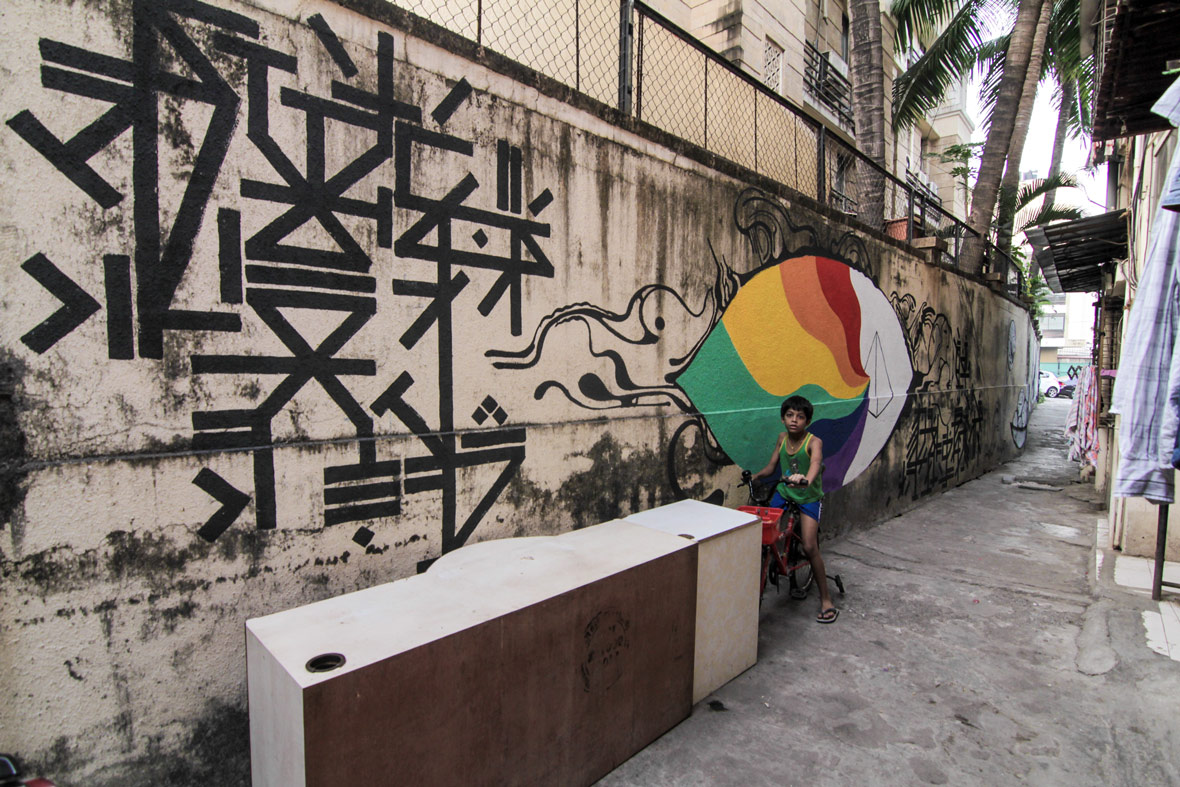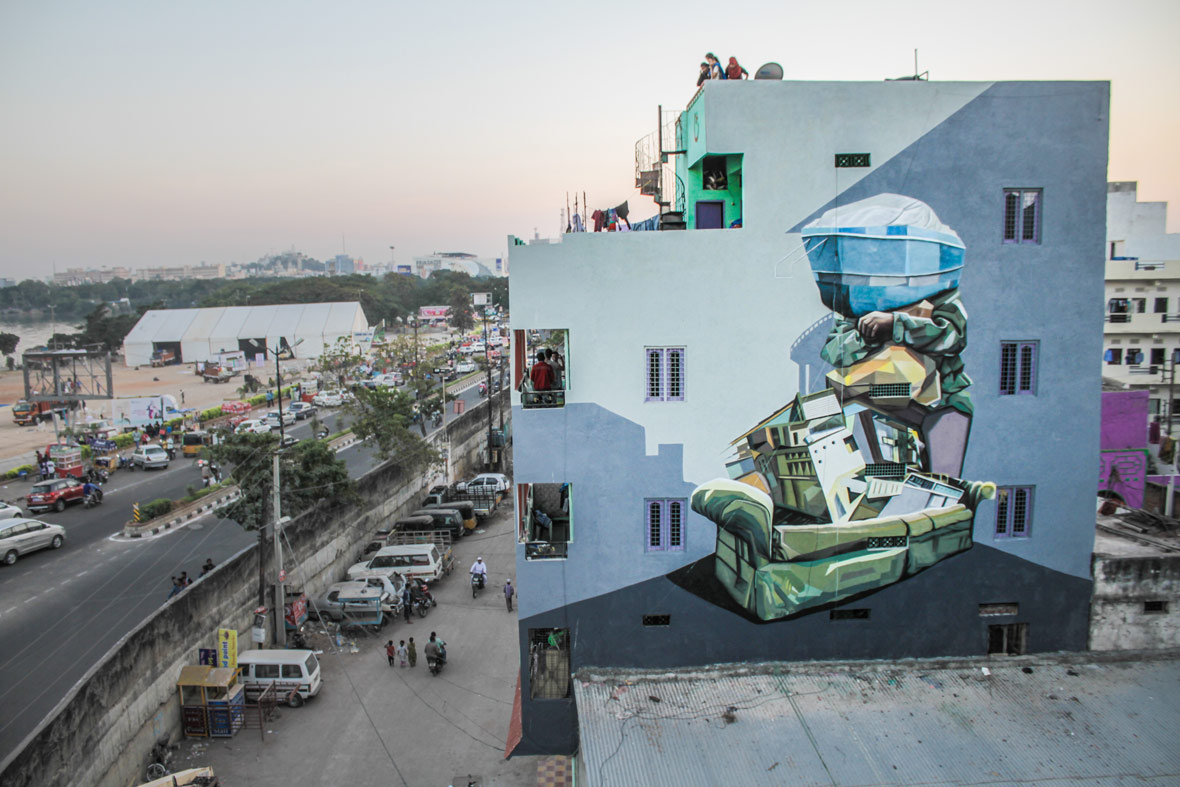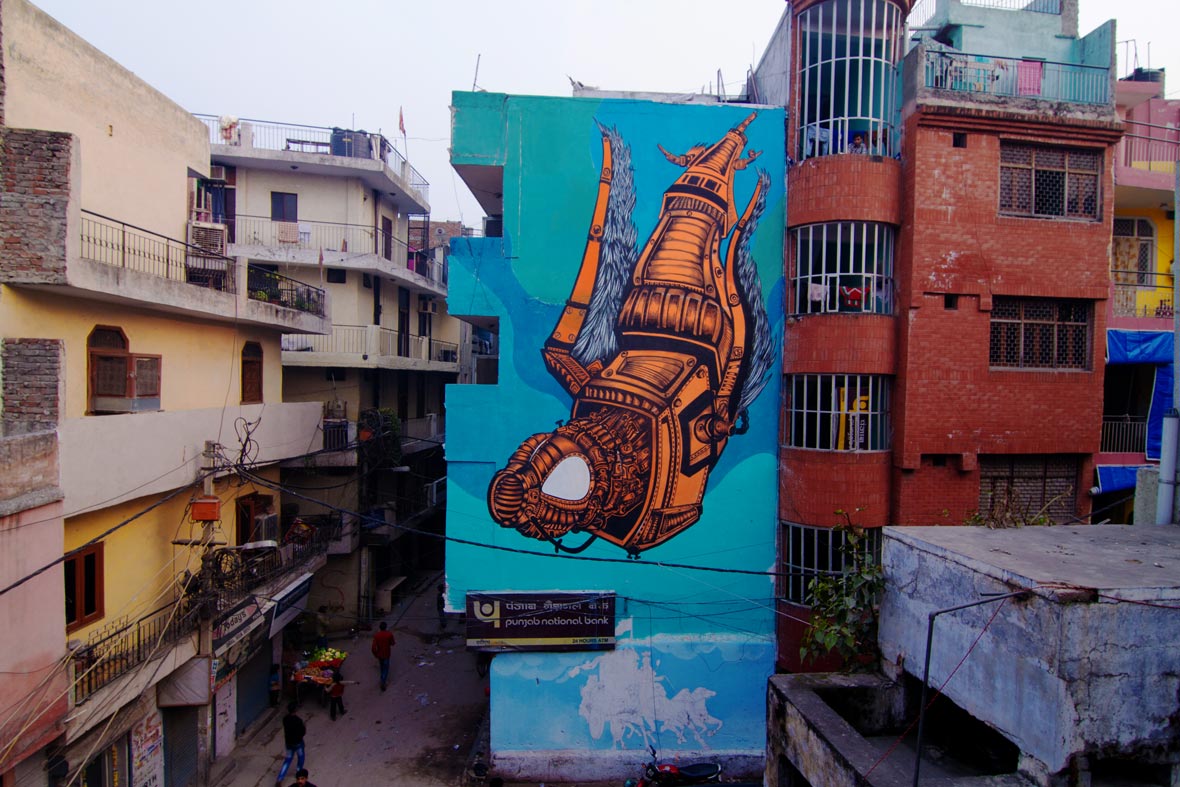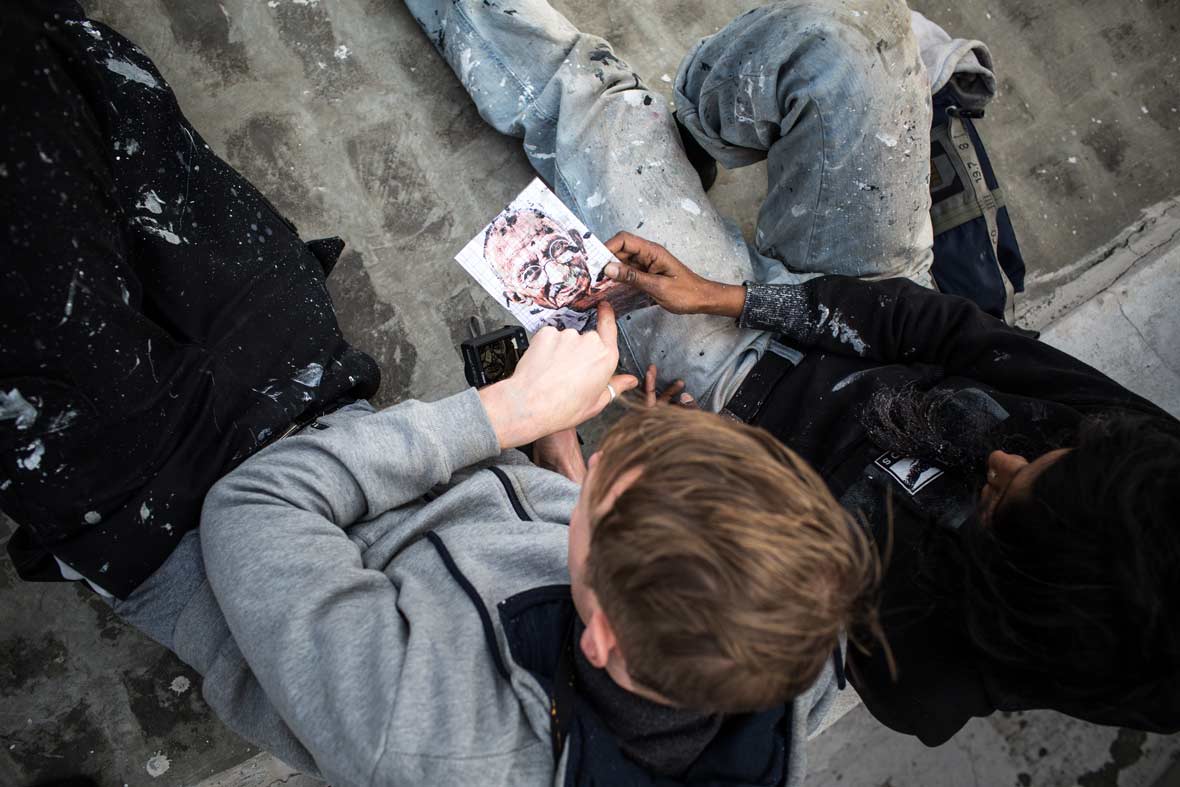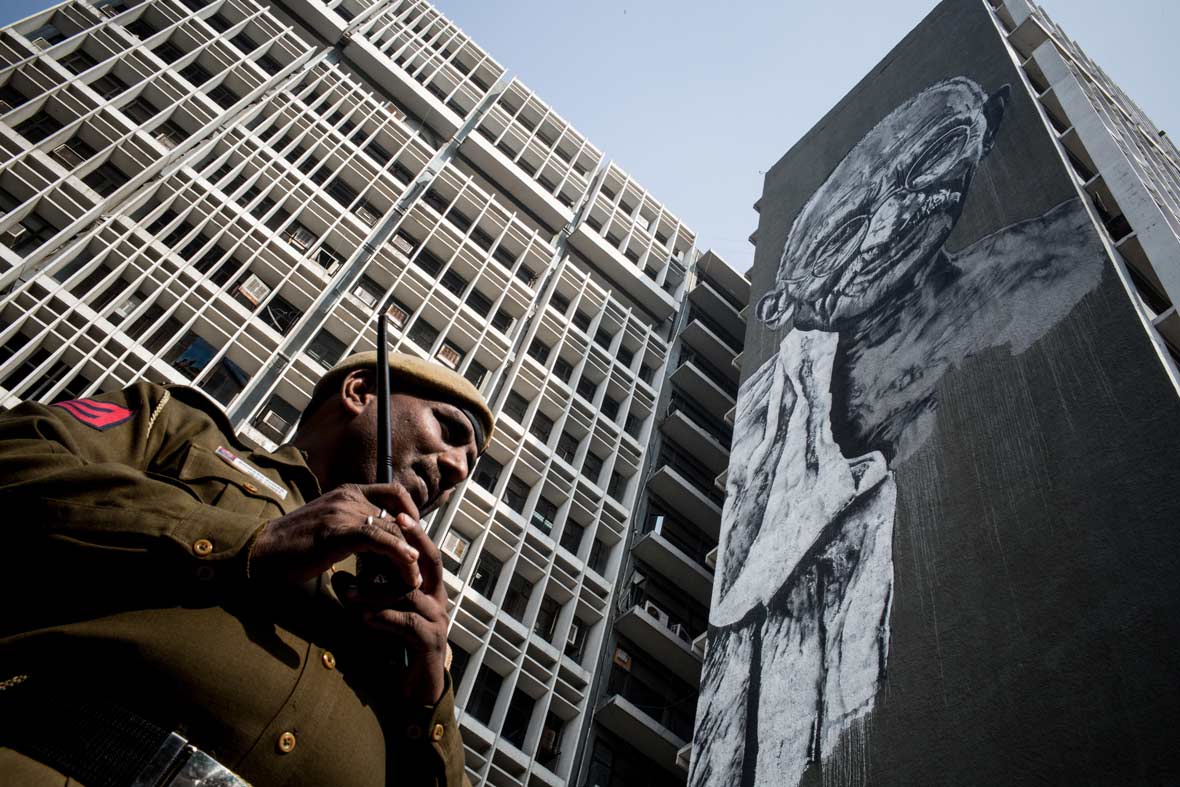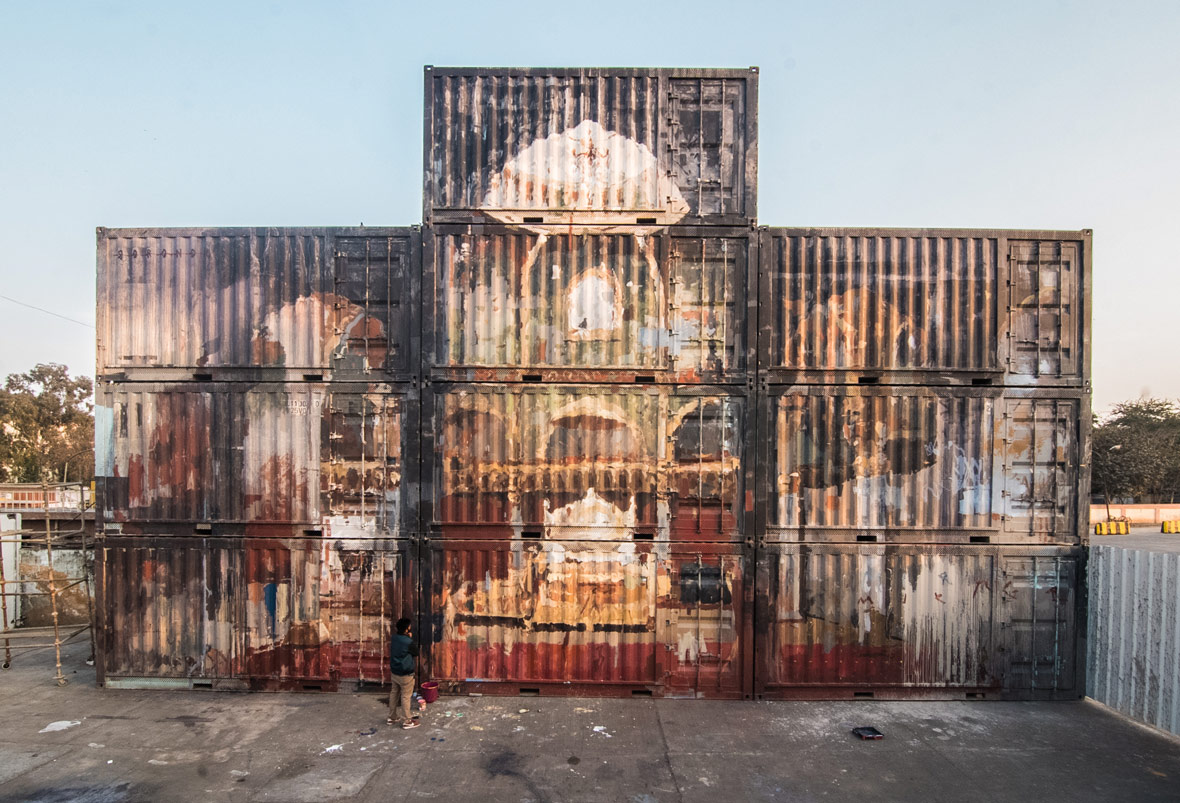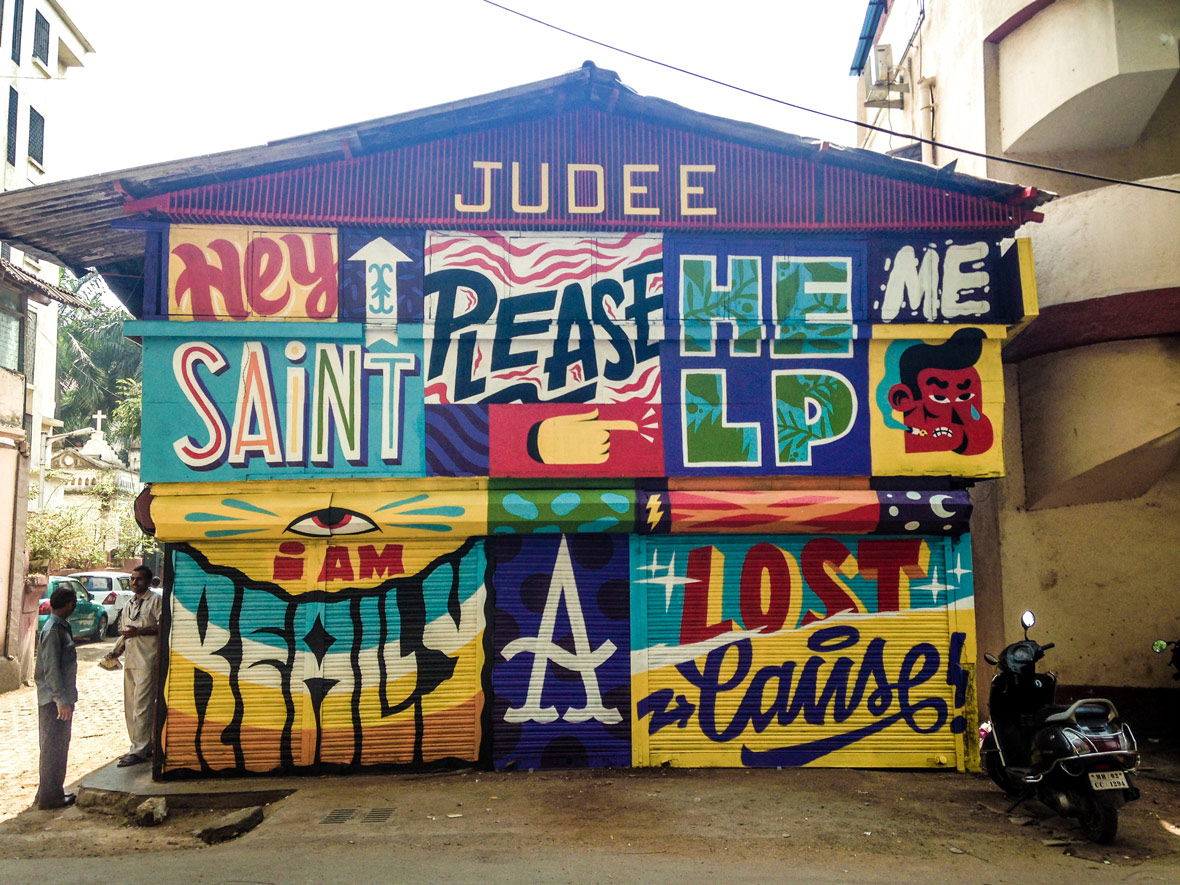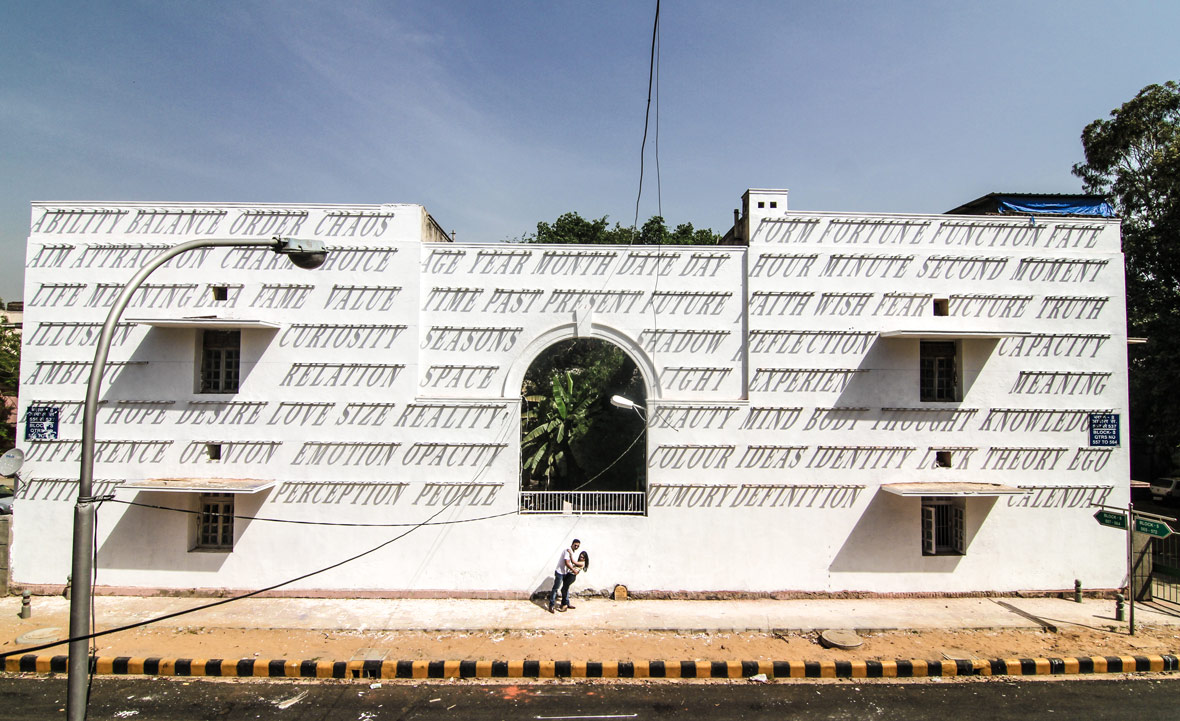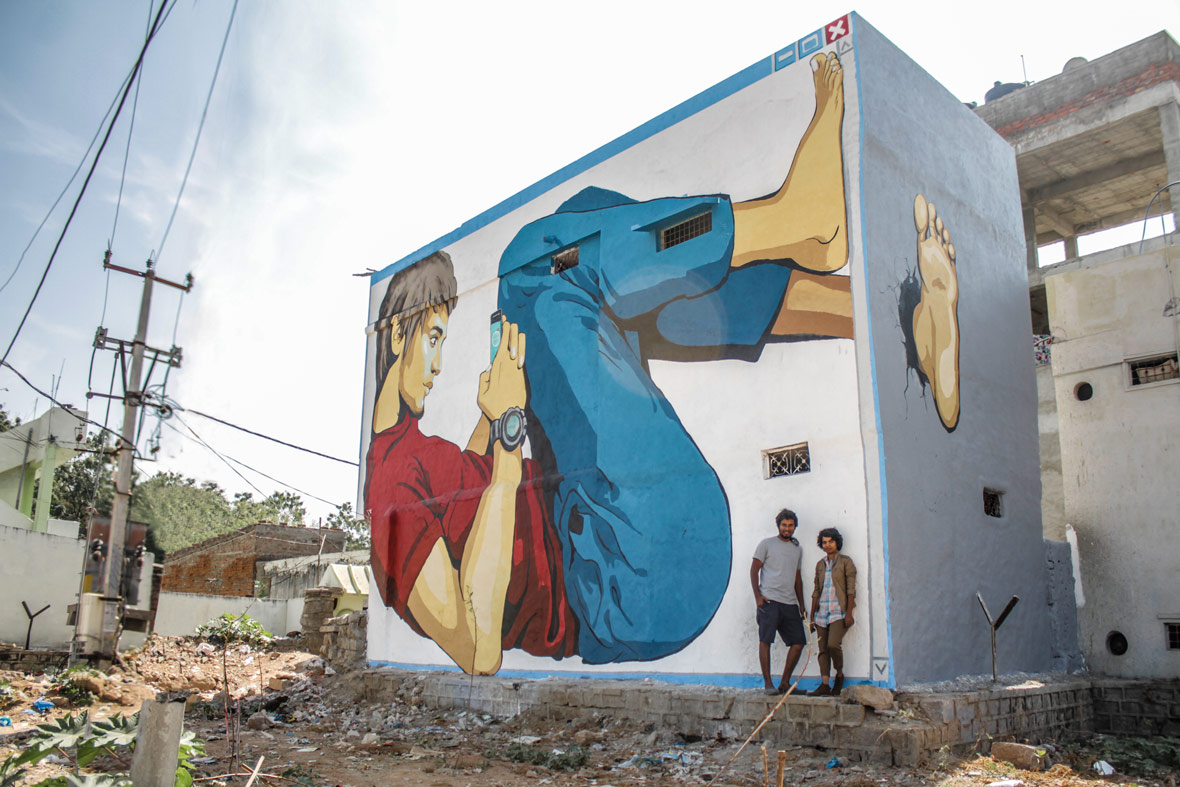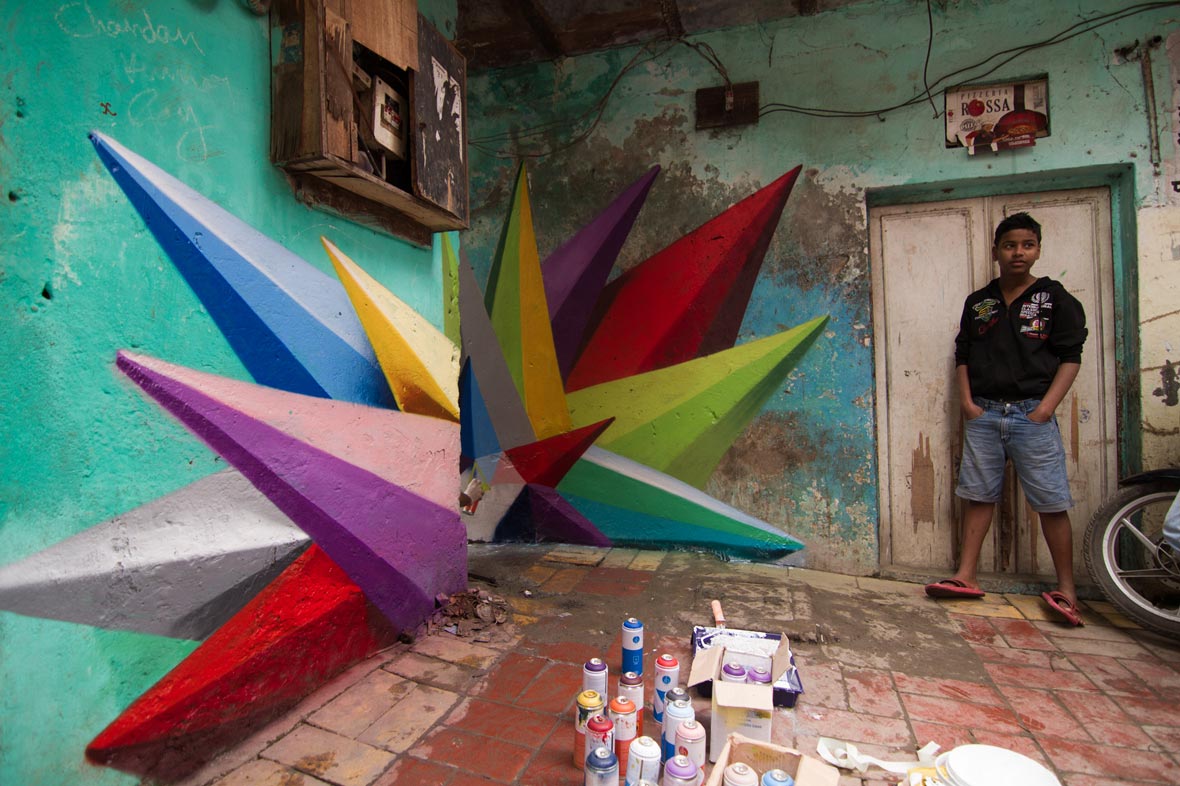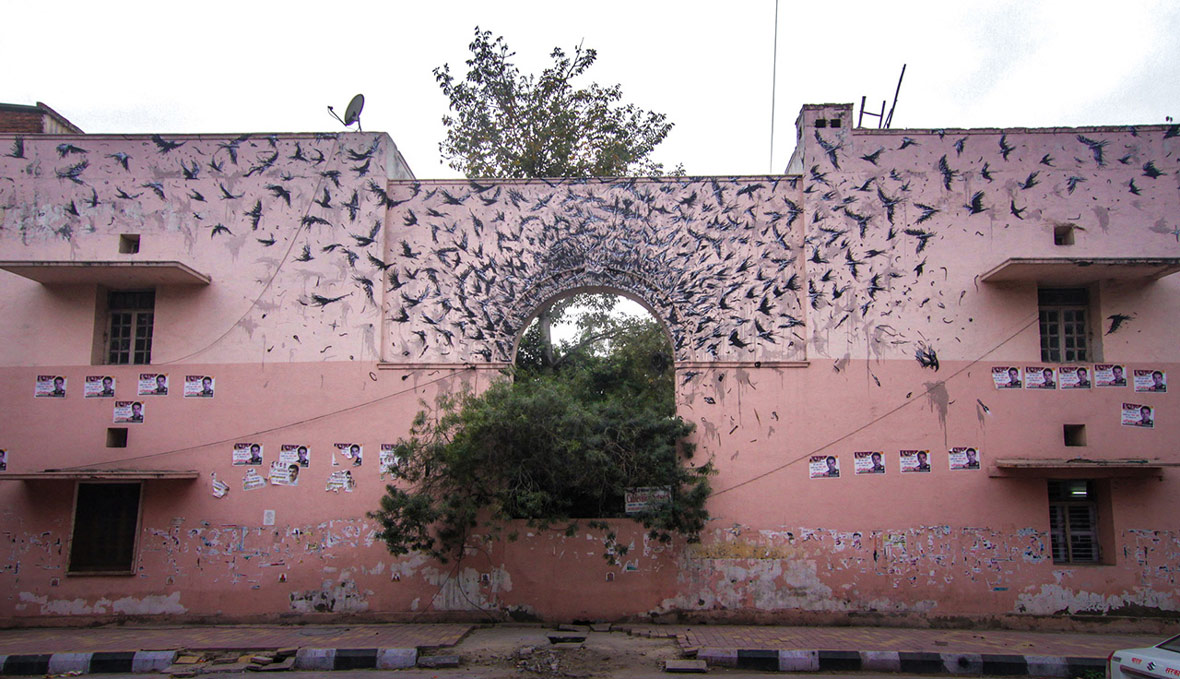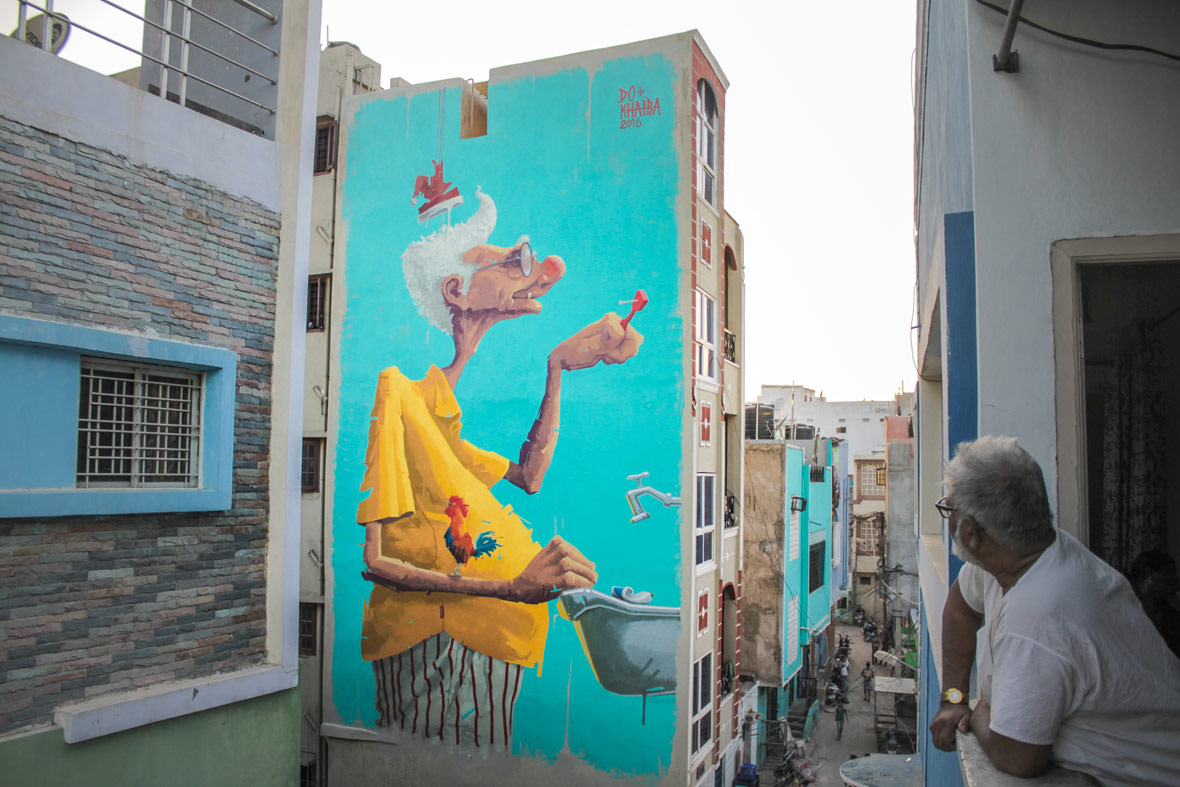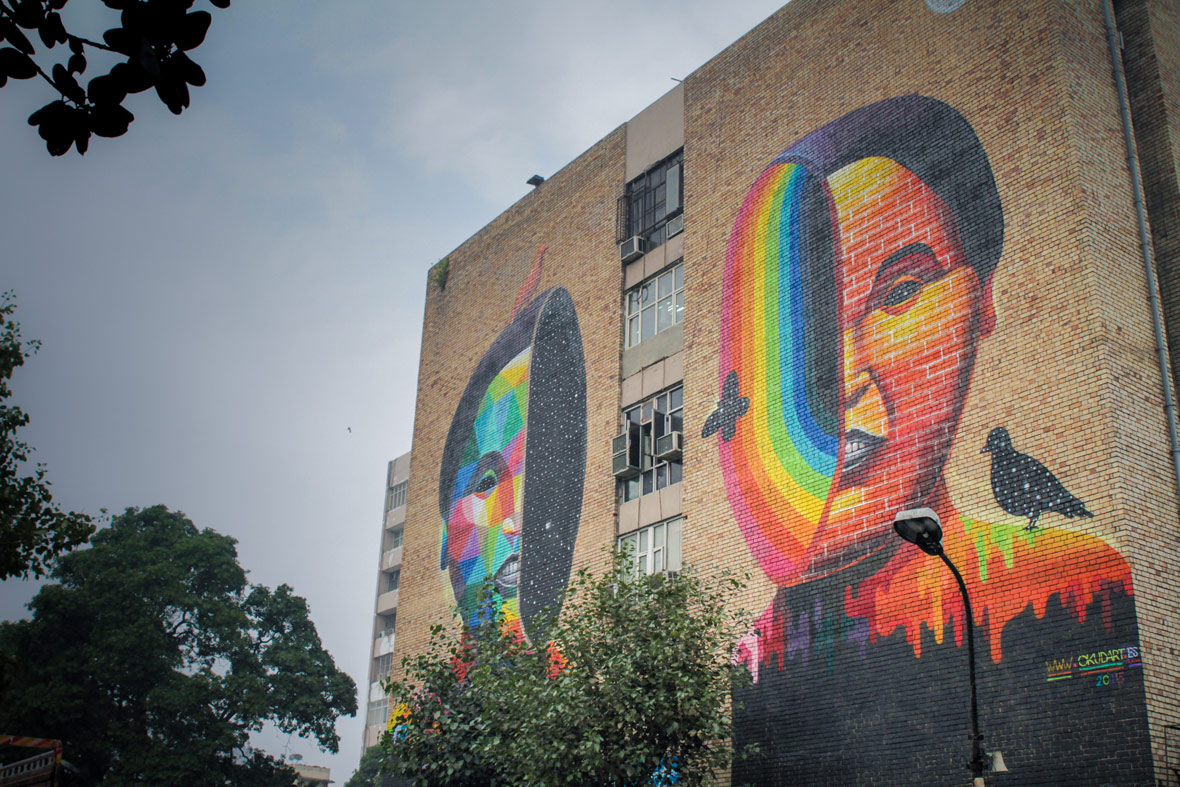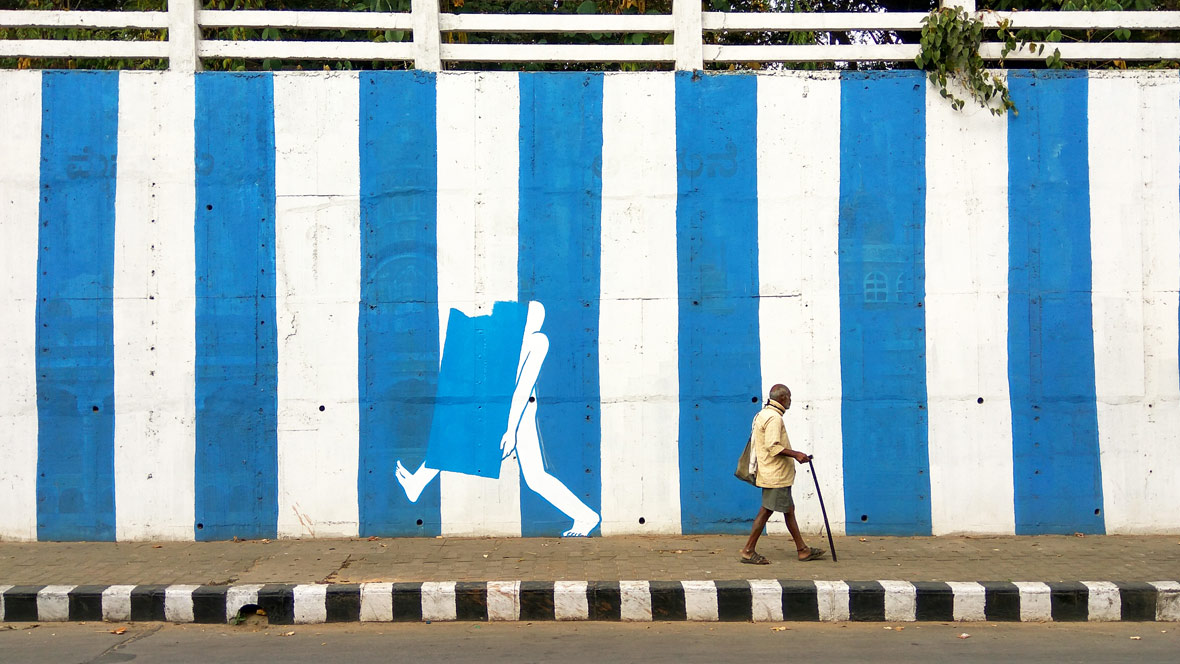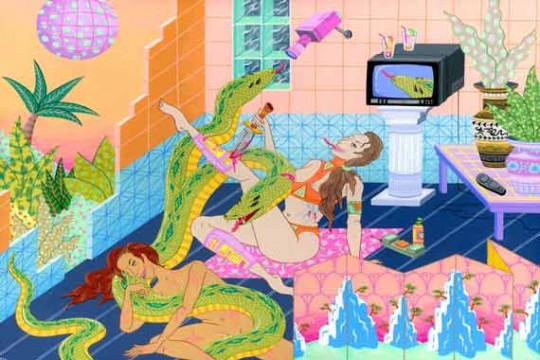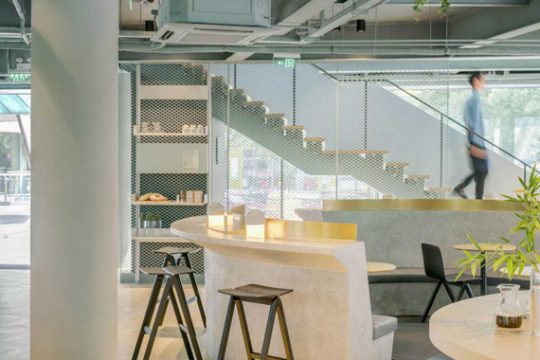无法观看?前往优酷
Malaysian Borneo may not be as vast as its Indonesian counterpart, but it is every bit as mysterious. As you go deeper into its interiors, traversing the thick and untamed rainforest, you’ll find cultural treasures like the traditional longhouses of the Kelabit people, which have been well-preserved and protected from our encroaching modern civilization.
婆罗洲地跨马来西亚与印度尼西亚两国。虽然马来西亚管辖的领域不如印尼管辖的领域那样广阔,但它的神秘魅力丝毫不差。当你穿越茂密的原始雨林深入探索,就能发现许多文化瑰宝,譬如加拉必族的传统建筑——长屋,它远离了现代文明世界的影响,得以完好地保存下来。
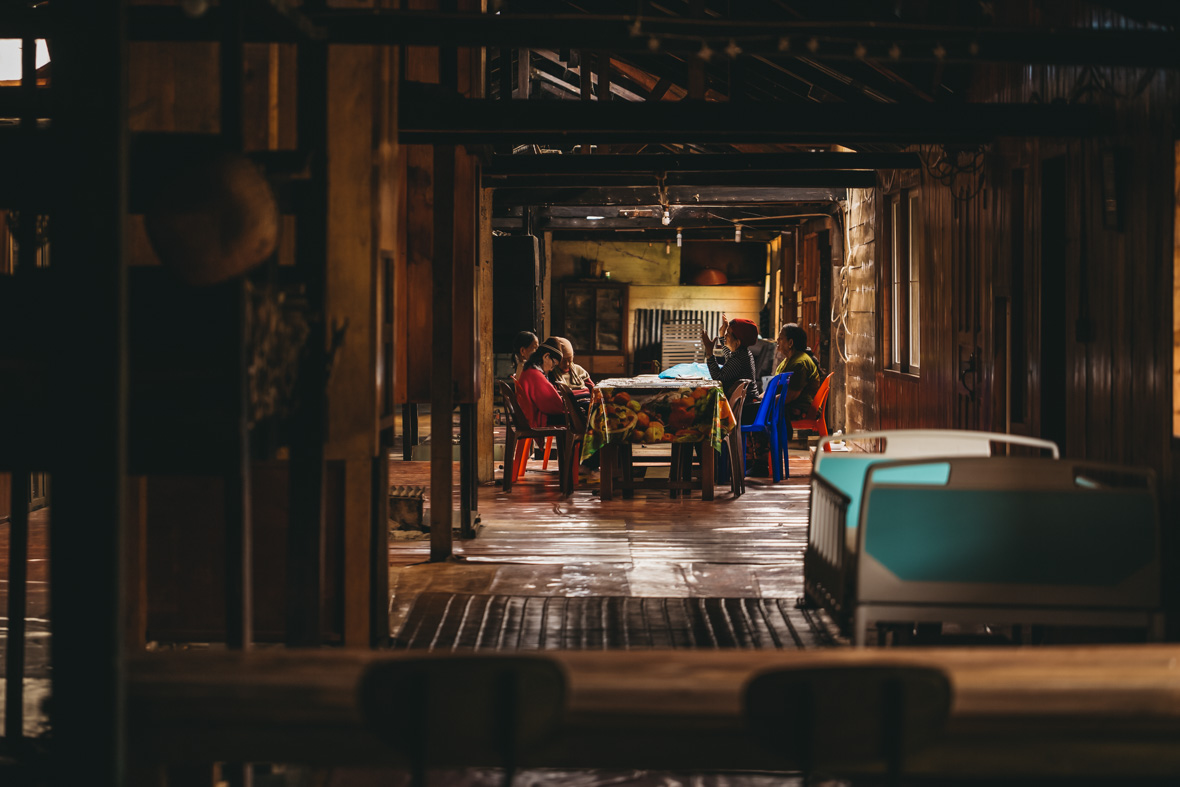
I’m off to meet the craftswoman Sina Rang at her homestay in Bario, in the heart of Sarawak, one of the two Bornean states of Malaysia. Before I hop on the 14-seater Twin Otter, I’m asked to weigh myself with all my hand luggage. The outcome of this measurement is quickly noted down. I follow the bubbly mix of locals, tourists from West Malaysia, a couple of foreigners… and a few cages of chicken as we’re invited to take our places onboard. I’m the last one to enter and the door shuts directly behind me, cutting off my route of escape. The vehicle reminds more of a stuffy mini-van than a plane. What comes next is an unnerving feeling as the air-van starts moving before I can sit. I eventually clutch at 1A, a seat just behind the pilots – the cockpit has no doors – as one of them quips, “You got the first class ticket! Congratulations.” We take off effortlessly into the clear skies, towards the ominously dark clouds amassing on the horizon.
我出发去巴里奥(Bario)拜访当地的手艺人Sina Rang,约在她的民宿会面。巴里奥位于沙捞越的中心区域,这里是马属婆罗洲领土上的两个行政区域之一。我们搭乘 14 座的双水獭飞机前往巴里奥。在登机之前,我被要求先去称一下自己加上随身行李的重量,他们快速地将测量结果记录在案。然后,我就跟着当地人、几个来自马来西亚西部的游客、几个外国人……还有几笼鸡一起上了飞机。我是最后一个登机的,舱门在我身后直接被关上,切断了我想要逃跑的最后可能。在我看来,这更像一辆拥挤的小型面包车,而不是一架飞机。我开始感到不安,因为在我坐下来之前飞机就开始移动了。我的座位是 1A,就在飞行员后面,驾驶舱是没有门隔着的,其中的一位飞行员还打趣道:“恭喜你拿到了头等舱的机票!” 之后飞机毫不费力地成功起飞,上升至晴朗的天空中,但朝着一团积聚在地平线上的乌云飞去,给人一种不祥的预感。

We fly over grids of never-ending palm plantations, which go on for miles until reaching one of the national parks – the last frontier of modernity. The jungle finally takes over. We pass the two peaks of the Batu Lawi, known as sacred mountain protectors, which seems to angrily react to our presence by conjuring an unforgiving storm around our toy plane. The foreigners scream, and I quickly regret the privileged view I’m getting into the cockpit. I’ve been warned that in the worst-case scenario our tiny aircraft can glide and glide. I’m still quite doubtful but these planes had flown before on not much more than a pair of wings and a prayer, and it seemed like we weren’t lacking in the latter – the Kelabit people of Bario are fervent Christians. “Are you scared?” shouts one of the pilot, with a grin more suitable for the captain of the Flying Dutchman. We finally get behind the curtain of clouds – the pilots must have seen this clearing on their radar – and the rice paddies twinkle just as we’re about to land in the valley etched against the Kelabit Highlands. I smiled in relief at the other foreigners. To us, the outsiders, this journey felt like a rite of passage or a cleansing of sorts, but the locals have been at the mercy of this formidable jungle for centuries. Their relationship is symbiotic, and the Kelabit regard the forest with both understanding and respect.
我们飞过无边无界的棕榈园,在数英里之后到达一个国家公园——这里是现代文明社会的最后边界,再往前就进入了原始丛林。飞机经过了被称为”圣山保护者“的巴杜拉威山(Batu Lawi)。这座高山似乎对我们的到来感到十分愤怒,在我们飞机四周聚集起一股无情的风暴。飞机上的外国人开始惊叫,而我很快就后悔自己有“头等舱”的特权。有人曾告诉我,在最坏的情况下,我们这架小型的飞机会不断滑行。我心里有点忐忑,不过这架飞机之前的确都是靠一双机翼和人们的祷告成功飞行的,而我们显然不缺乏祷告,因为巴里奥的加拉必族人们都是虔诚的基督徒。其中一名飞行员向我喊道:“你害怕吗?”他脸上的笑容让我联想到传说中那一艘永远无法返乡的幽灵船——“飞翔的荷兰人”(Flying Dutchman)的船长。我们最后成功穿越了厚厚的乌云,我想飞行员一定在雷达上就看到了现在眼前这片晴空吧。即将着陆于加拉必族的山谷的时候,我看到了下面一片片熠熠闪烁的稻田。我看着身边其他外国人,如释重负地微笑了。对我们这些外来者来说,这段旅程感觉就像一个仪式或净化之旅,但对当地人来说,数个世纪以来,他们一直受着这片原始丛林的恩惠。他们和自然之间的关系是共生共存的,加拉必族人尊重和敬仰这片丛林。
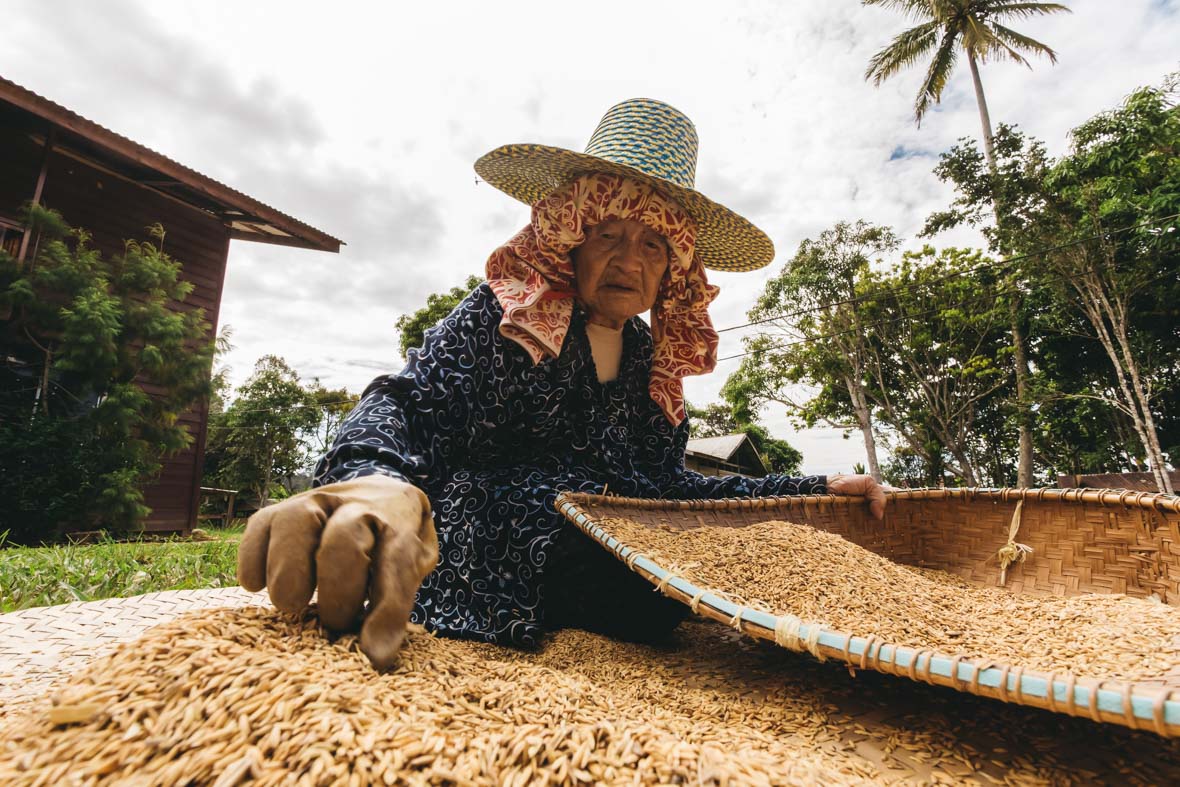
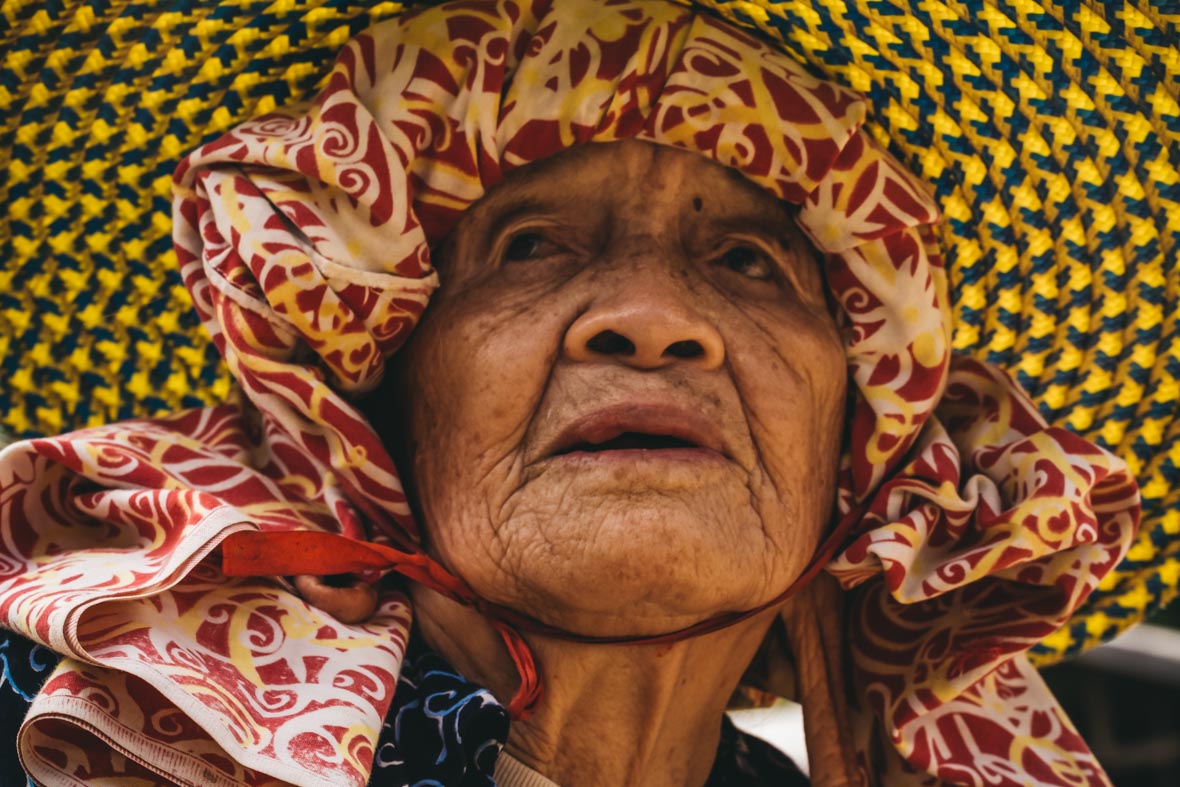
Bario has only one phone provider and it’s not the network I’m on – I’m cut off from the rest of world. The Kelabits, however, are immensely hospitable, generous and life-loving, instantly making me feel like I’m at home. The communal spirit still dominates the Bario Asal (asal in Malay means “original”) longhouse where I stay at. The concept of open home, where neighbours freely mingle with each other is refreshing to a city dweller like me. The Kelabit people embraced Christianity and reconciled old traditions with the new ones. They adjusted, hopeful that their ways of life will survive, but the youngsters flock where the jobs are, often leaving the remote Bario village behind in search of opportunity.
巴里奥只有一个通讯运营商,而我的手机不属于这一网络,所以我彻底与外面的世界断绝了联系。然而,加拉必族人非常好客,他们既慷慨又热爱生活,瞬间让我感觉非常自在。我住进了名为Bario Asal (Asal 在马来语中是指“原始”) 的长屋,在这里,集体主义精神仍占主导地位。这里的居住环境是开放式的,邻居们可以自由地来往,像我这样的城市居民对于这种概念感动十分新奇。加拉必族人信奉基督教,他们调和着古老的传统文化与现代的文化。这里的人希望通过这种调整,让他们的生活方式流传下来。现在的年轻人都涌出去找工作,为了获得工作机会,他们往往要离开这个偏远的巴里奥村庄。
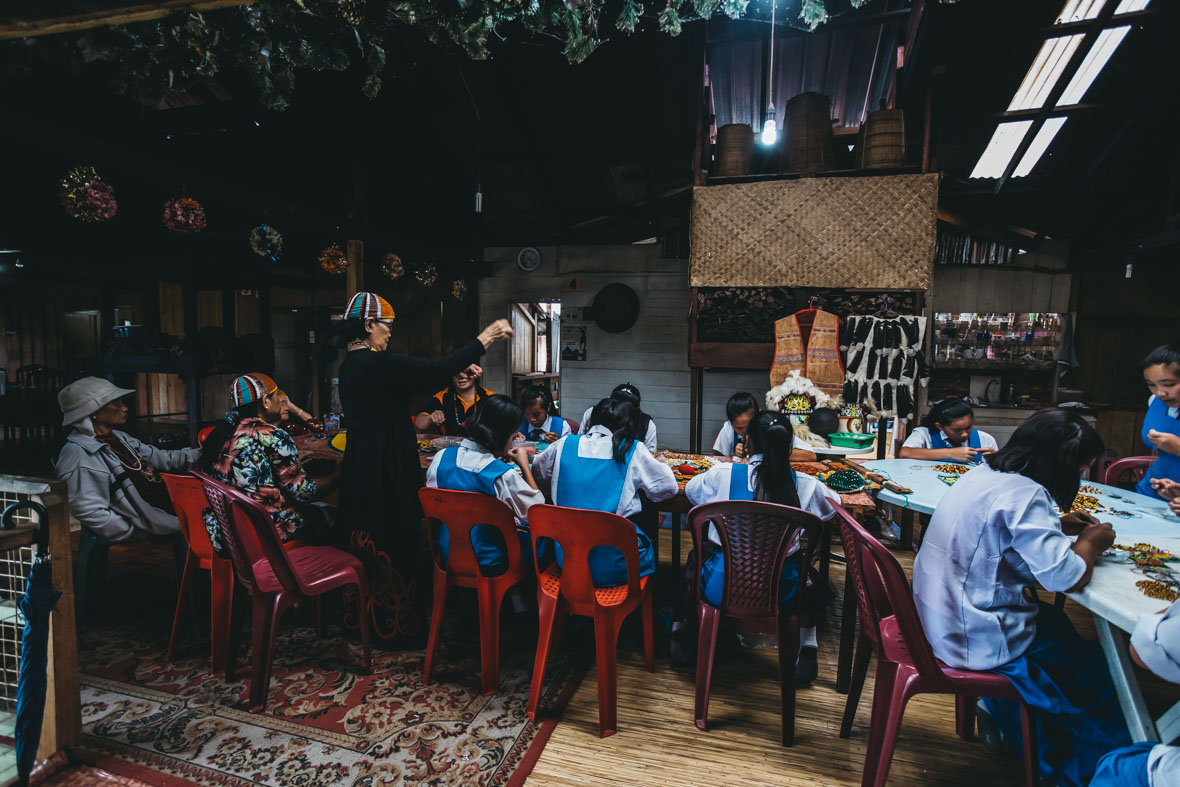
I listen to the olden-day stories from the residents of Bario Asal who retired and came back, such as Gerawat Nulun, a well-travelled man who studied on an exchange program at Harvard in the past. My host, Sina Rang, also lived outside of the village for a period of time. Now, she’s trying to bring more tourists to Bario, inspire other residents to start homestays, and revive their traditional crafts. And she’s not alone in this dream. There’s hope that their efforts will create jobs and bring the young people back. With the current reality of Bario Asal, the longhouse feels like it’s named quite appropriately, as there is much the Kelabit long for: a longing to sustain their way of life, a longing to see their cultural heritage preserved, and a longing for those who have left to not forget their roots.
我从一些退休后回归的Bario Asal居民那里听了很多从前的故事,包括Gerawat Nulun,他是一个去过很多地方旅游的人,之前也曾参加一个哈佛大学的交流项目。我的屋主Sina Rang也曾在村庄外面生活过一段时间。现在,她正在努力吸引更多的游客来到巴里奥,她鼓励其他居民开始经营民宿,复兴他们的传统工艺。她并不是唯一一个这样想的人,大家都希望这一努力能创造就业机会,吸引年轻人回到这里。看着目前Bario Asal的境况,“长屋”(longhouse)的名字仿佛承载了当地人长久以来的许多渴望(longing):渴望维持他们的生活方式,渴望见证他们的文化遗产得以完好保留,以及渴望那些离开了的人不会忘记自己的根。


